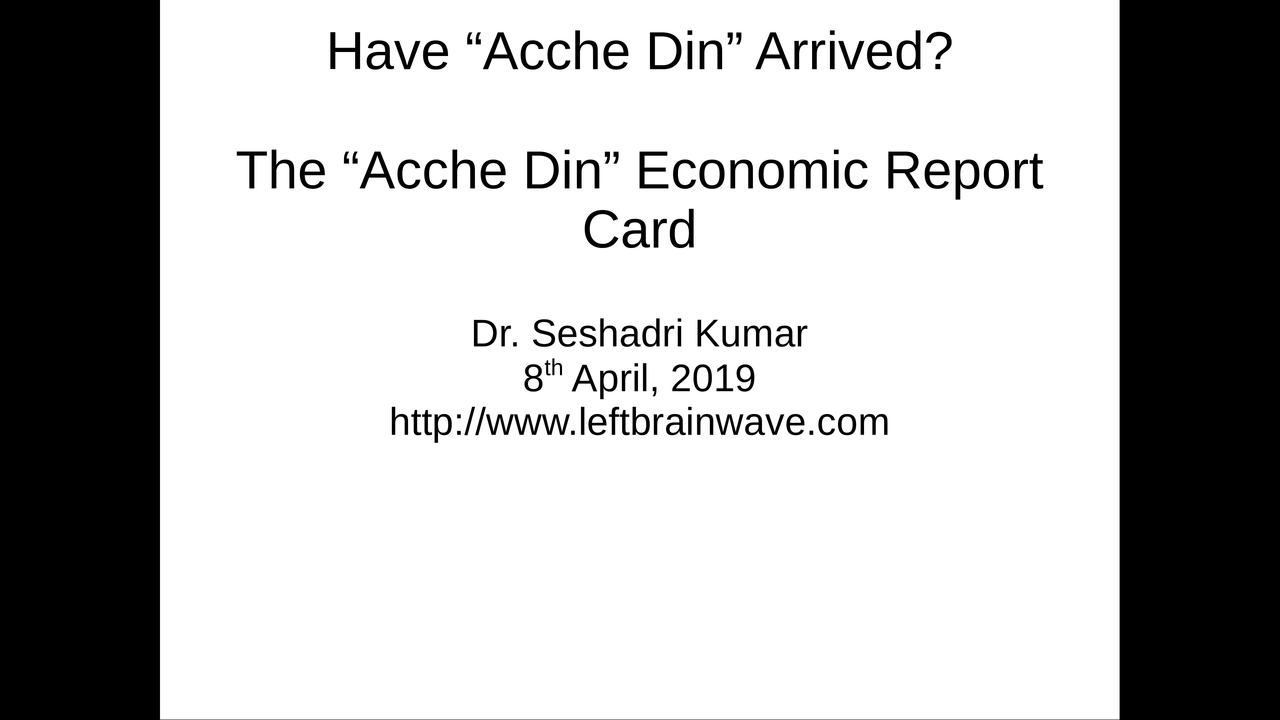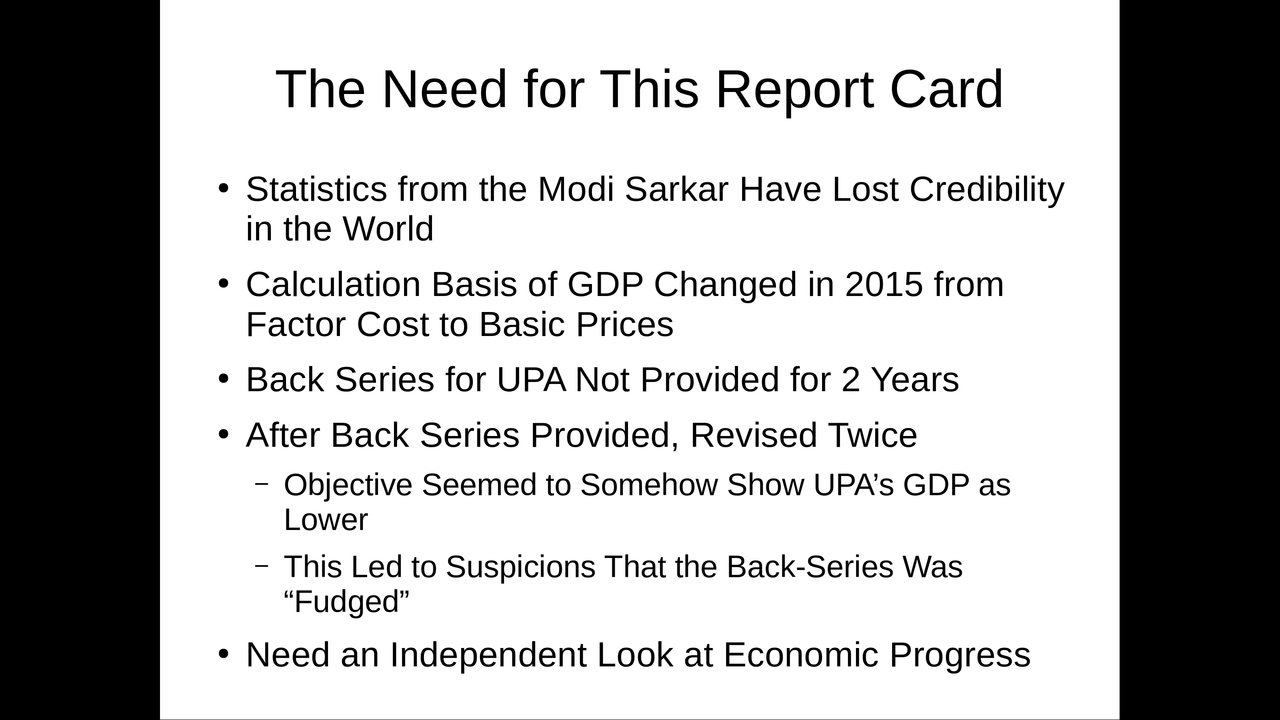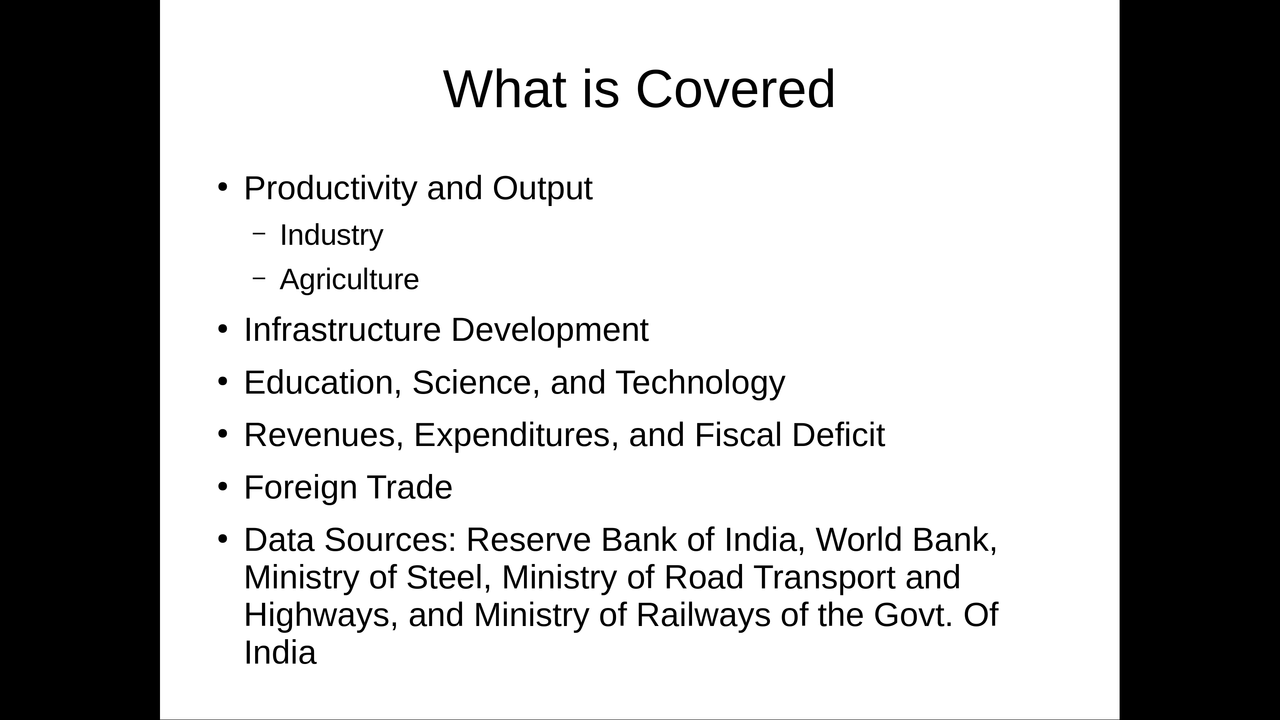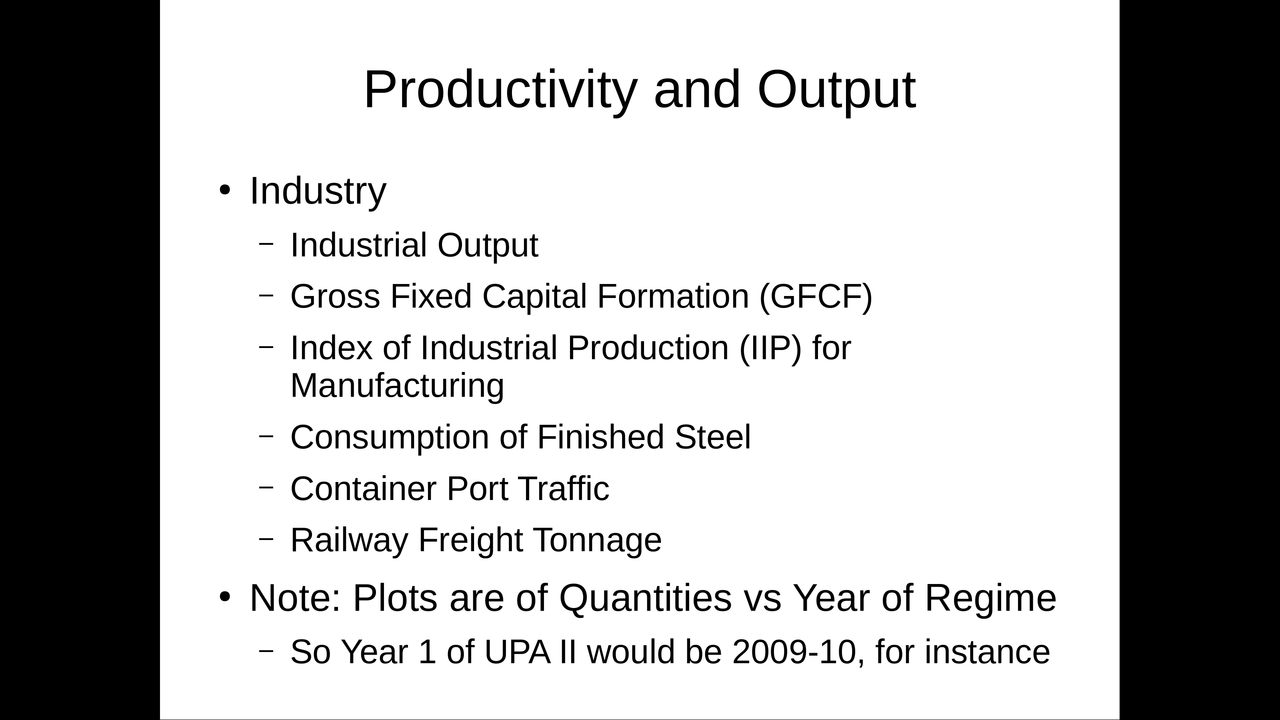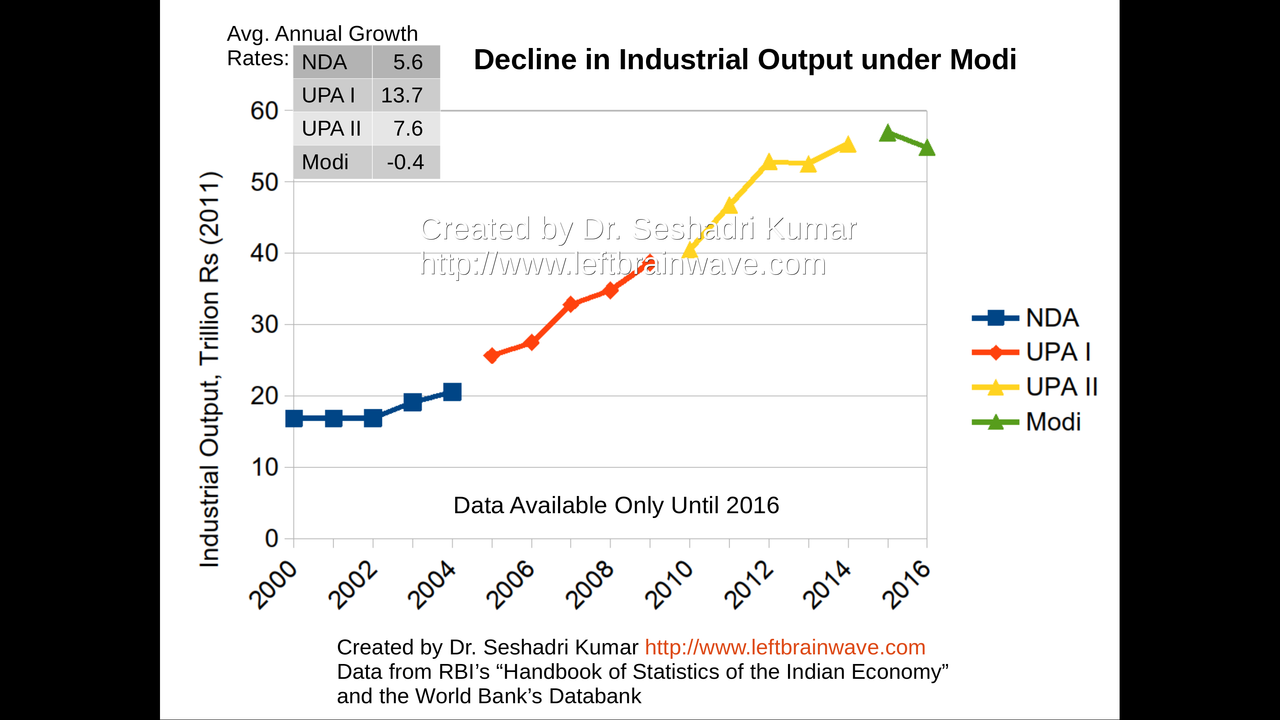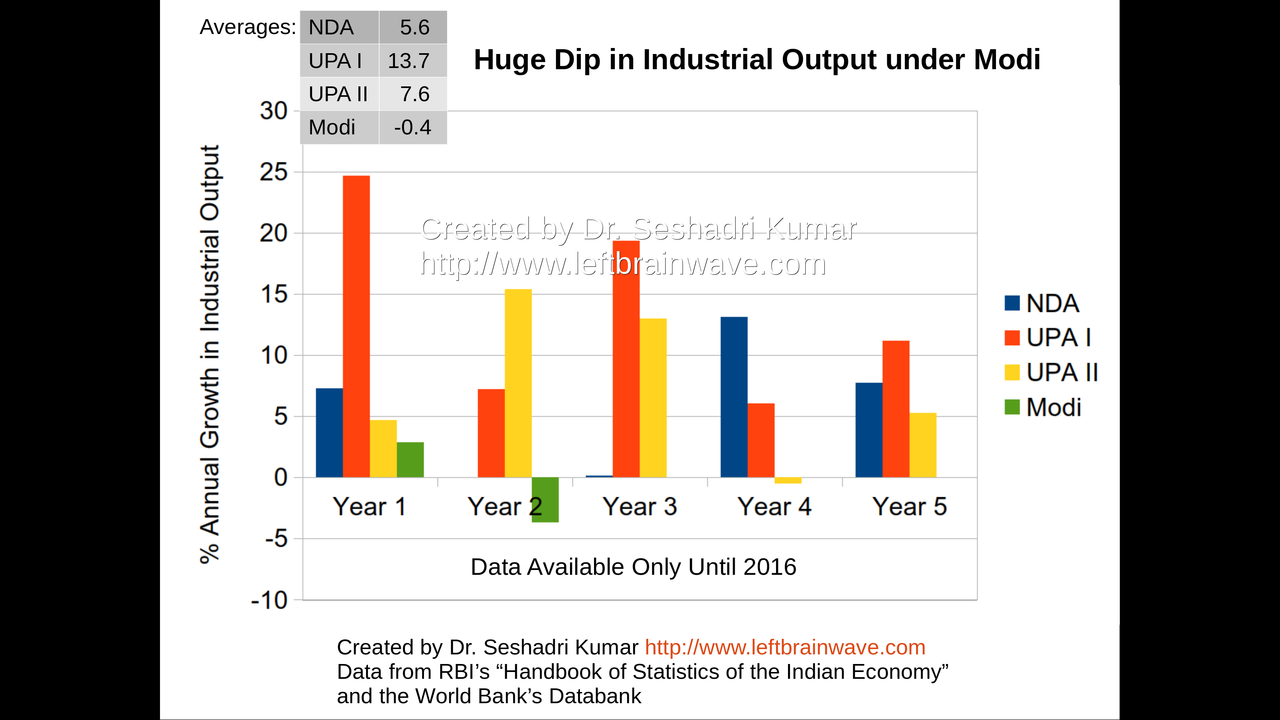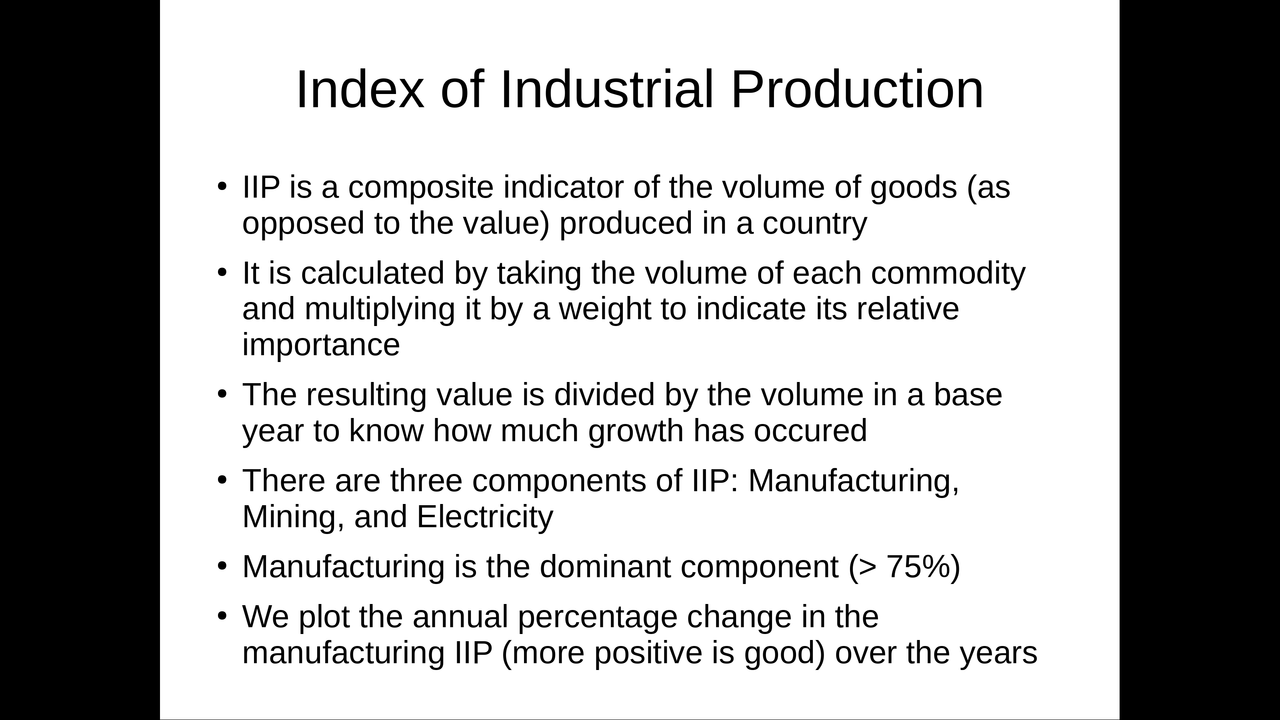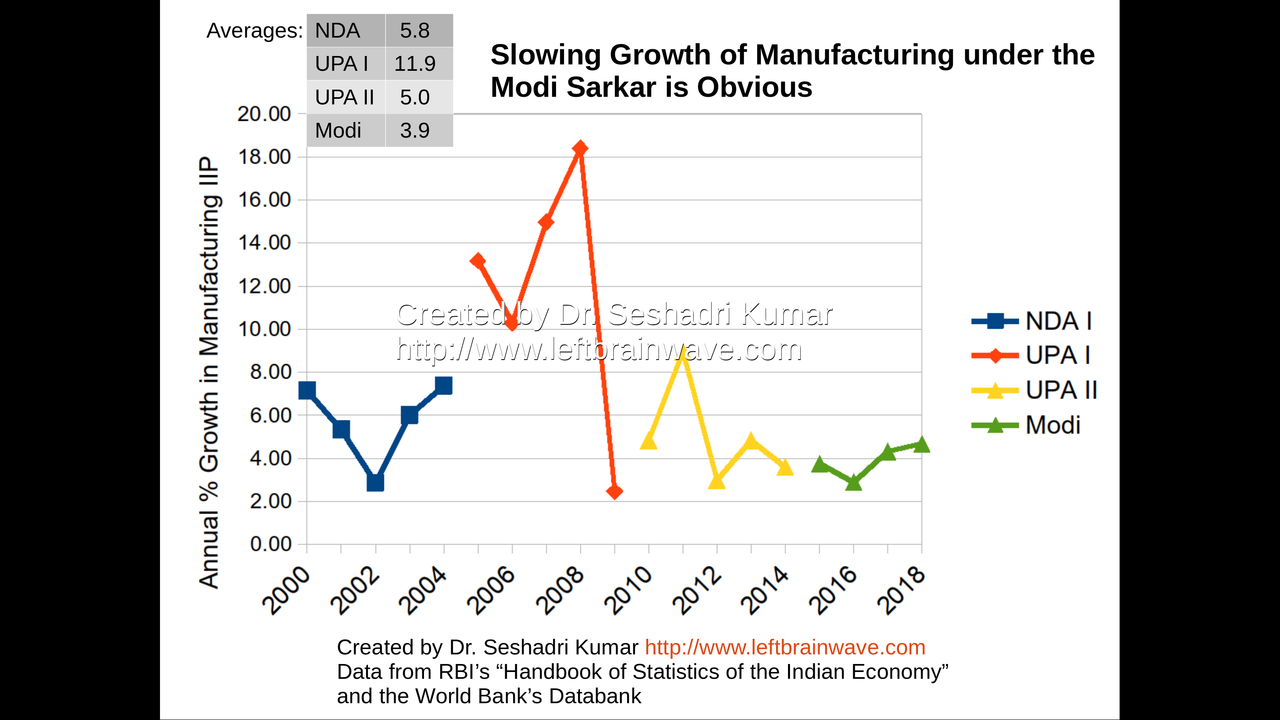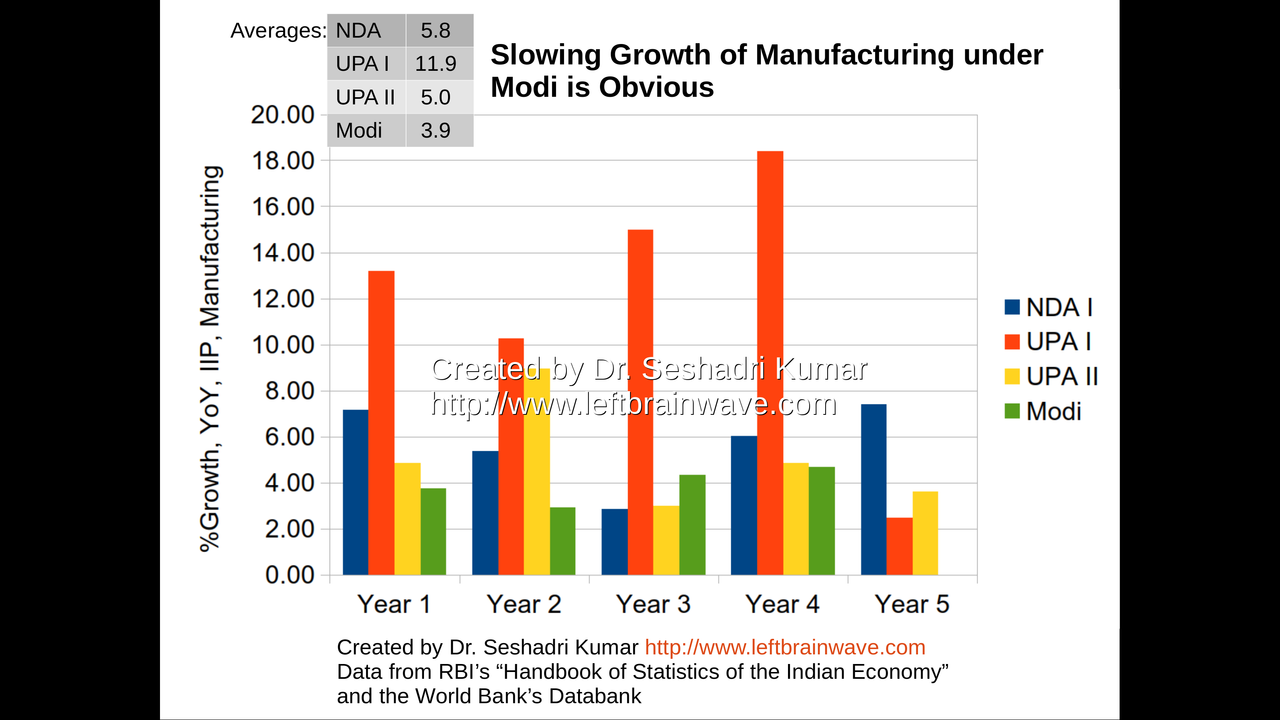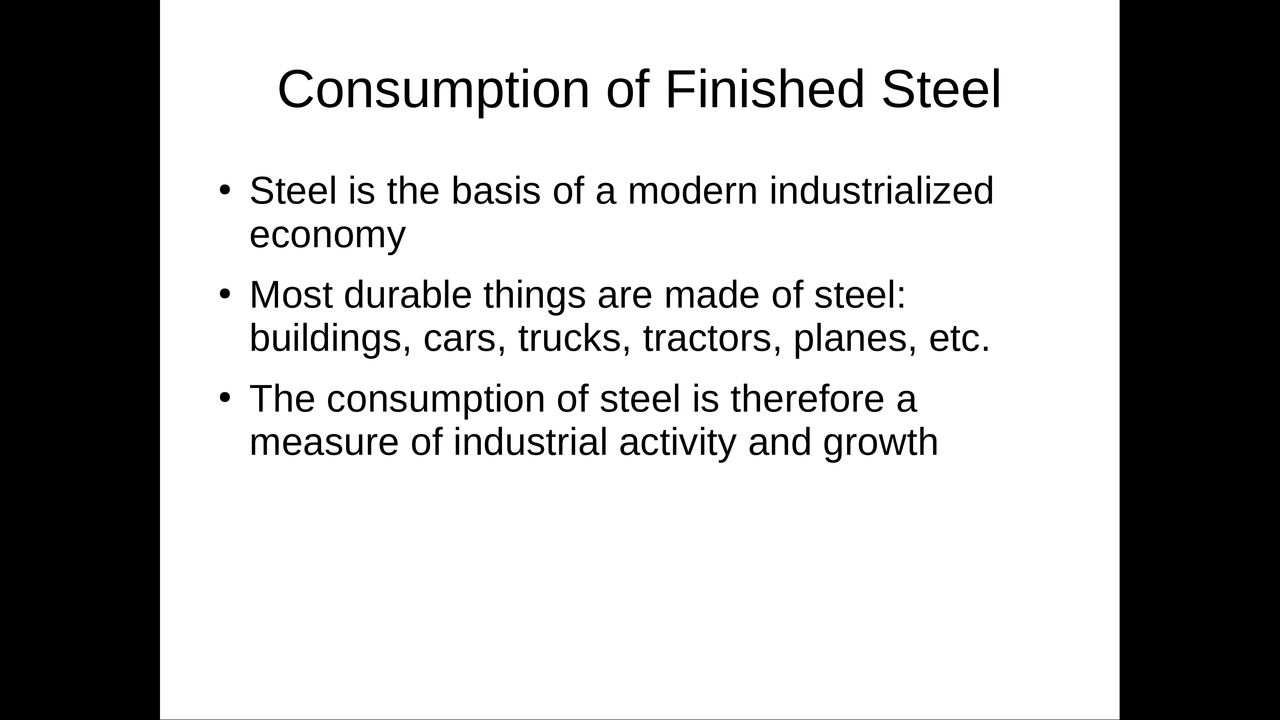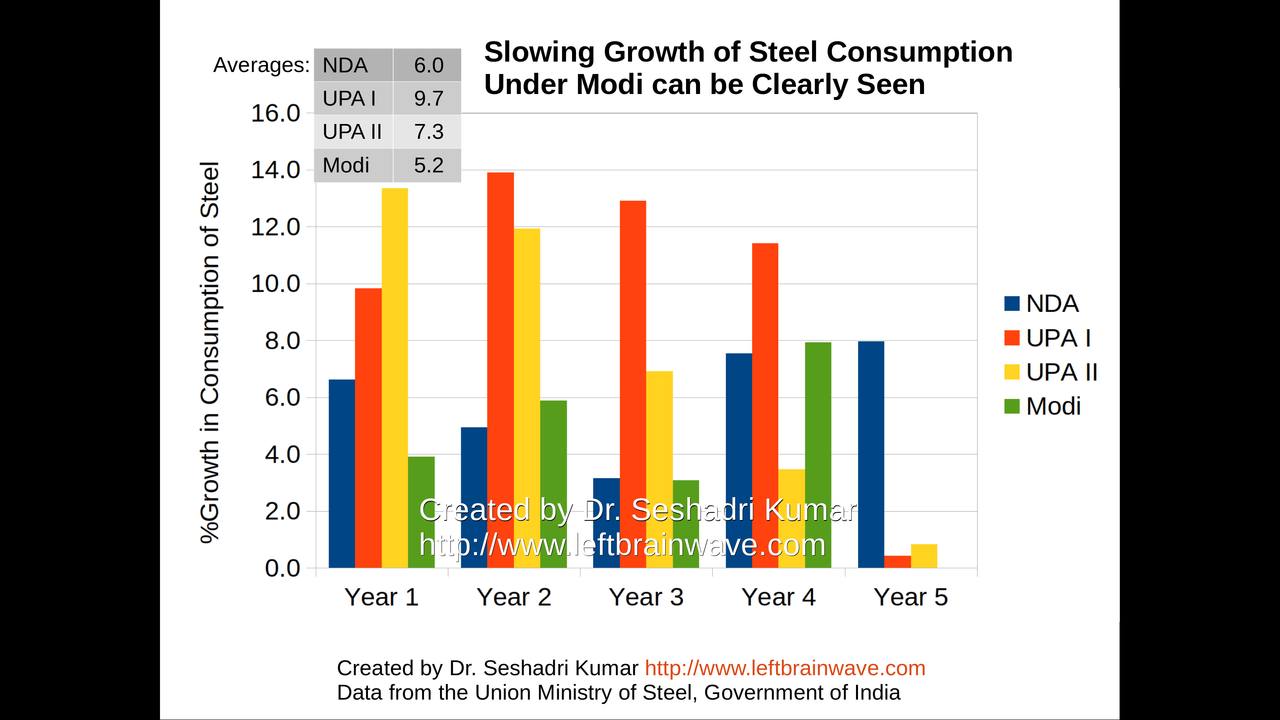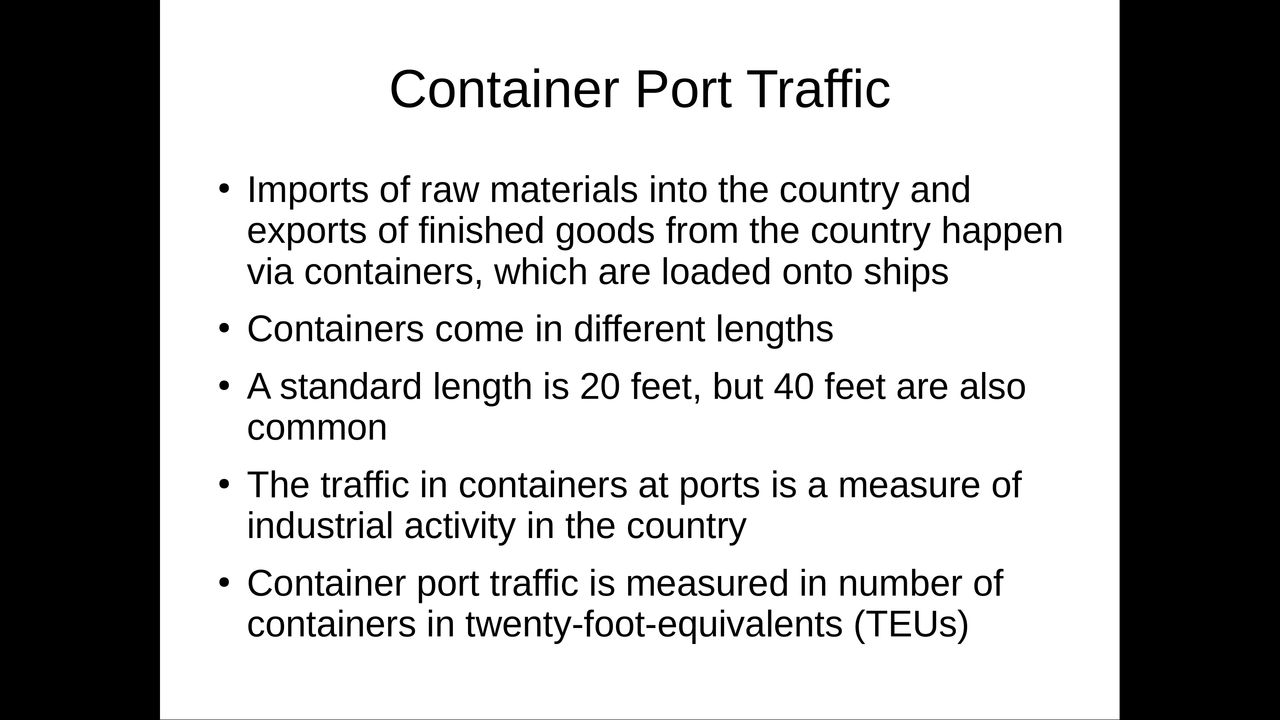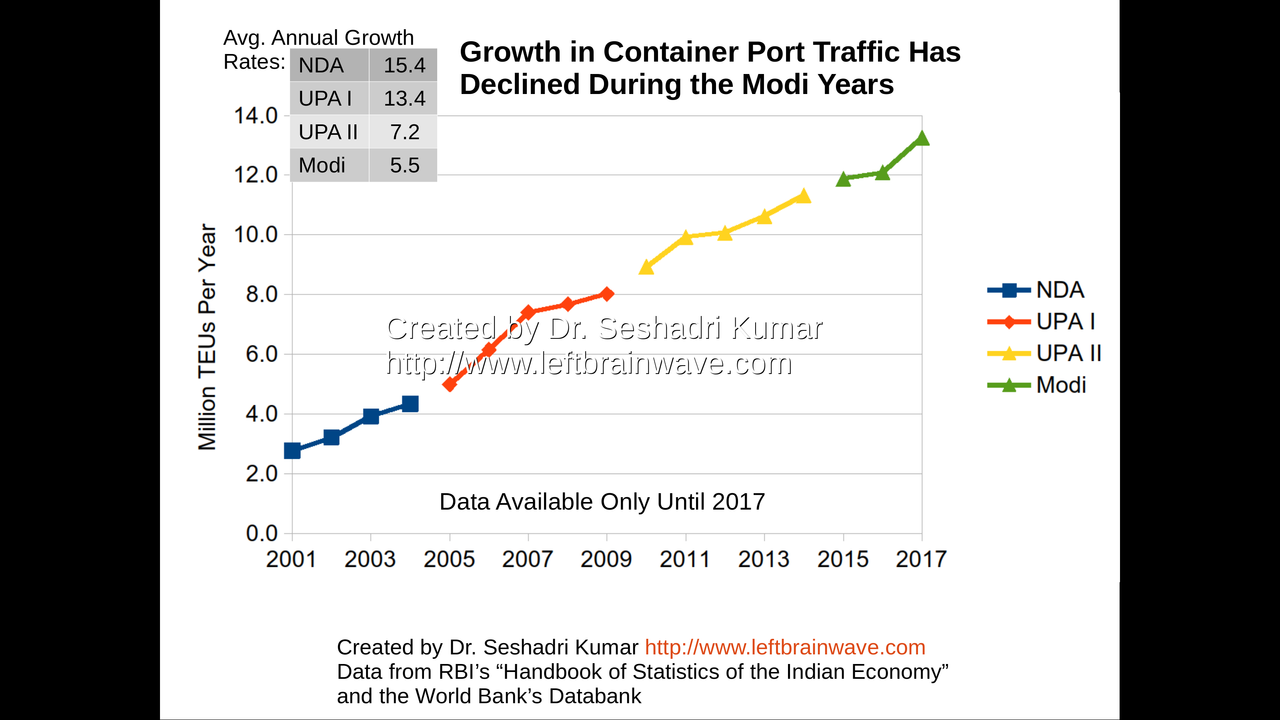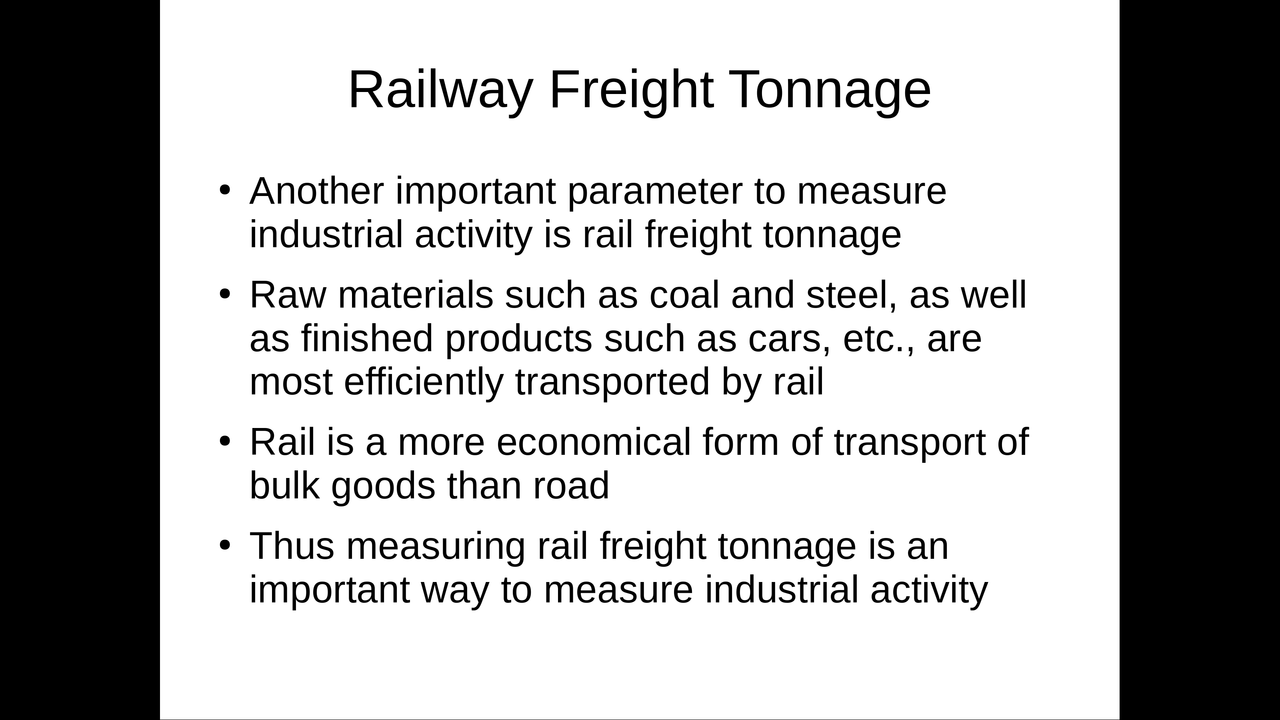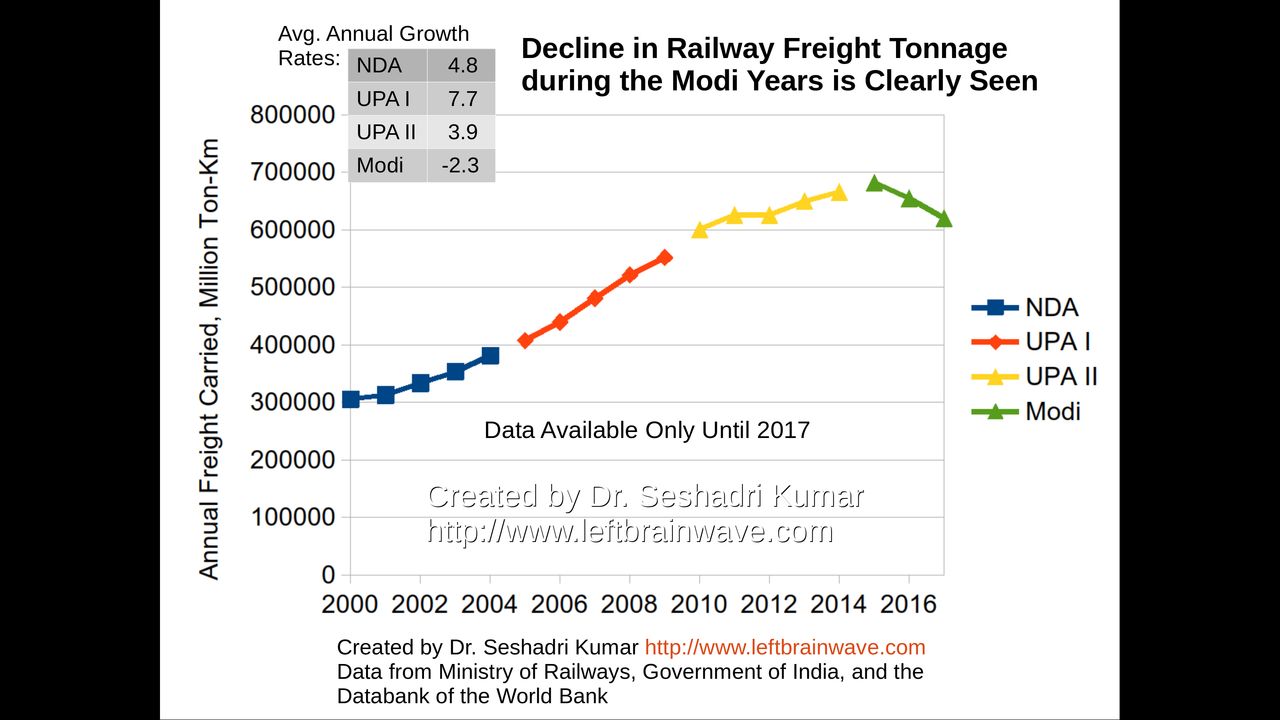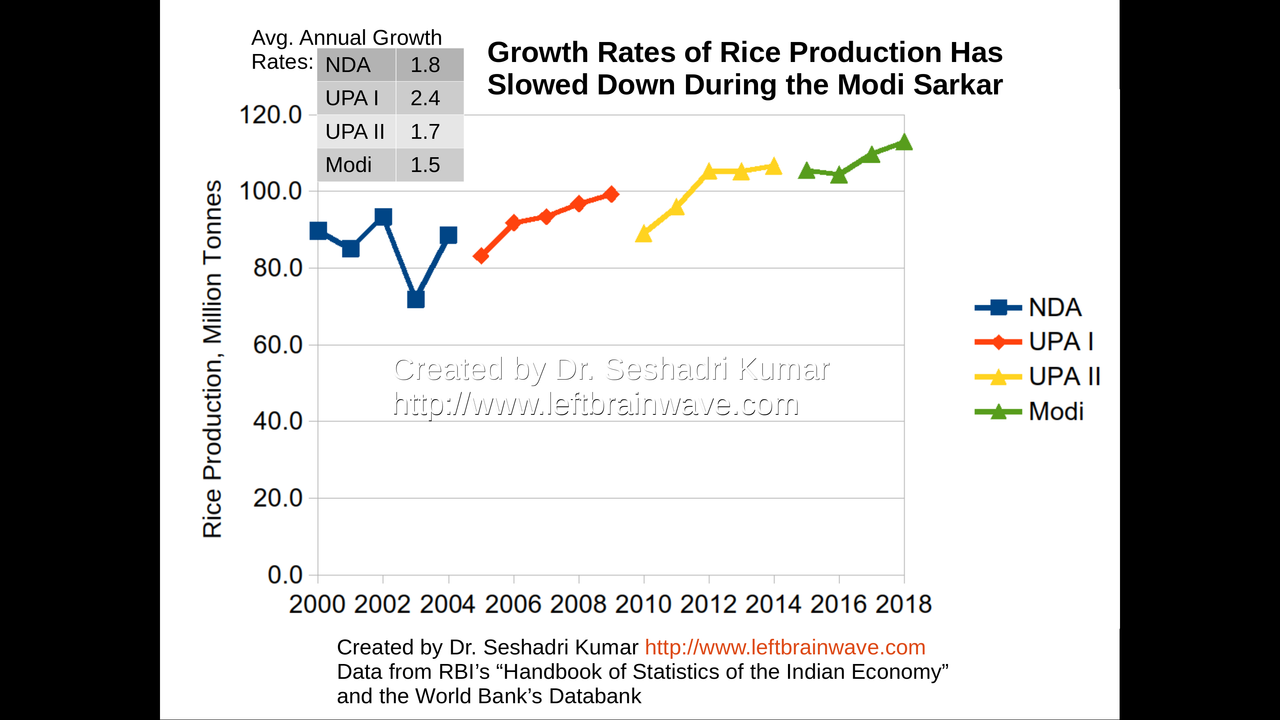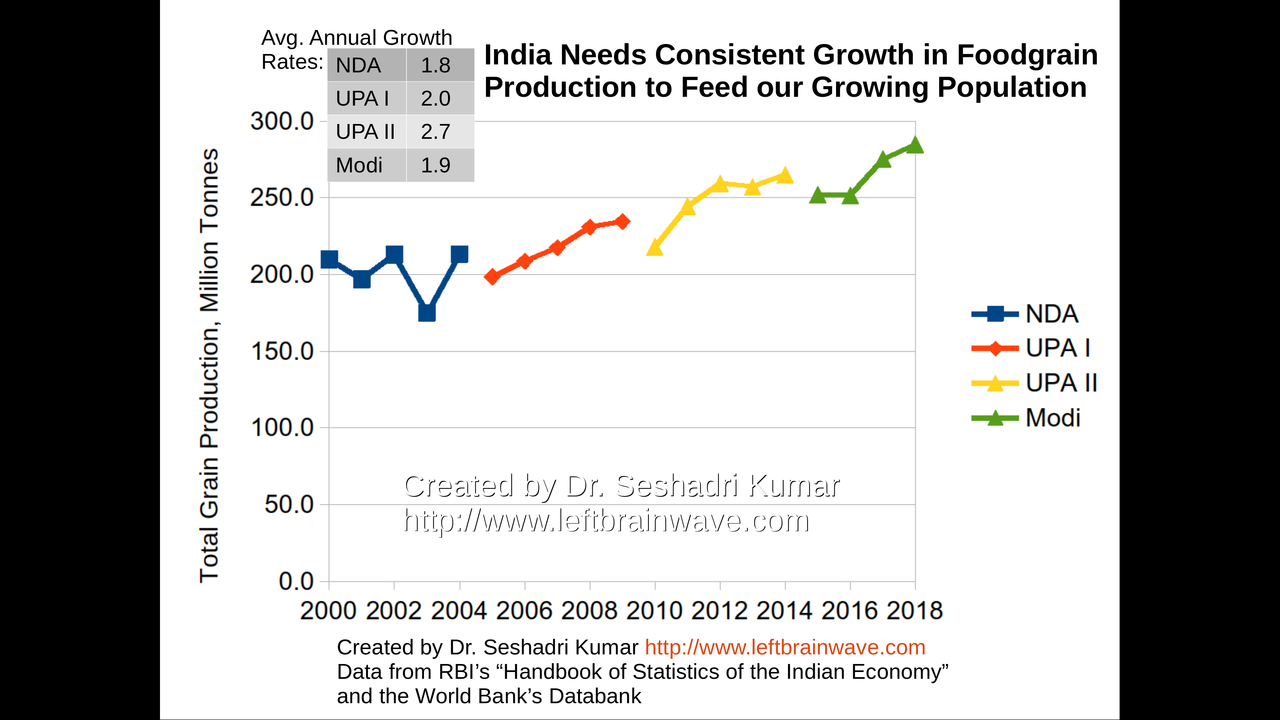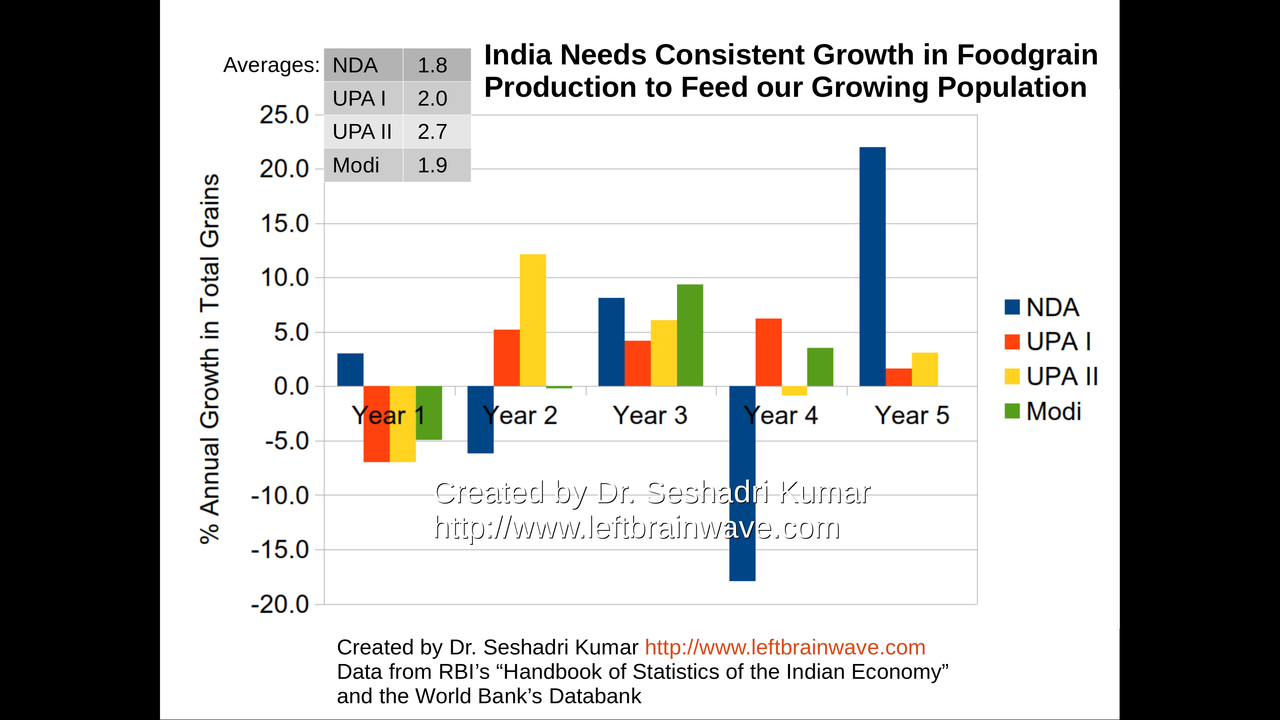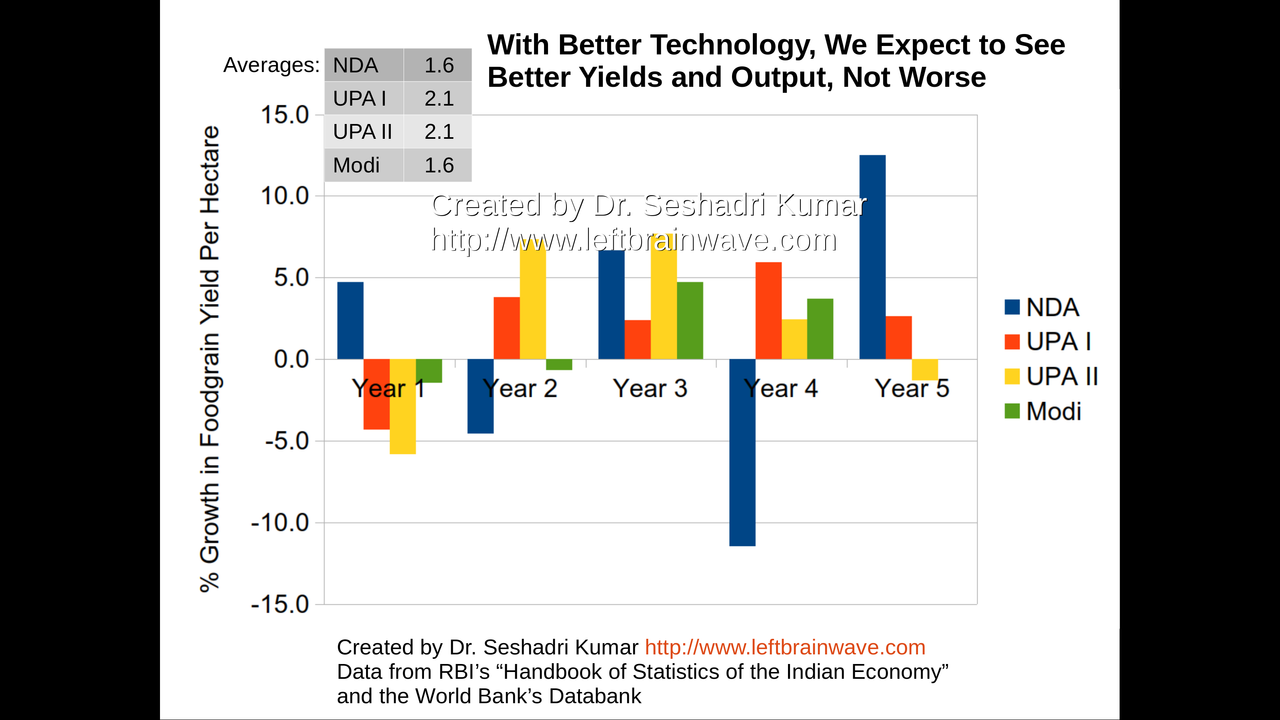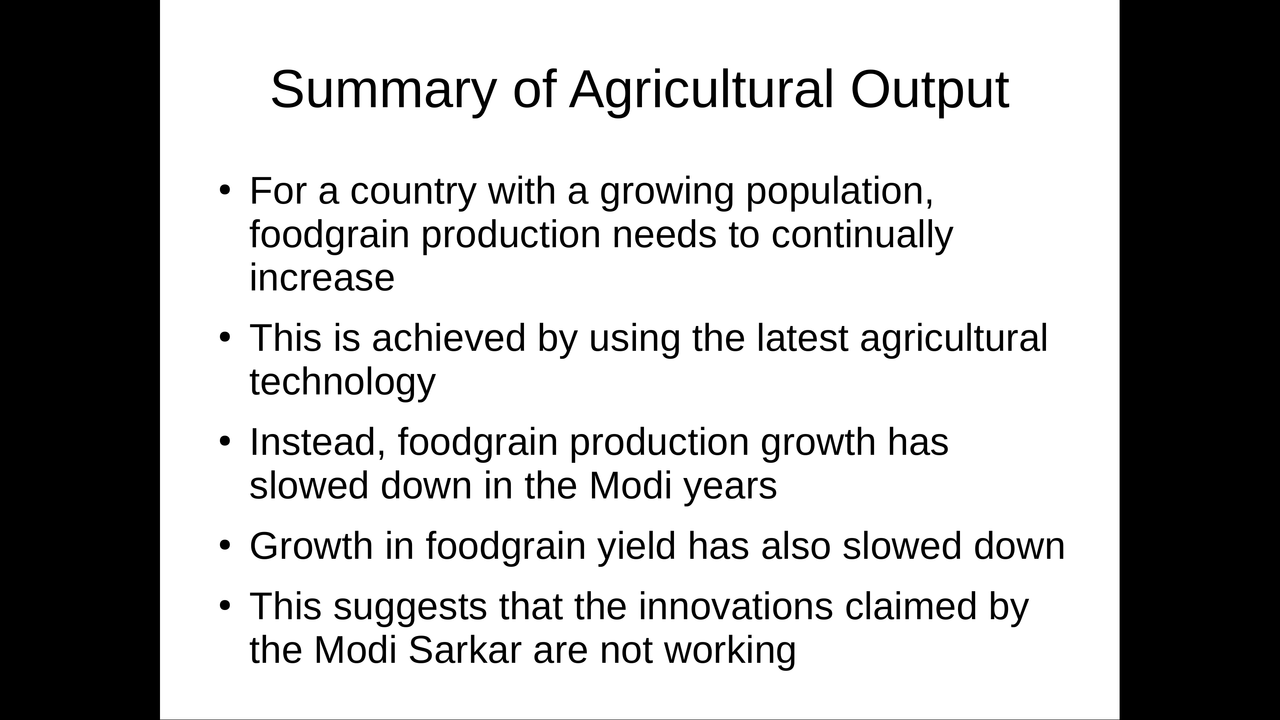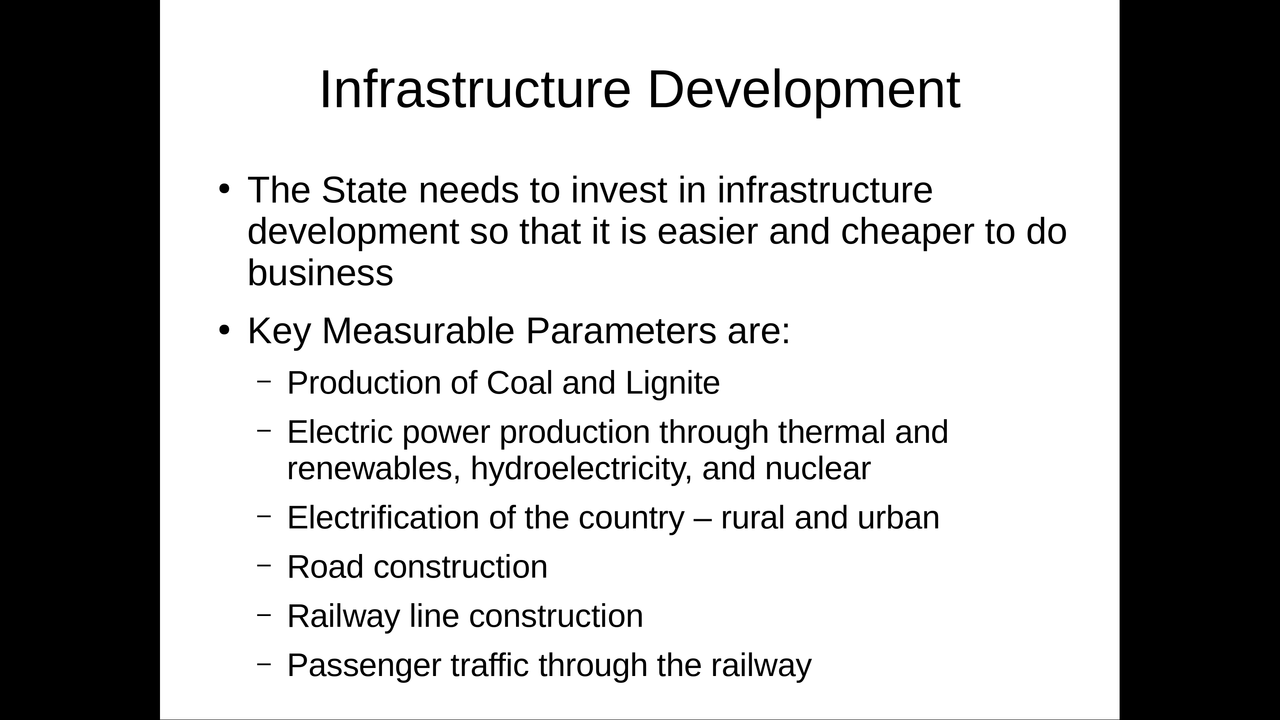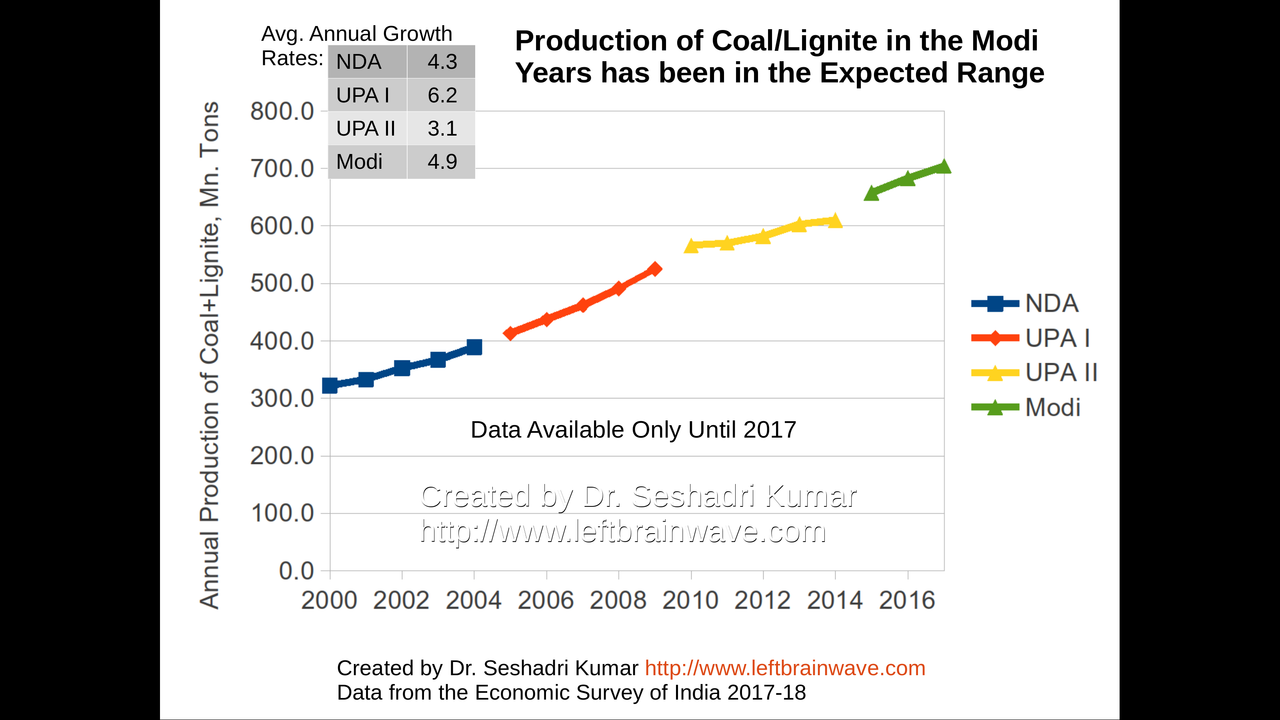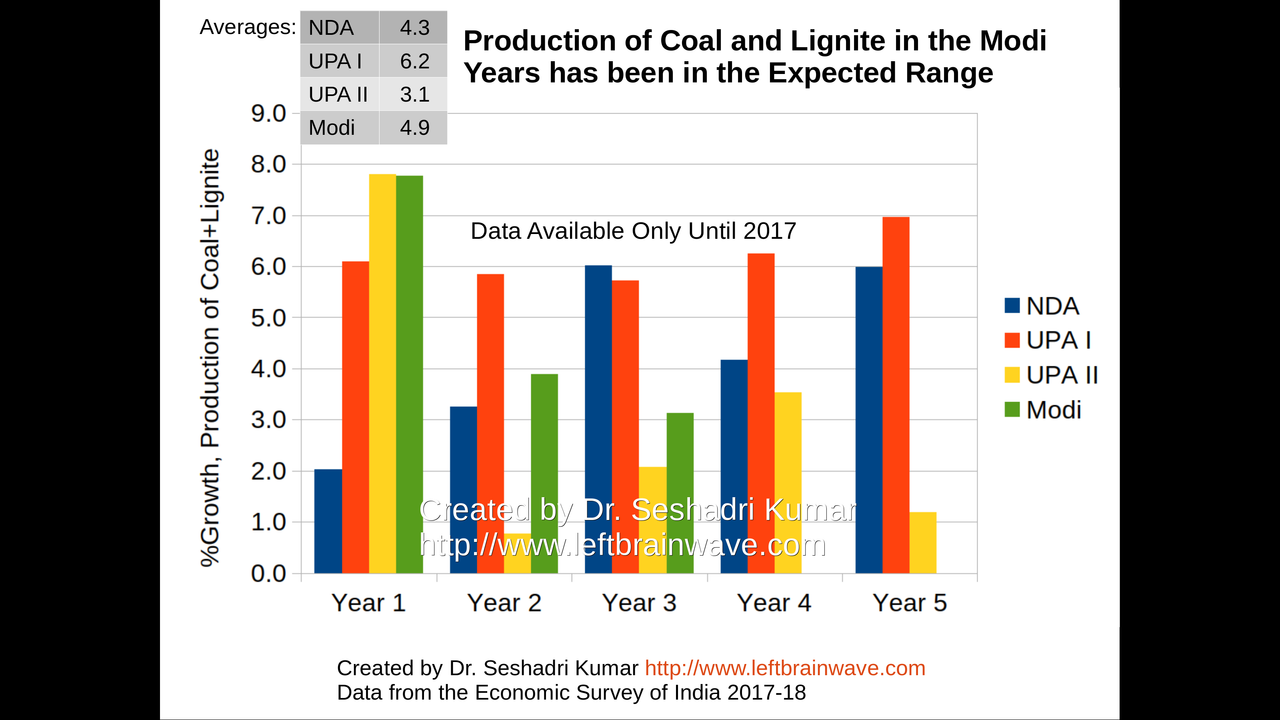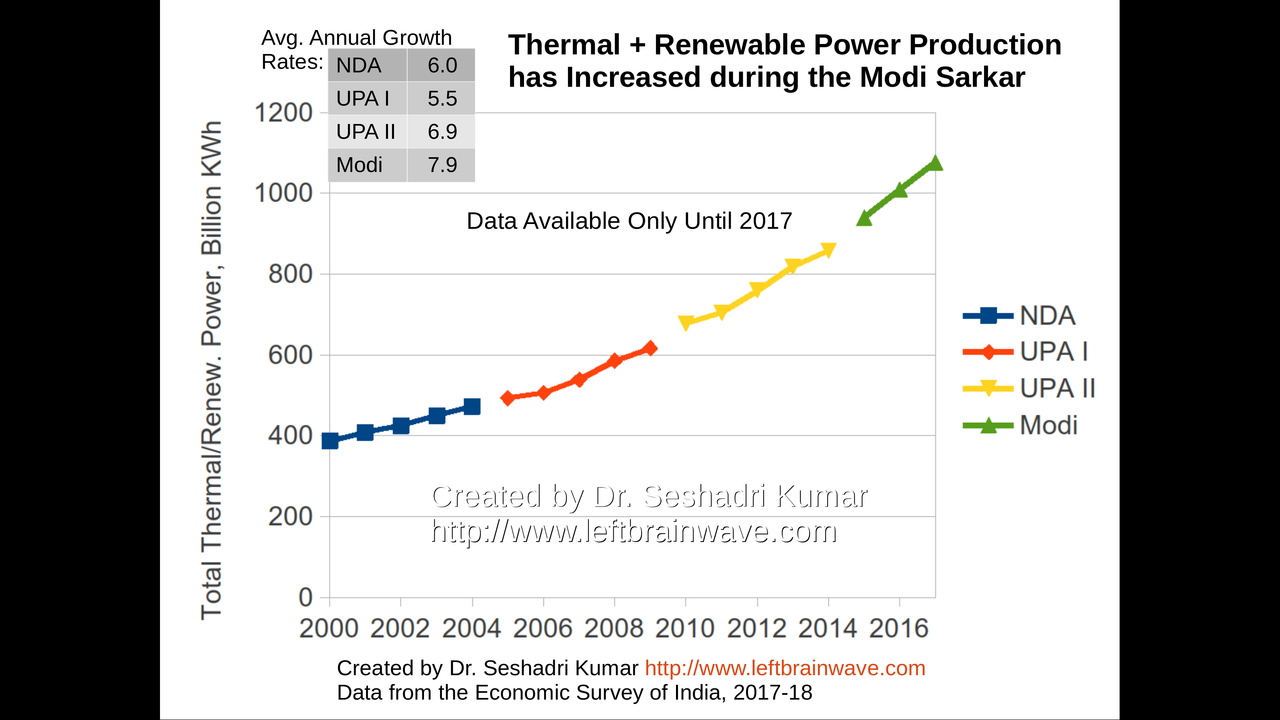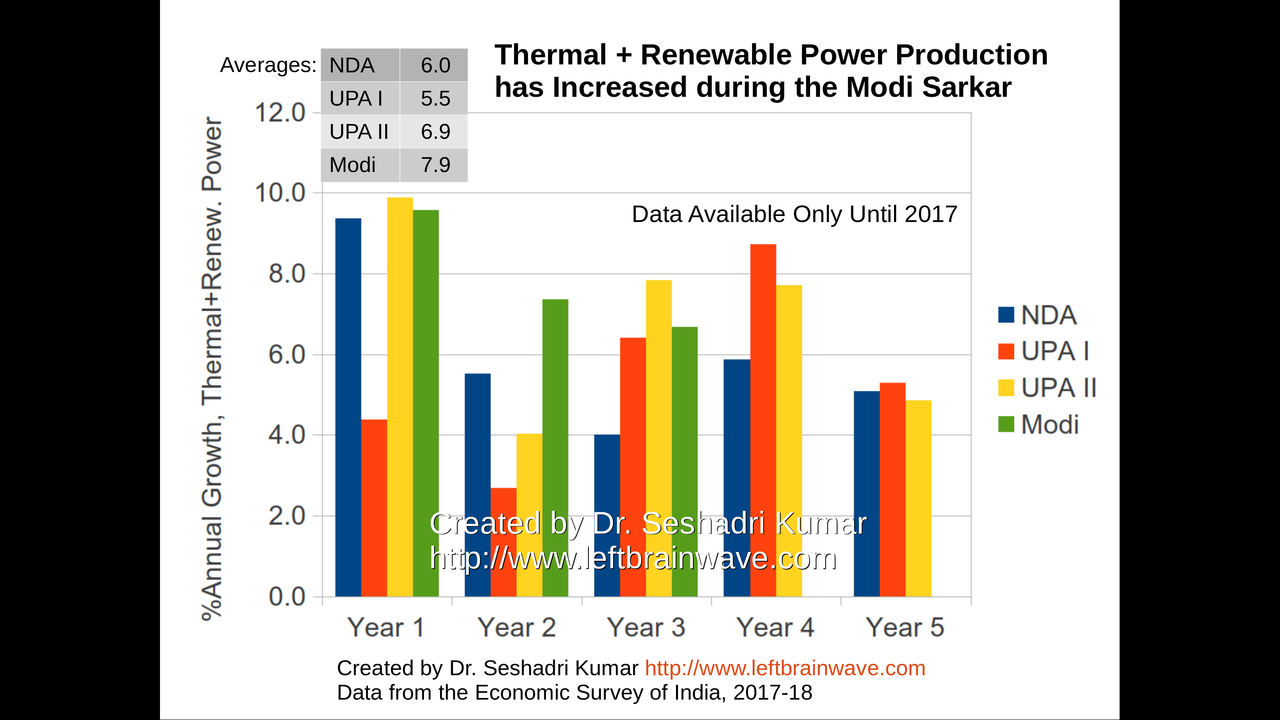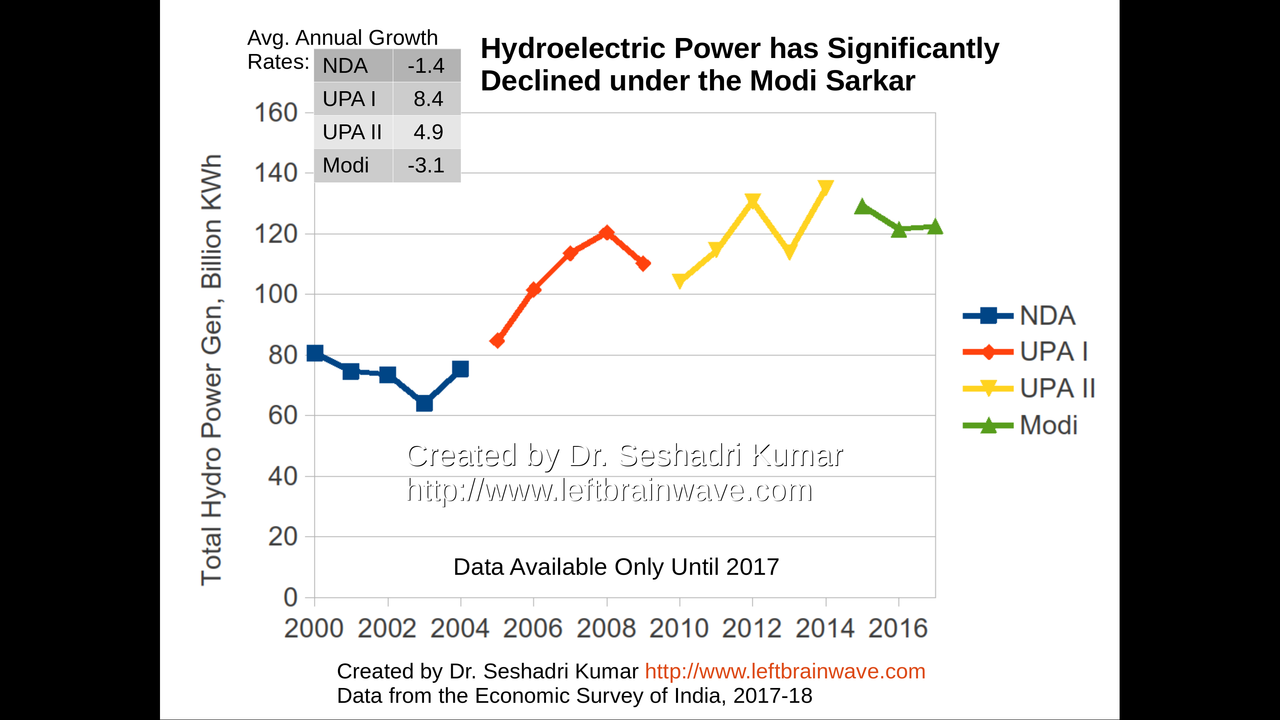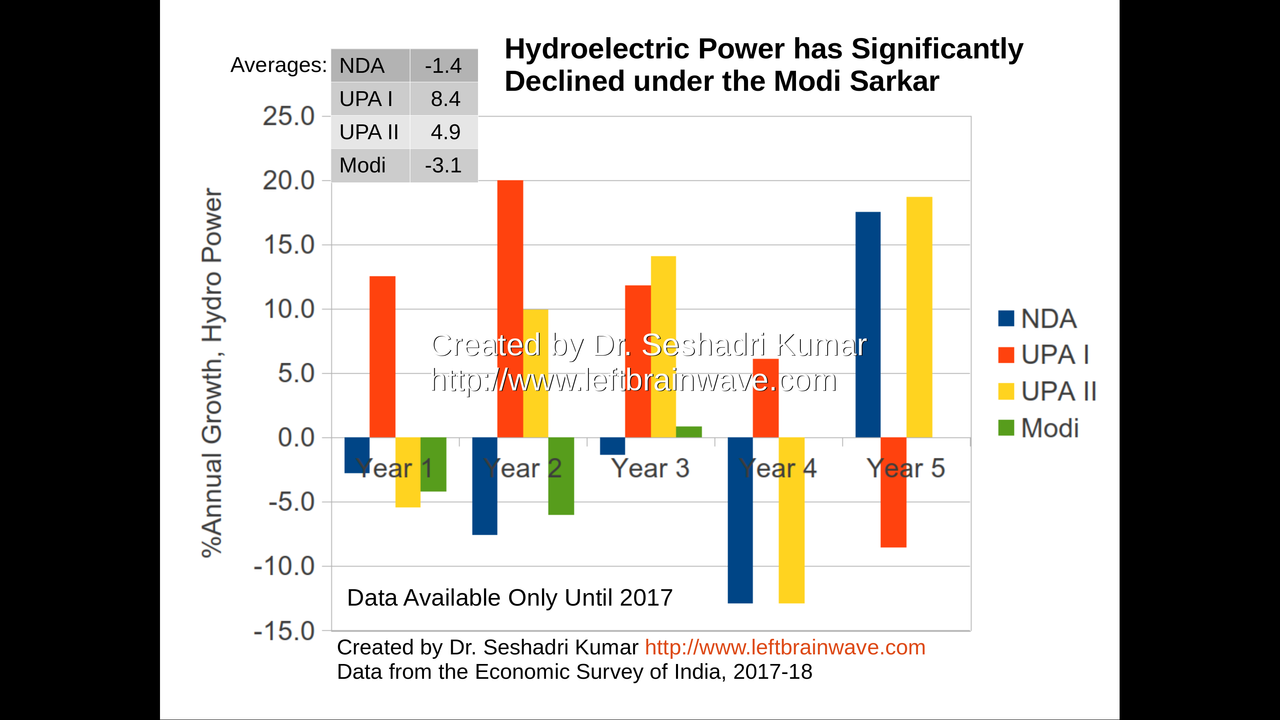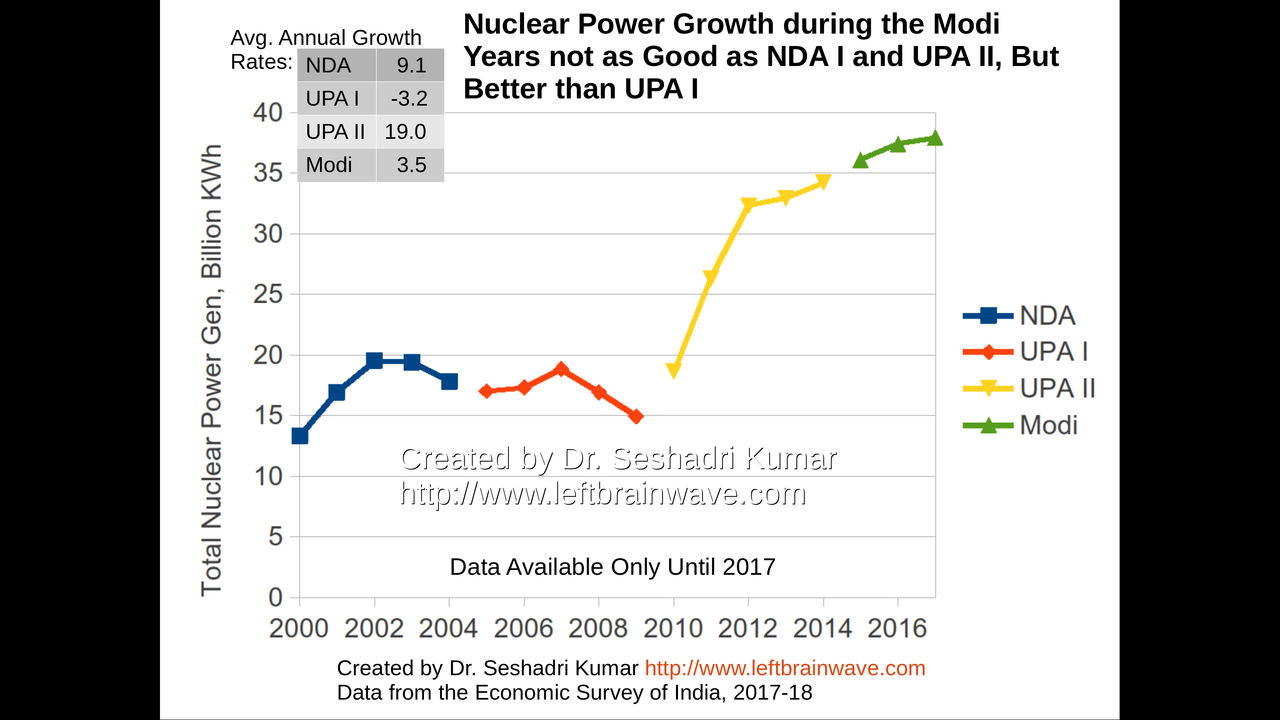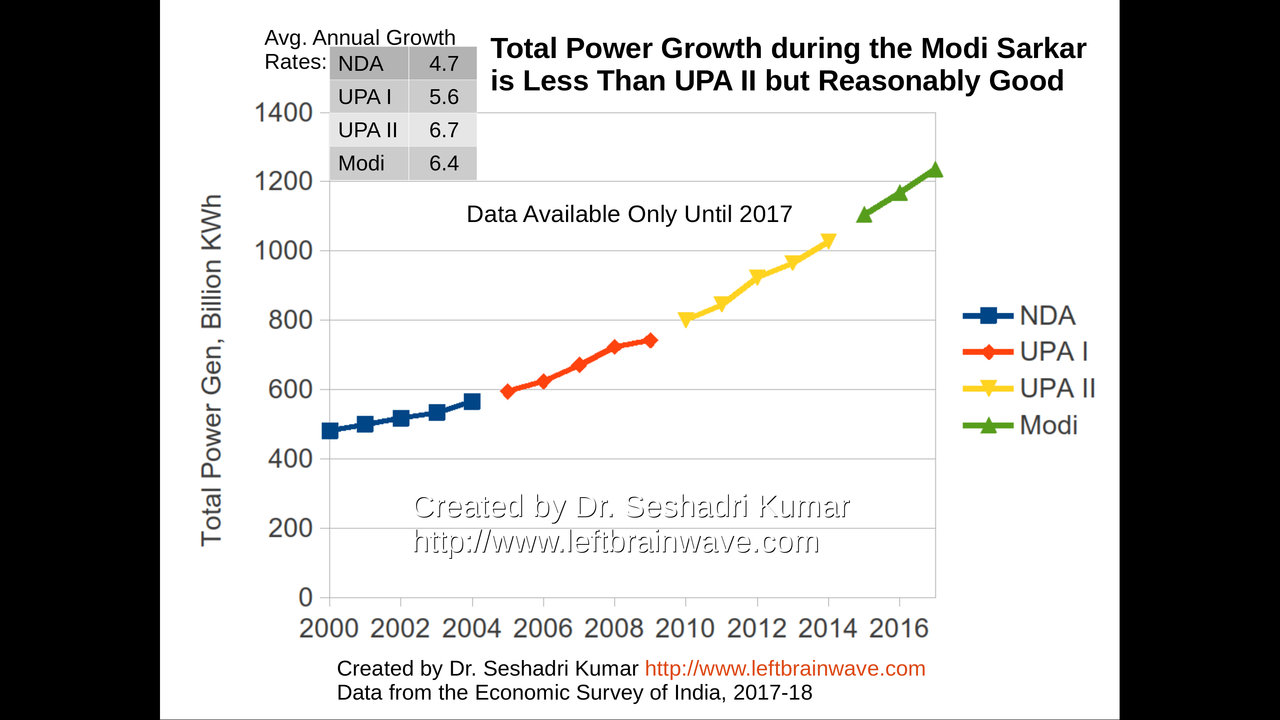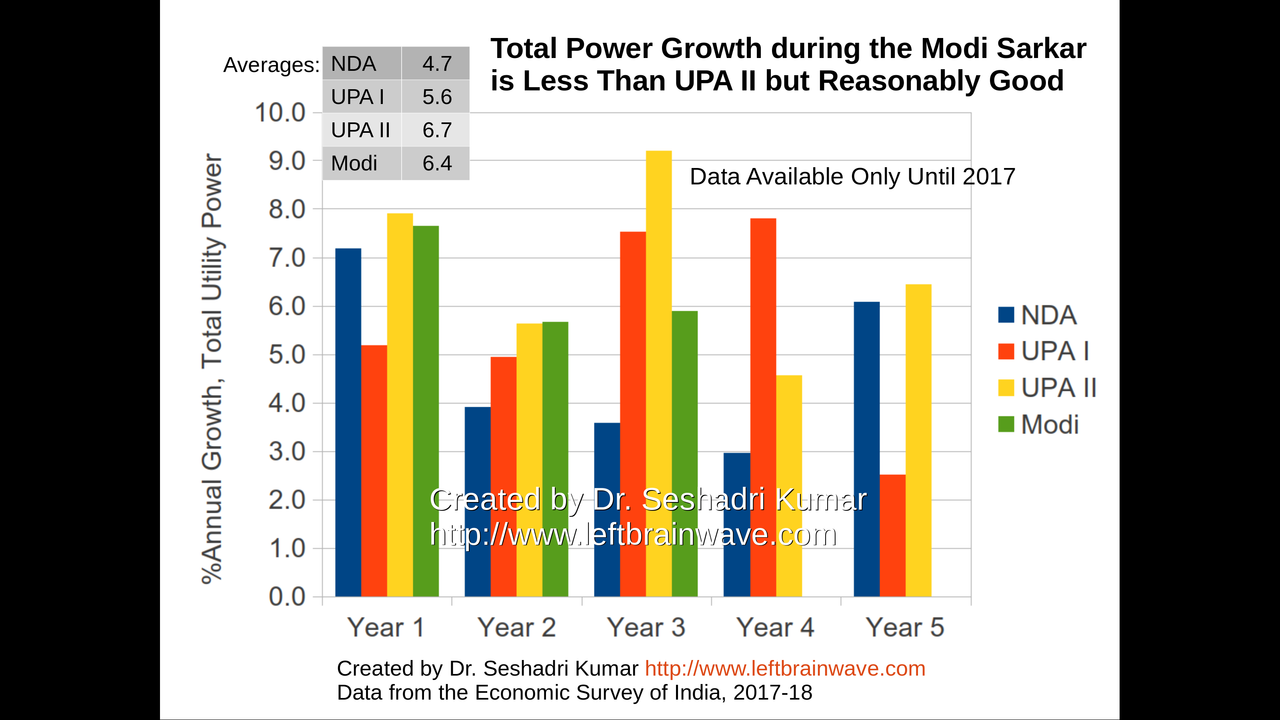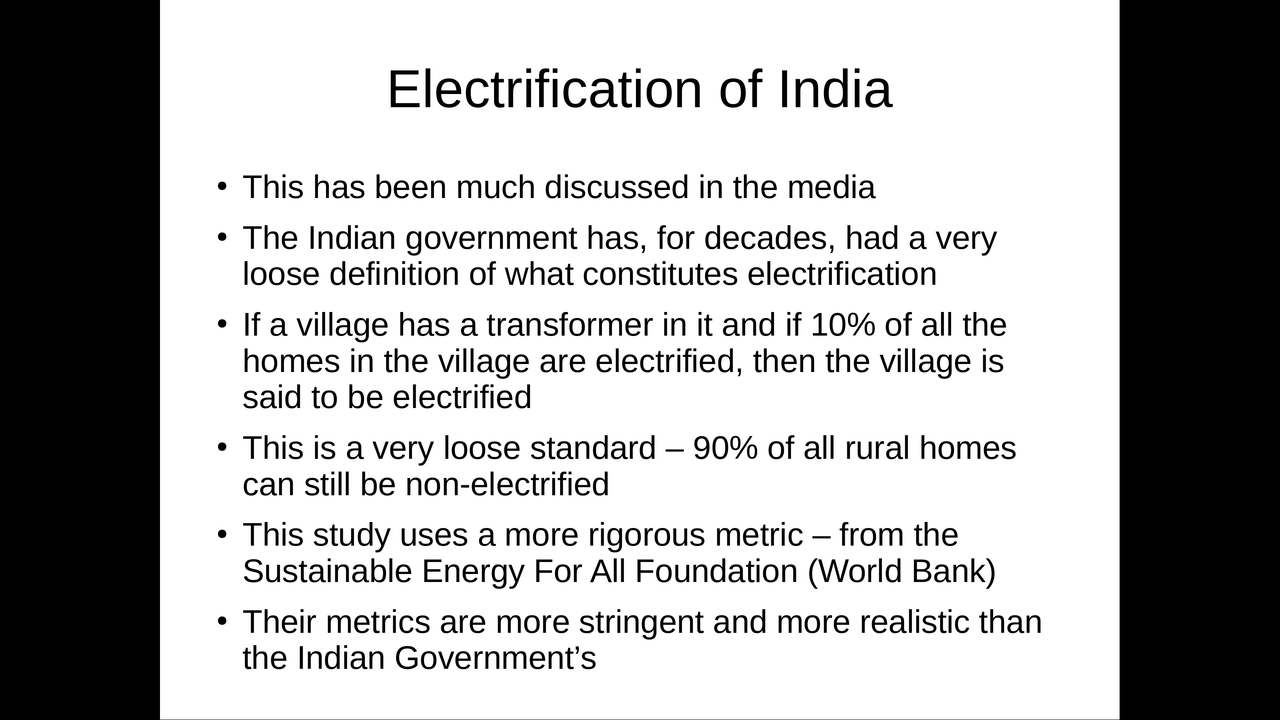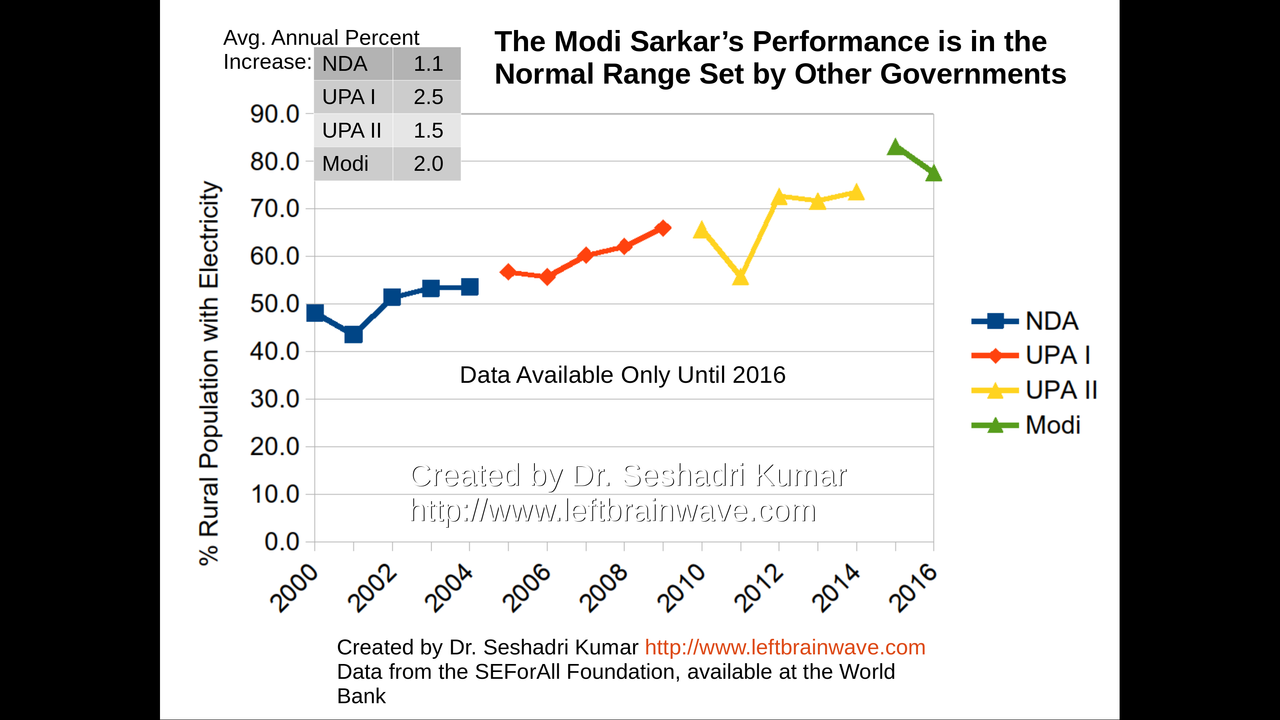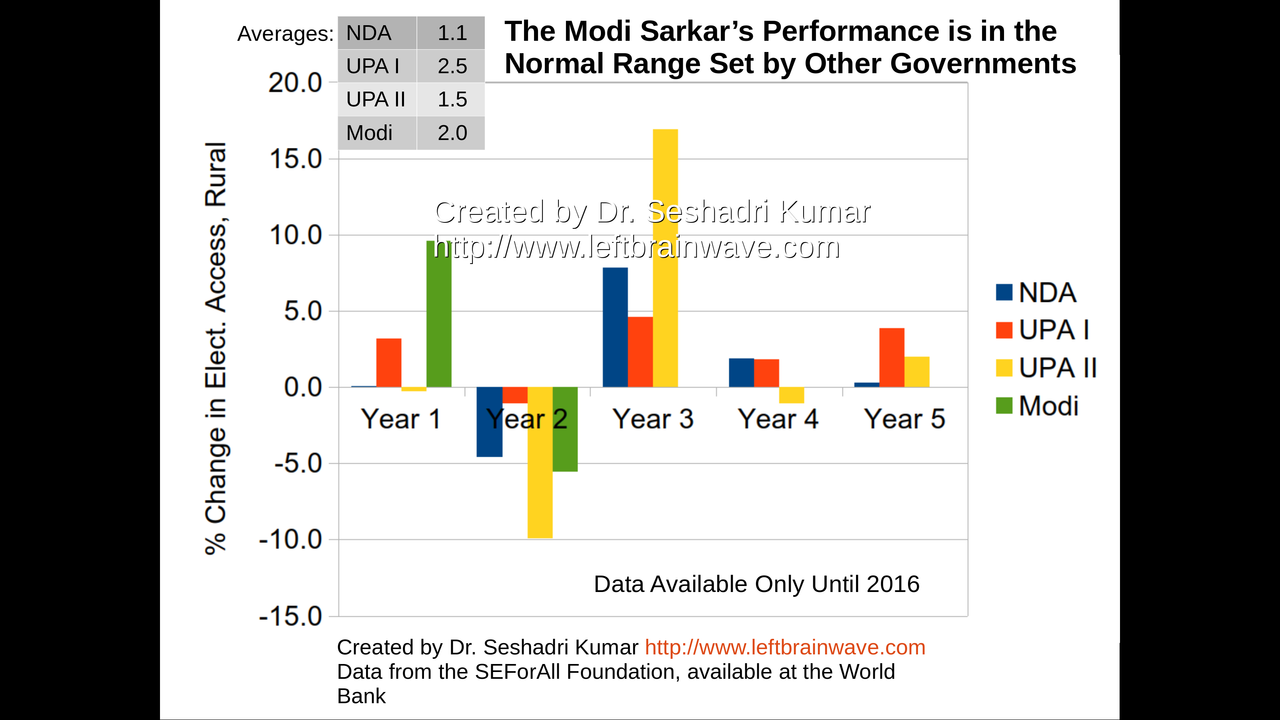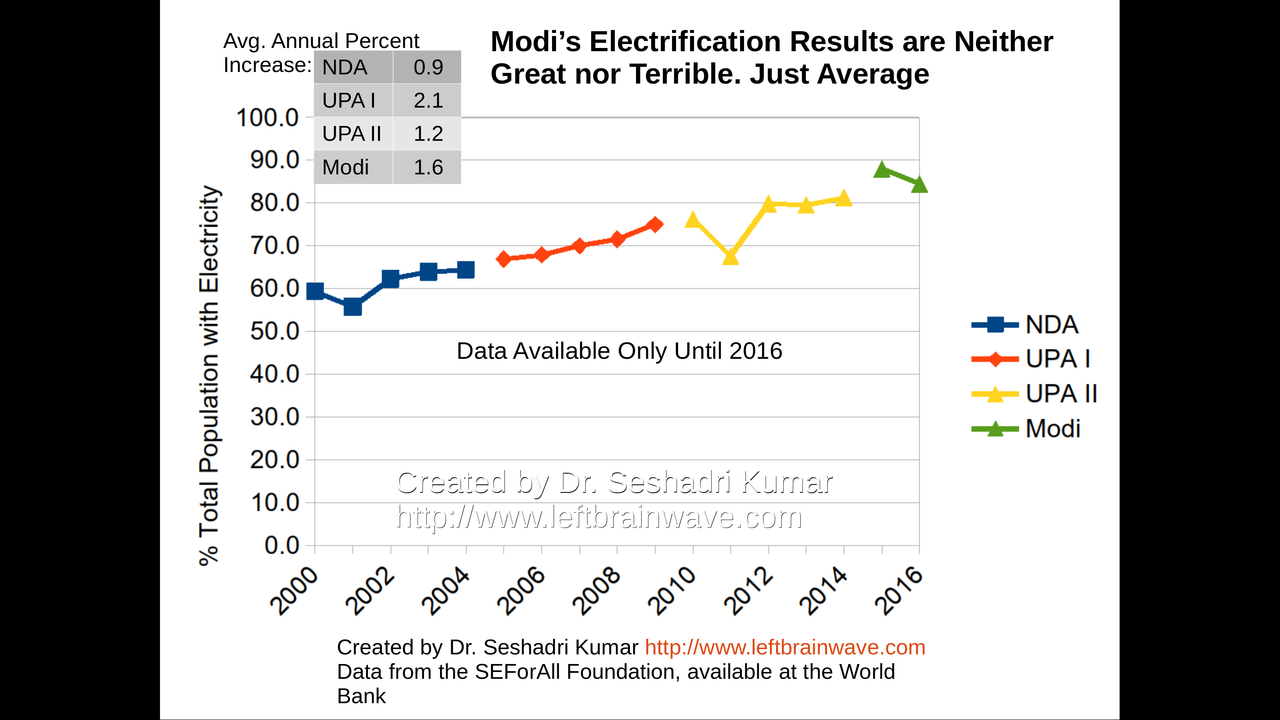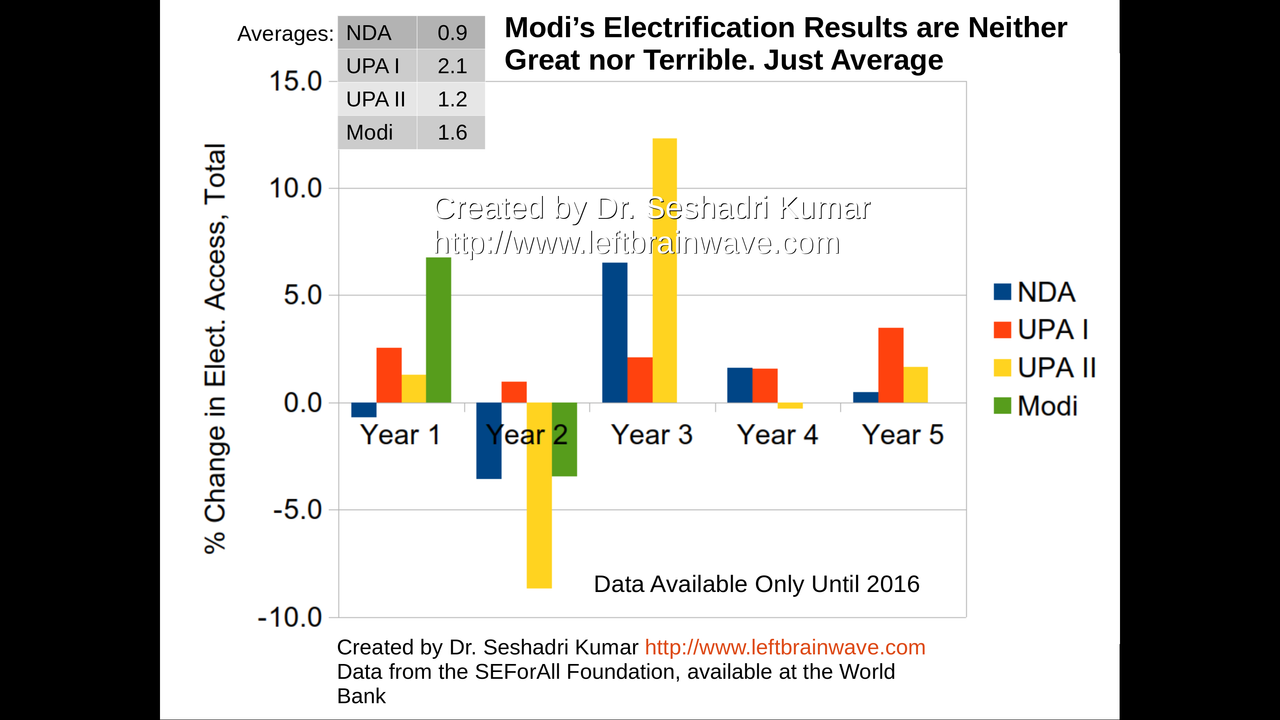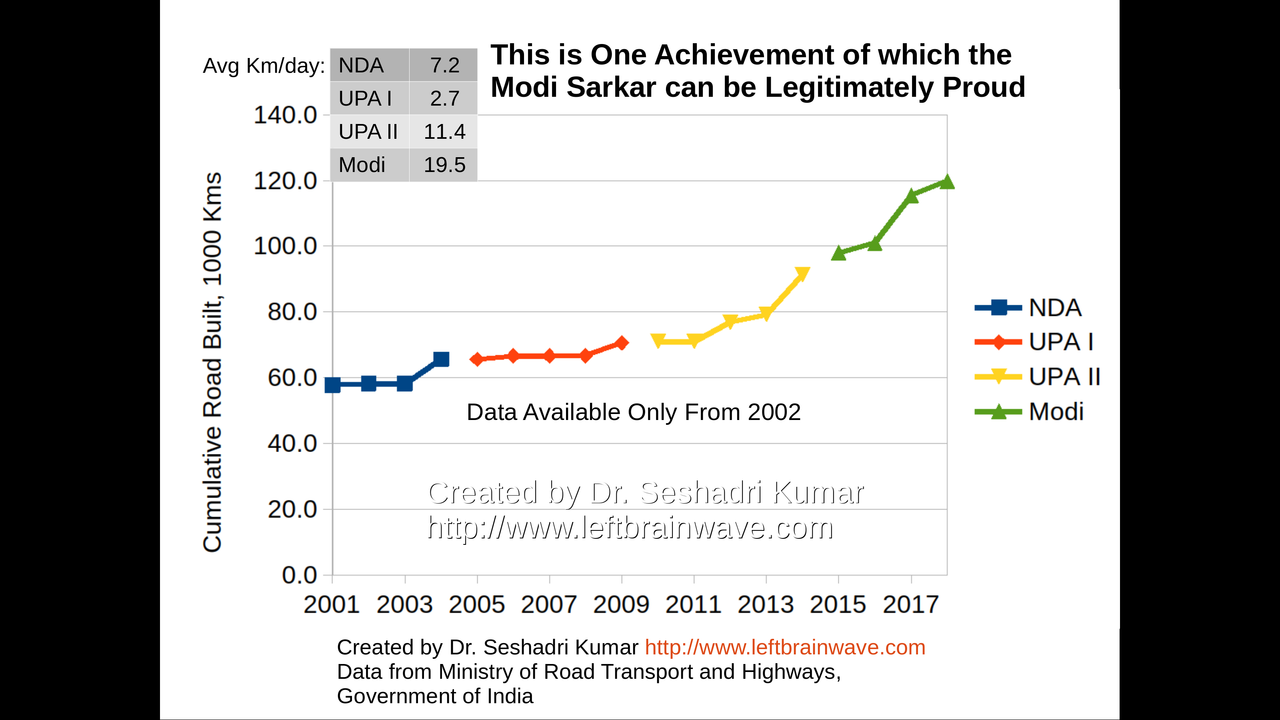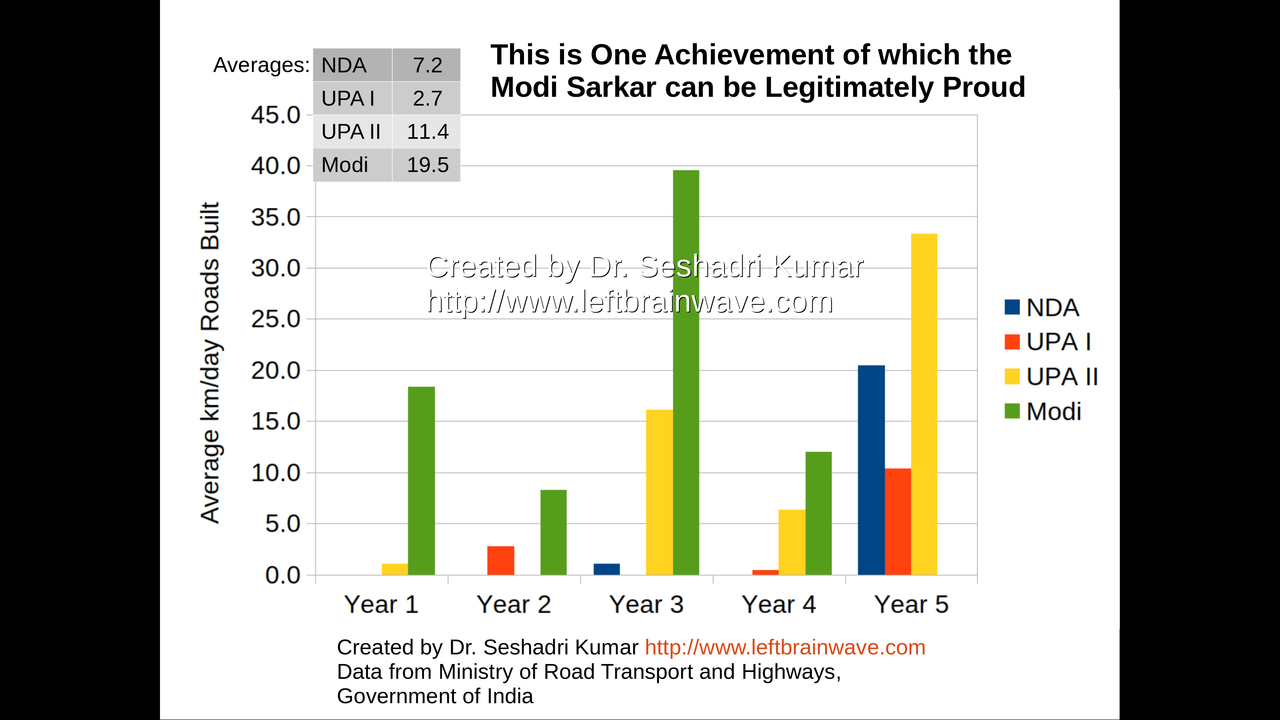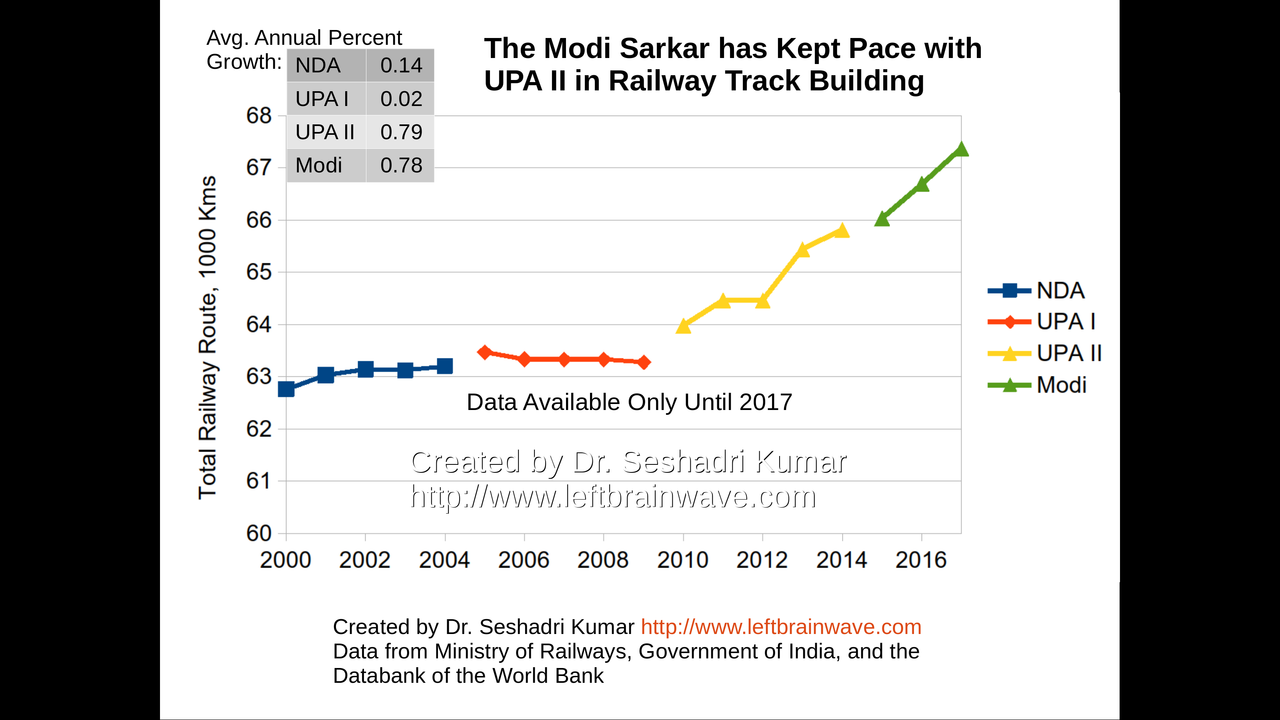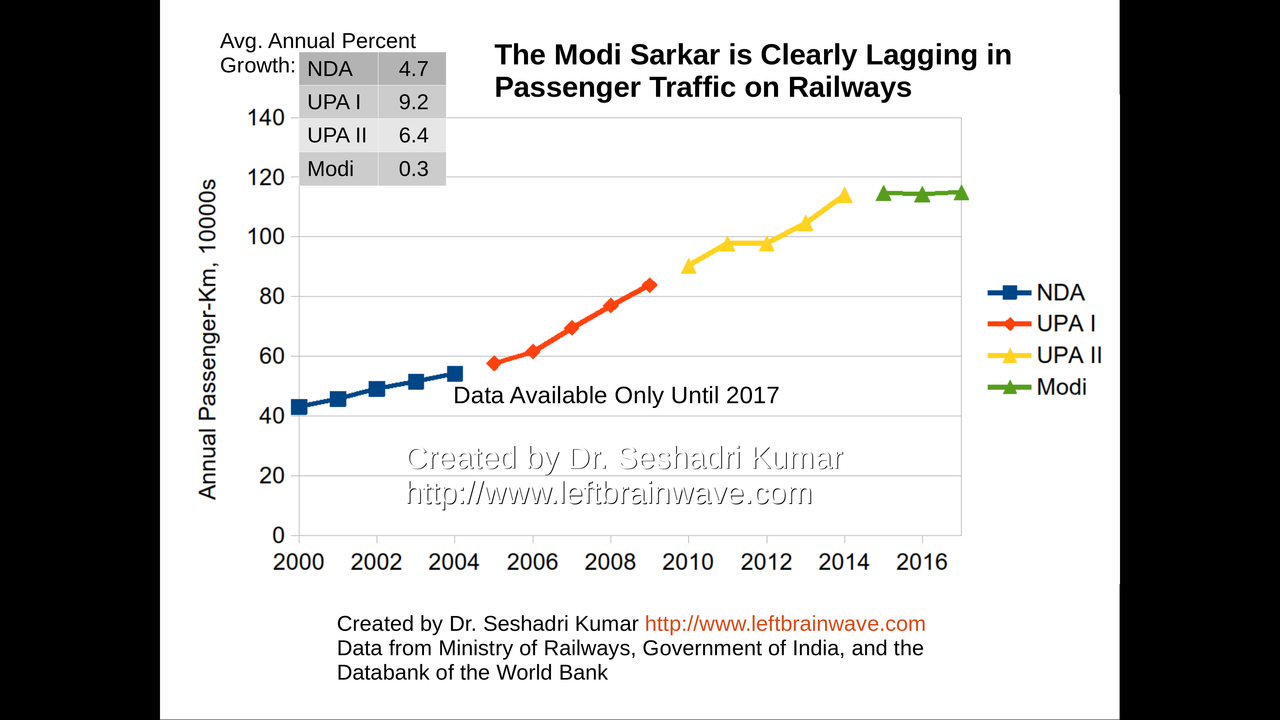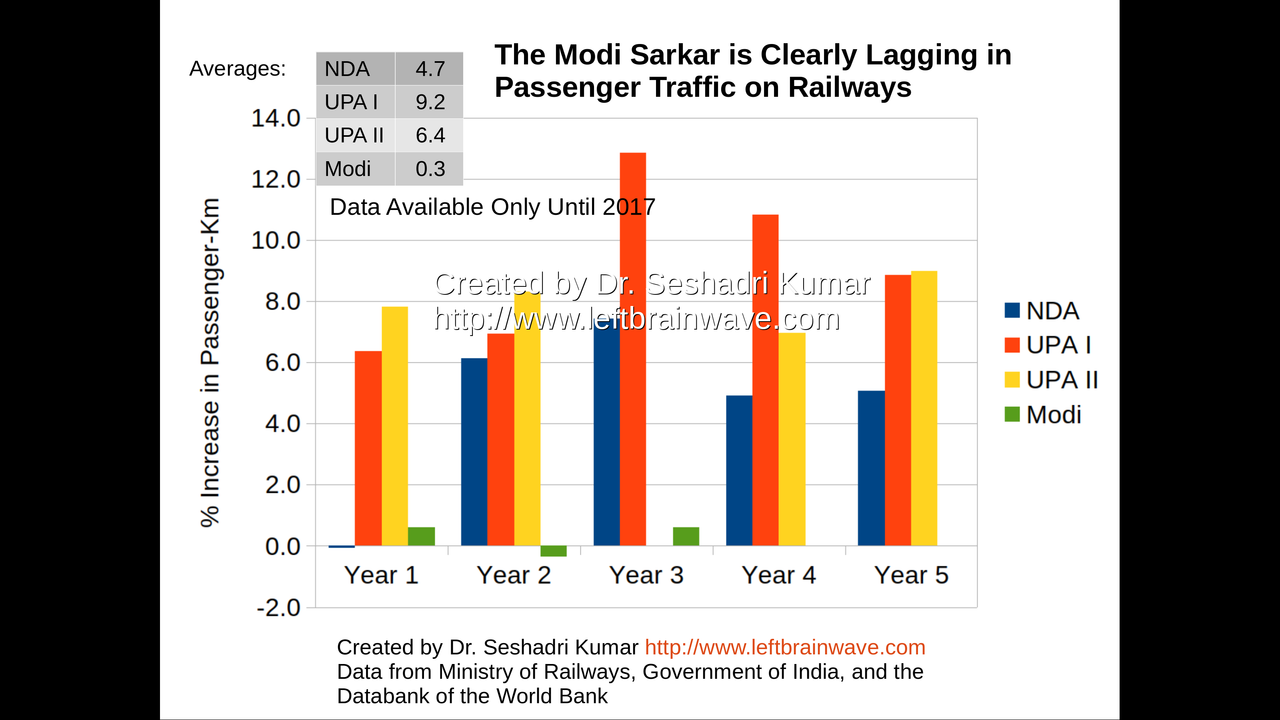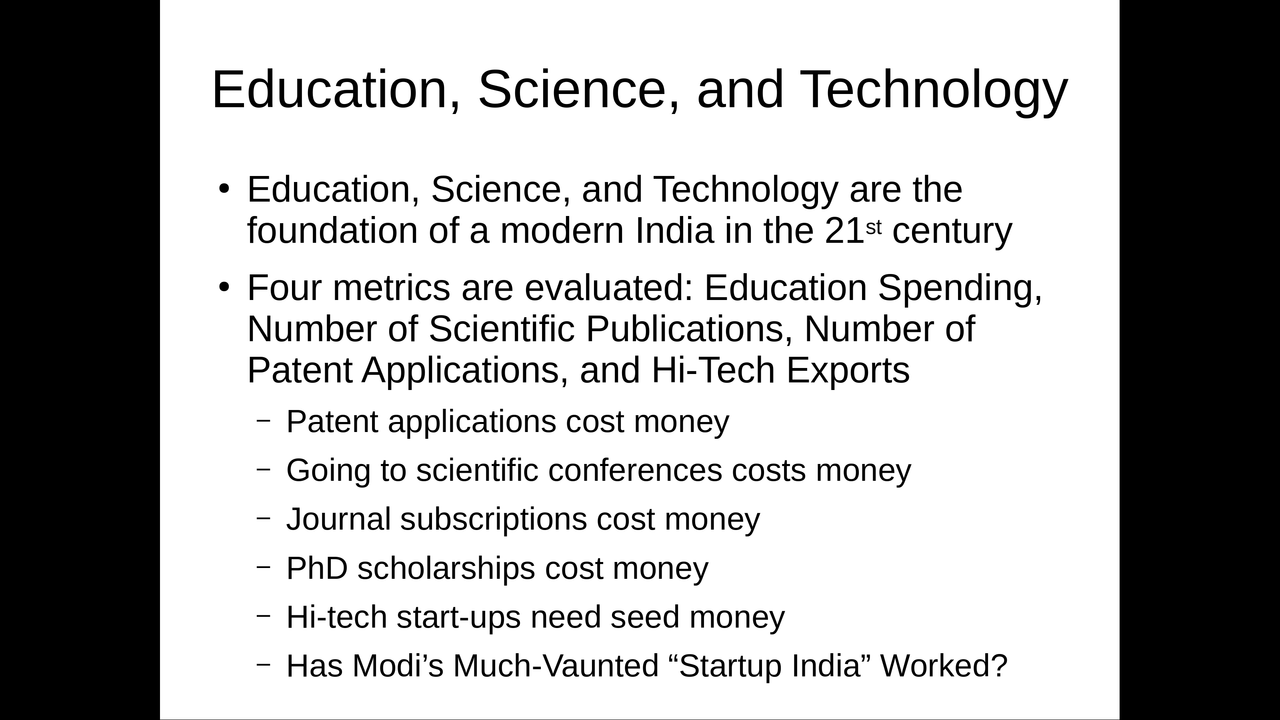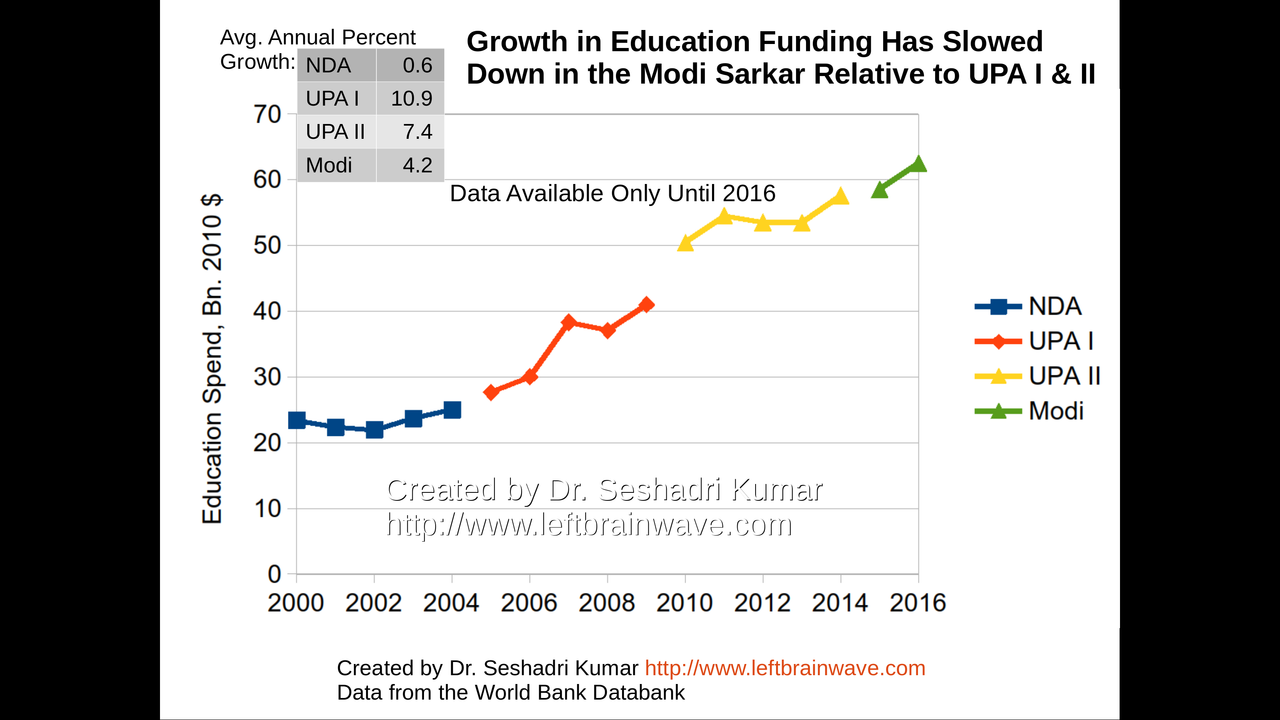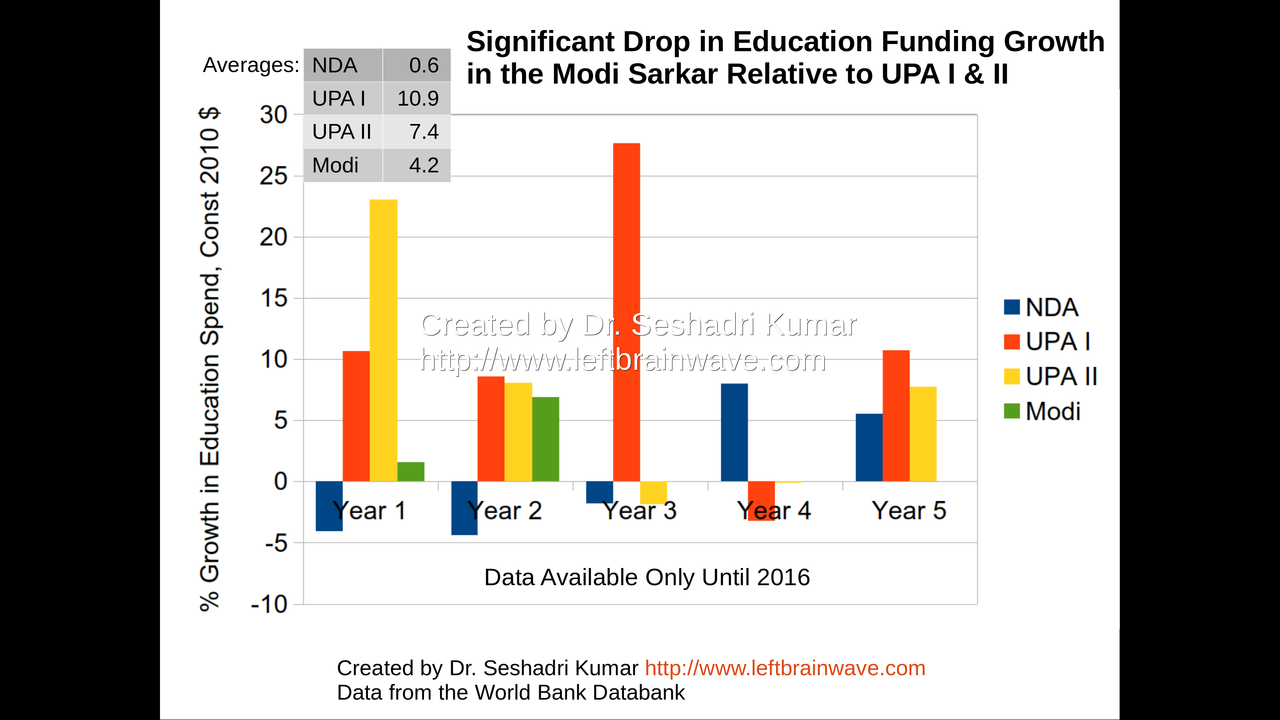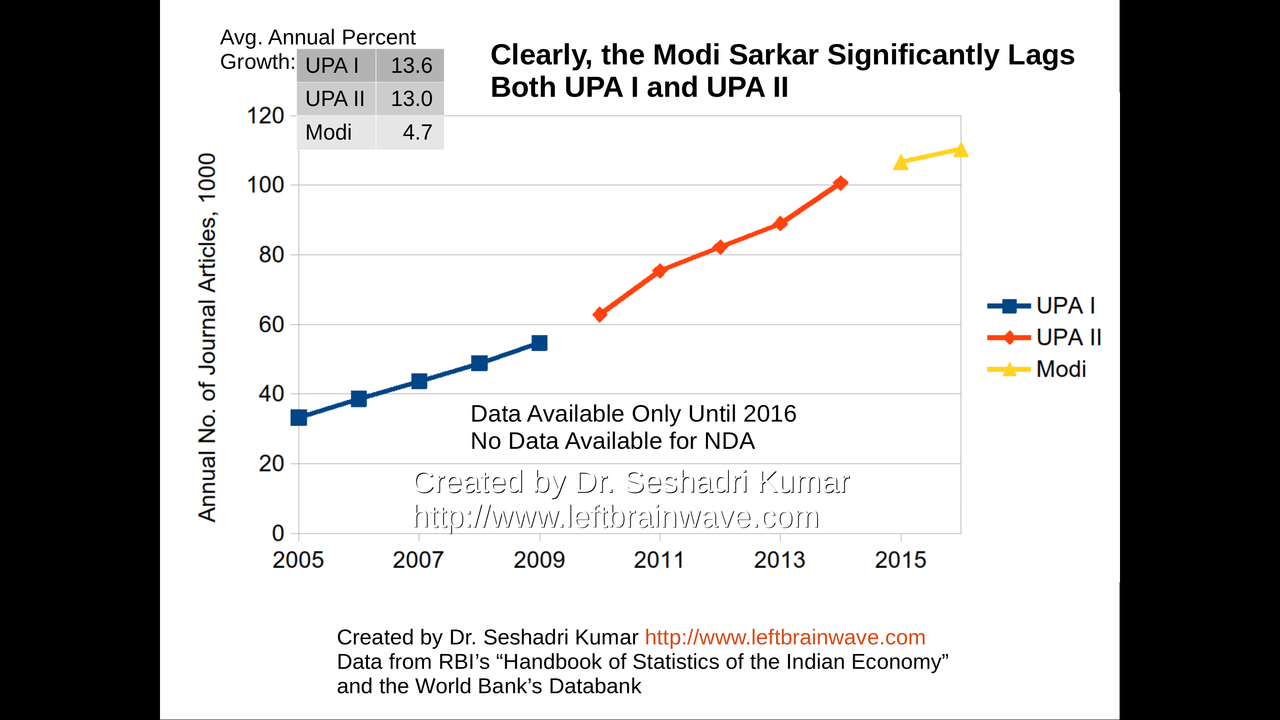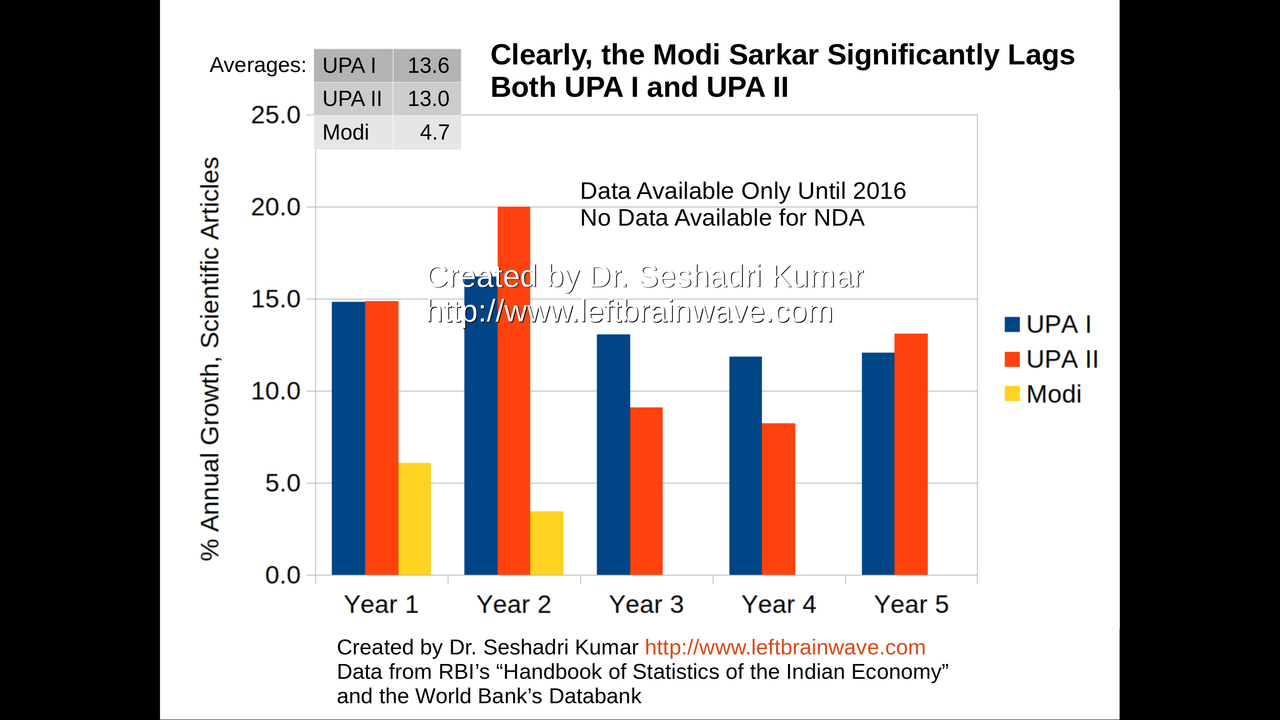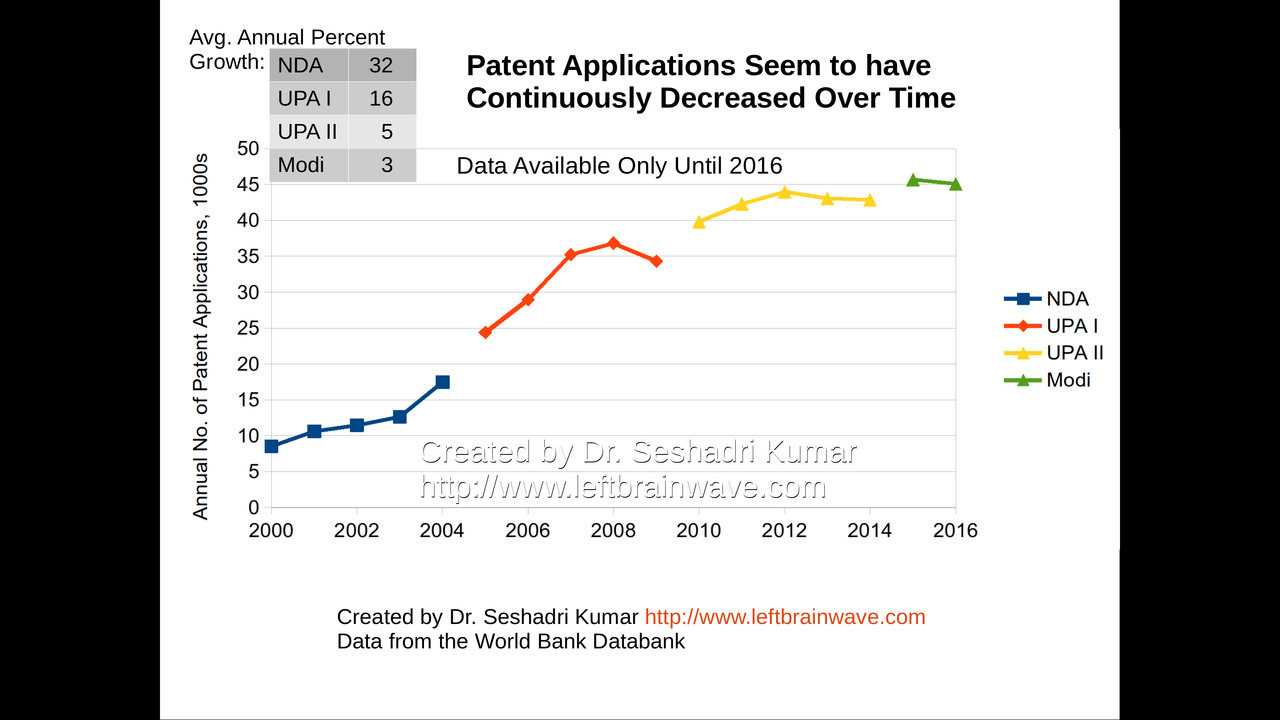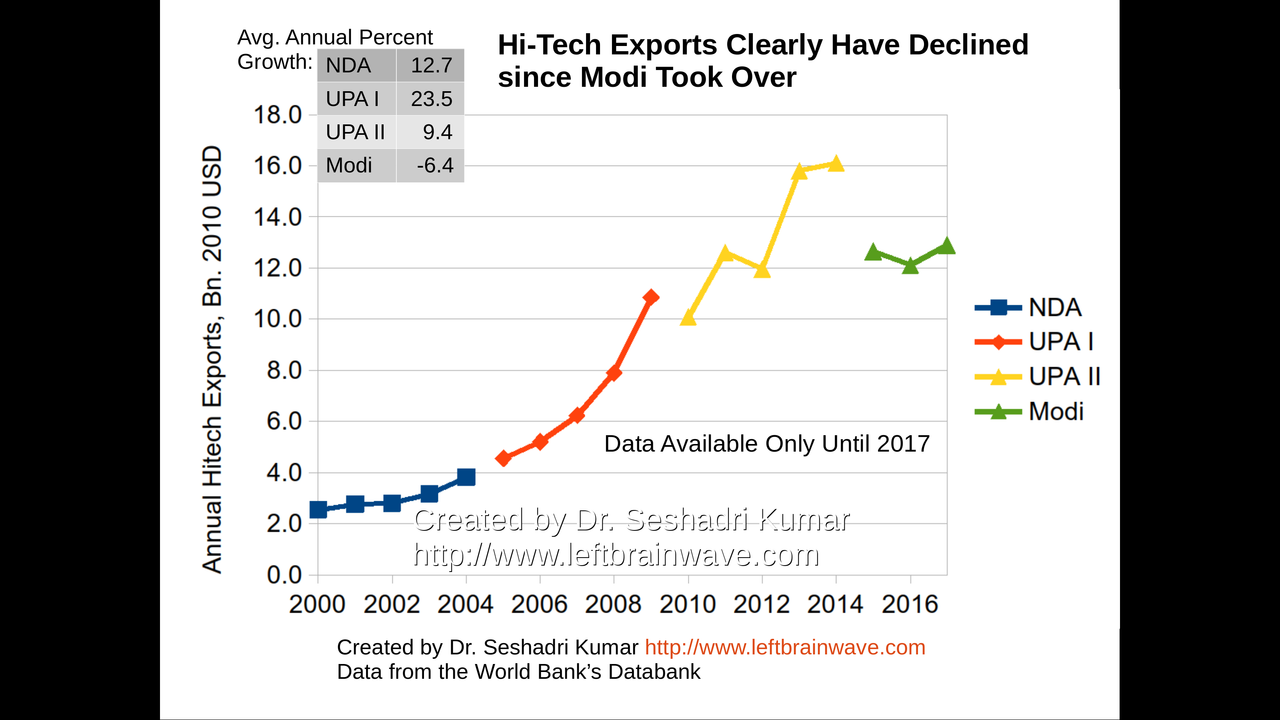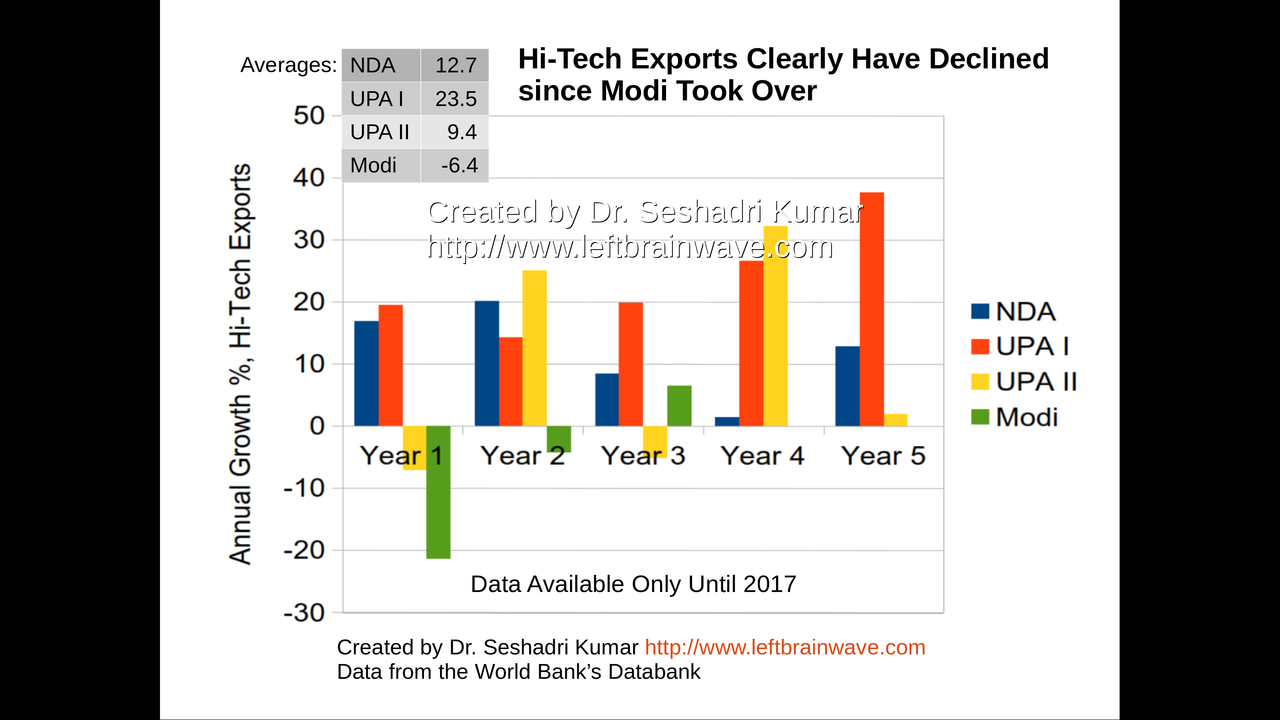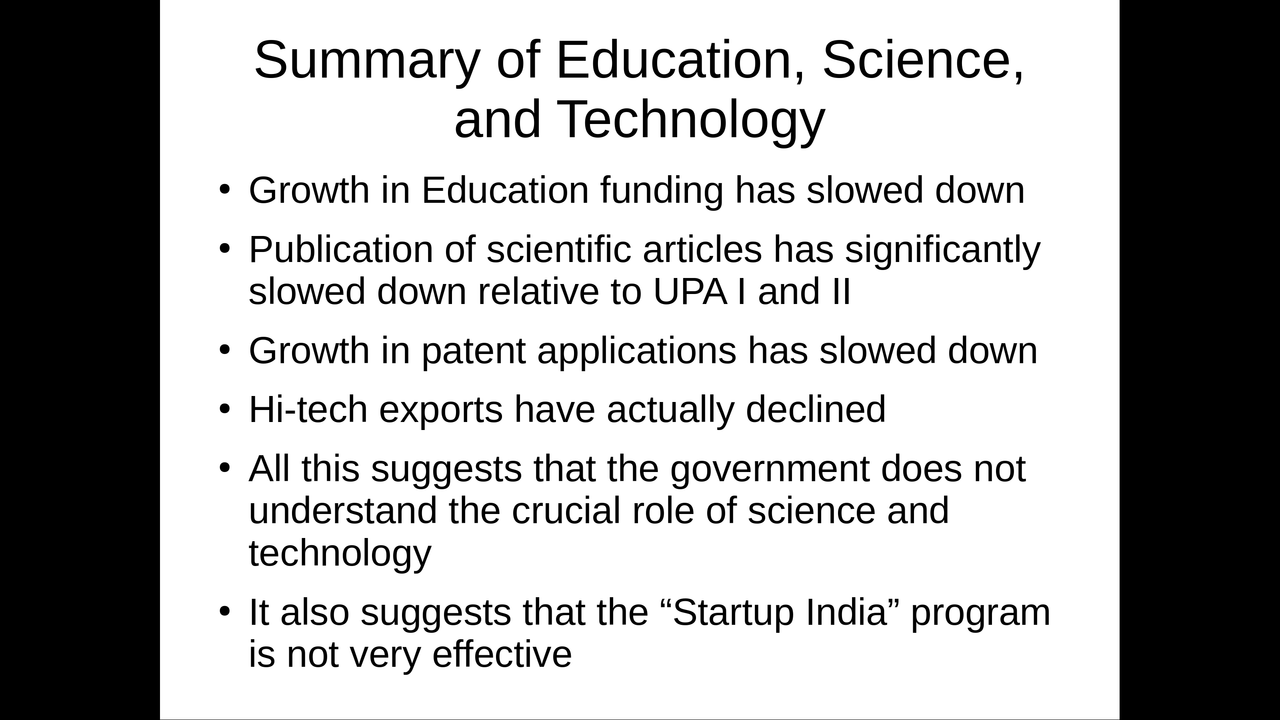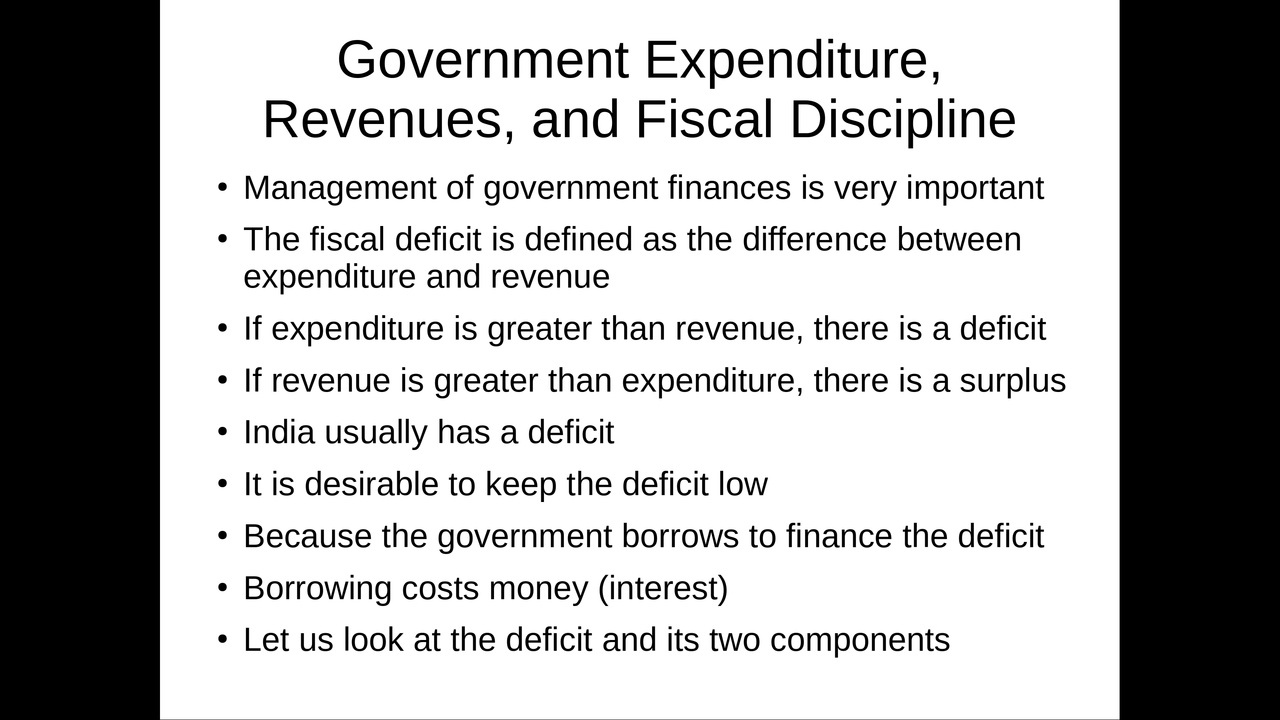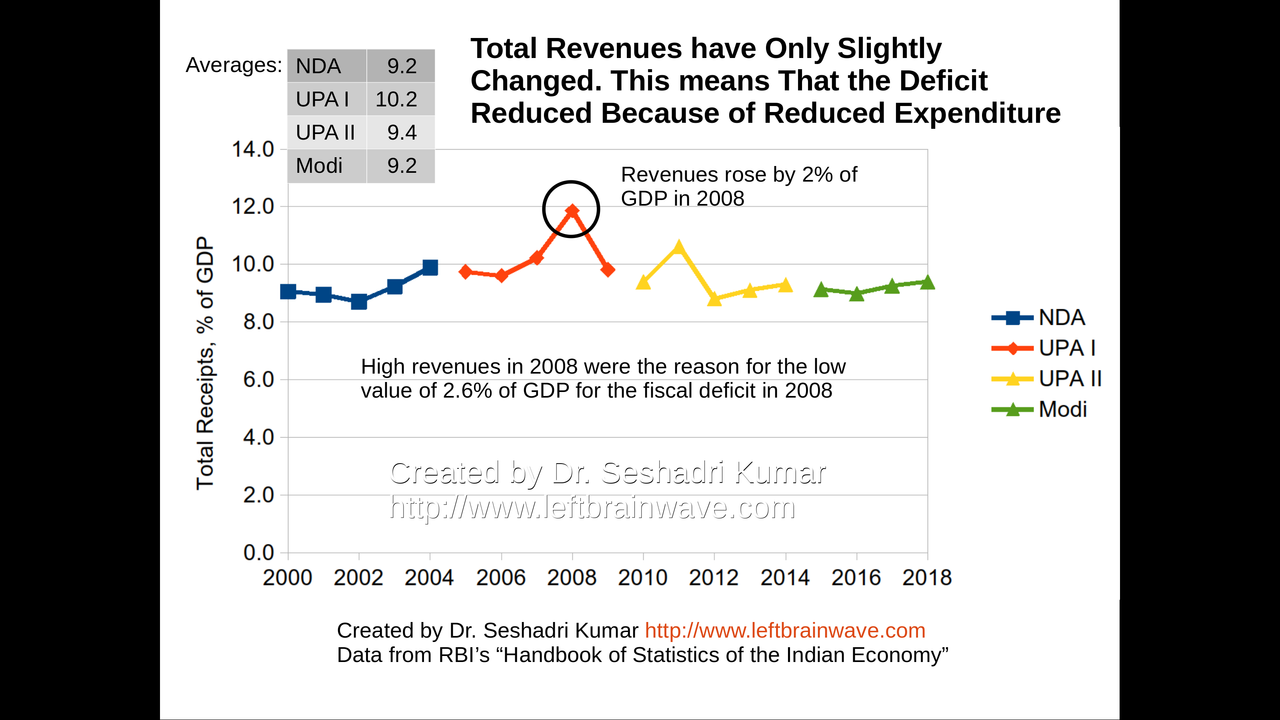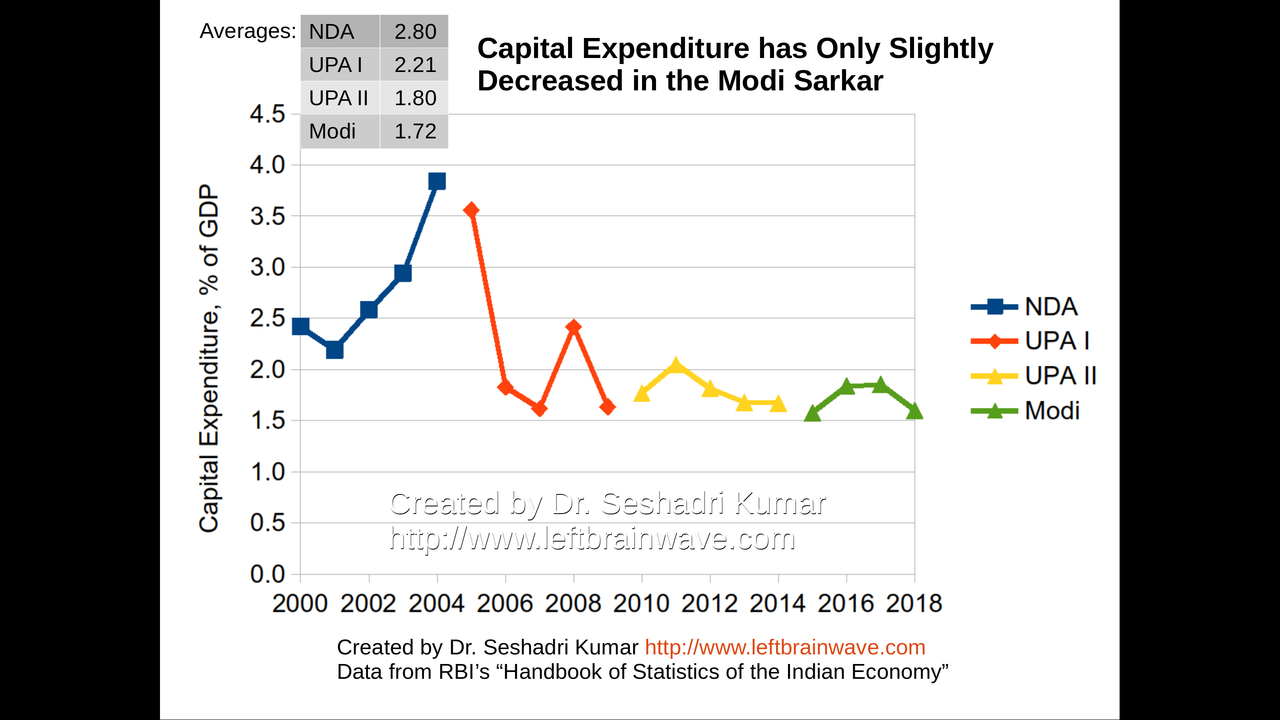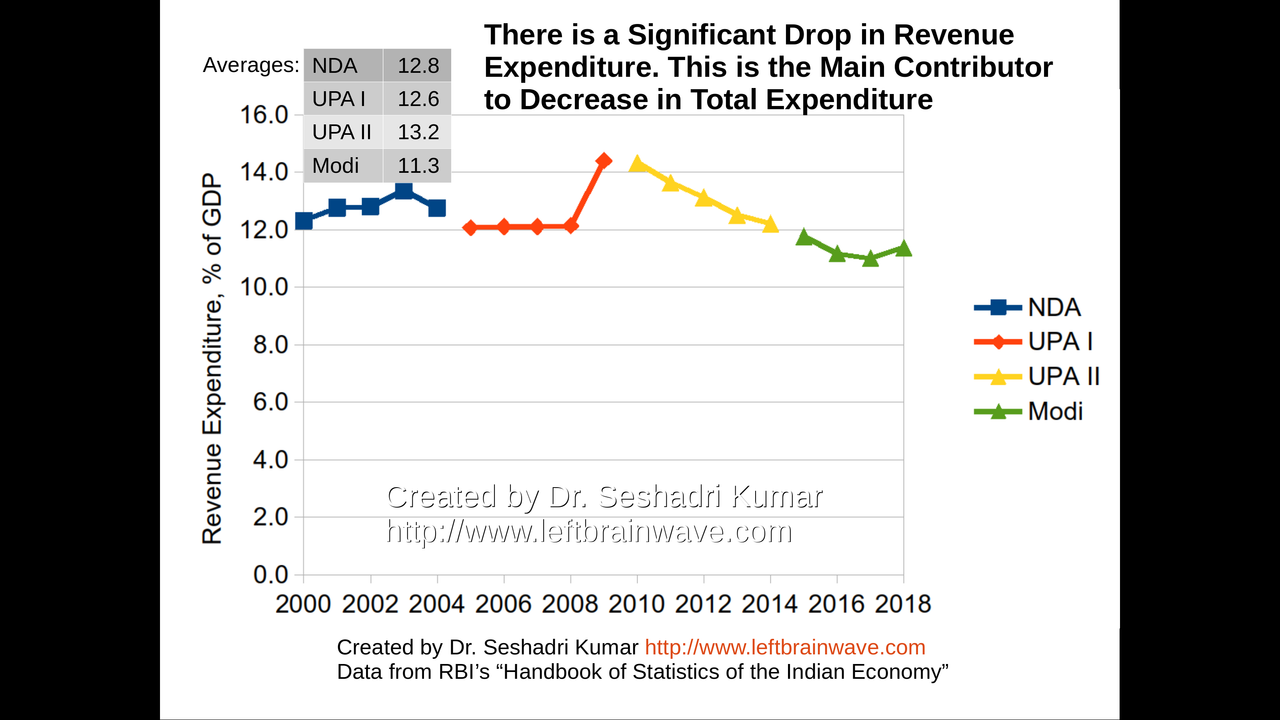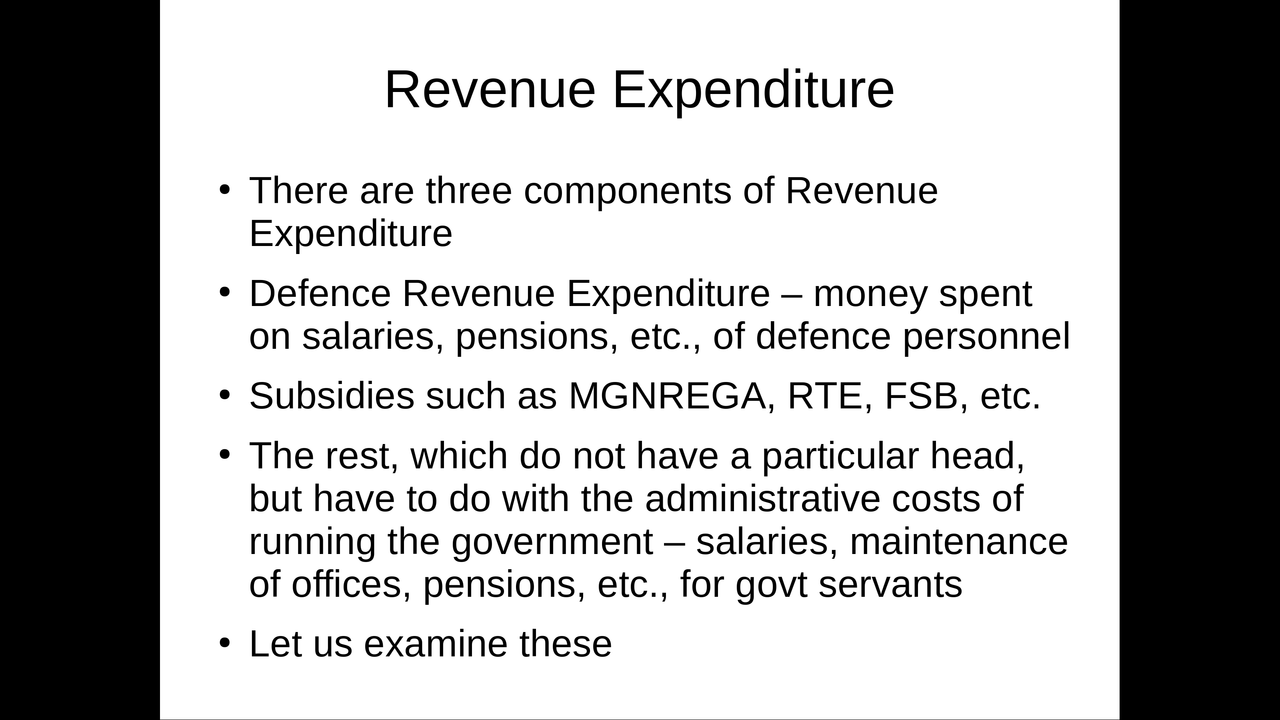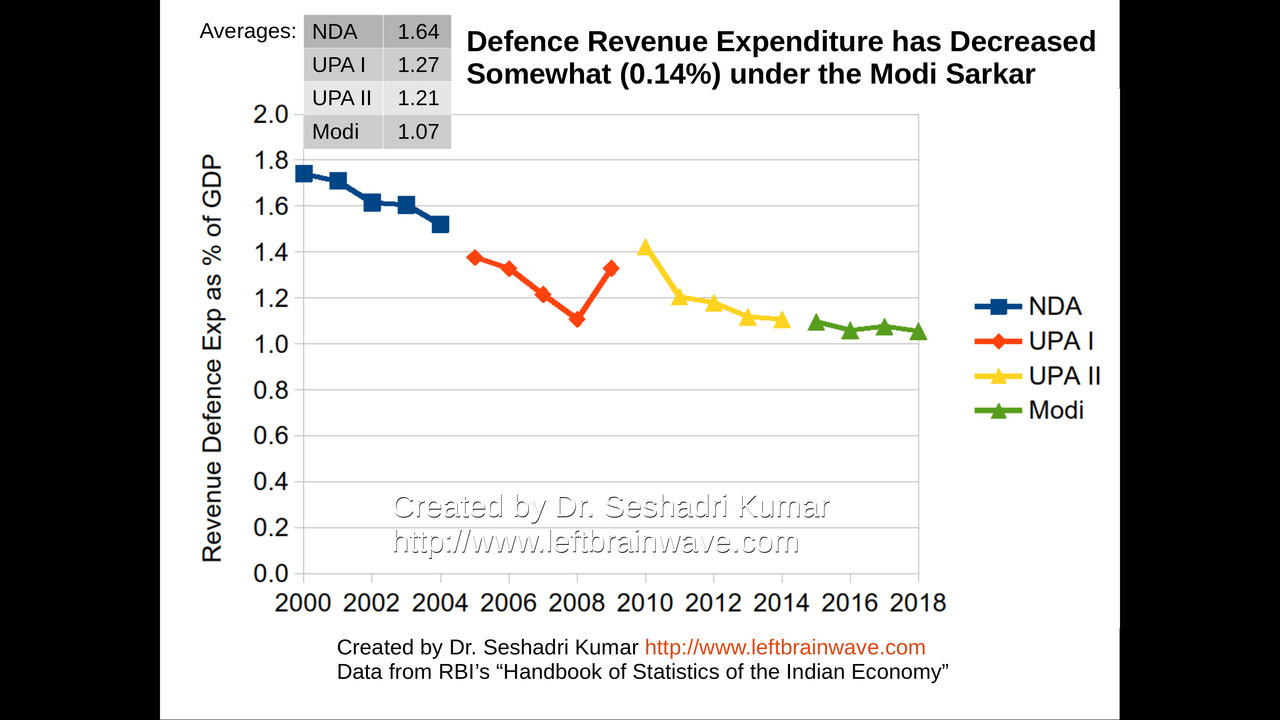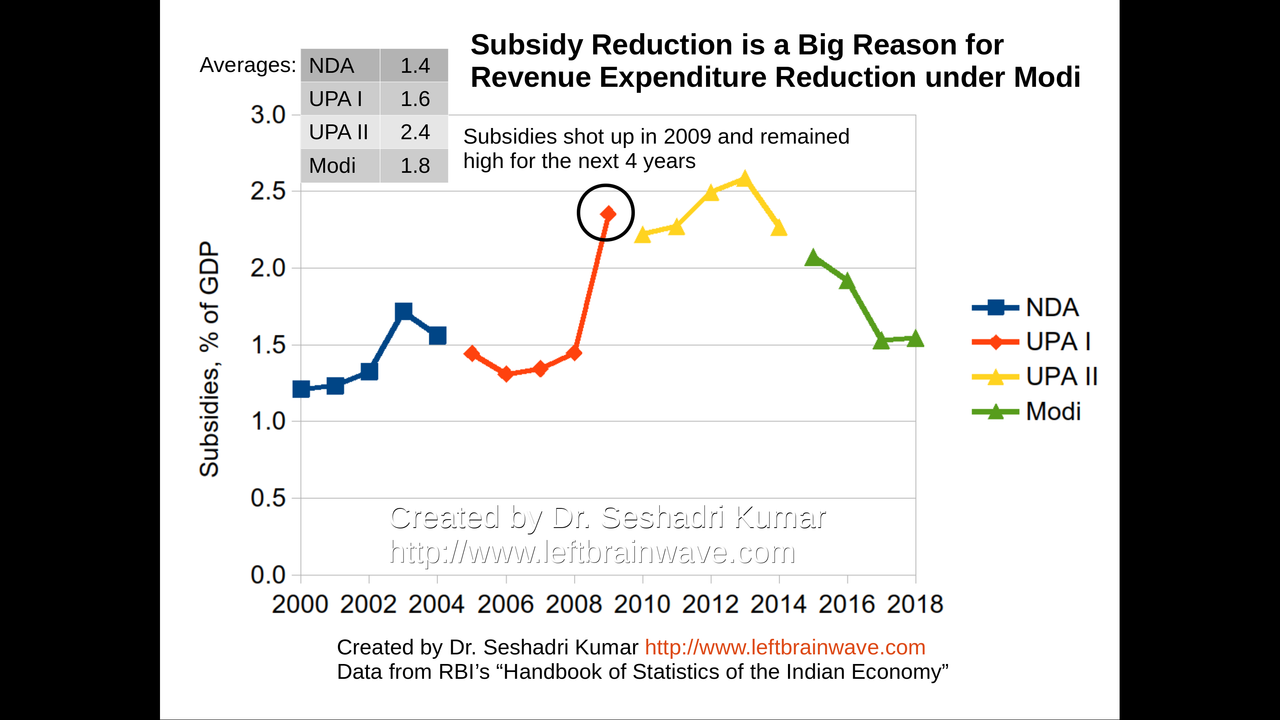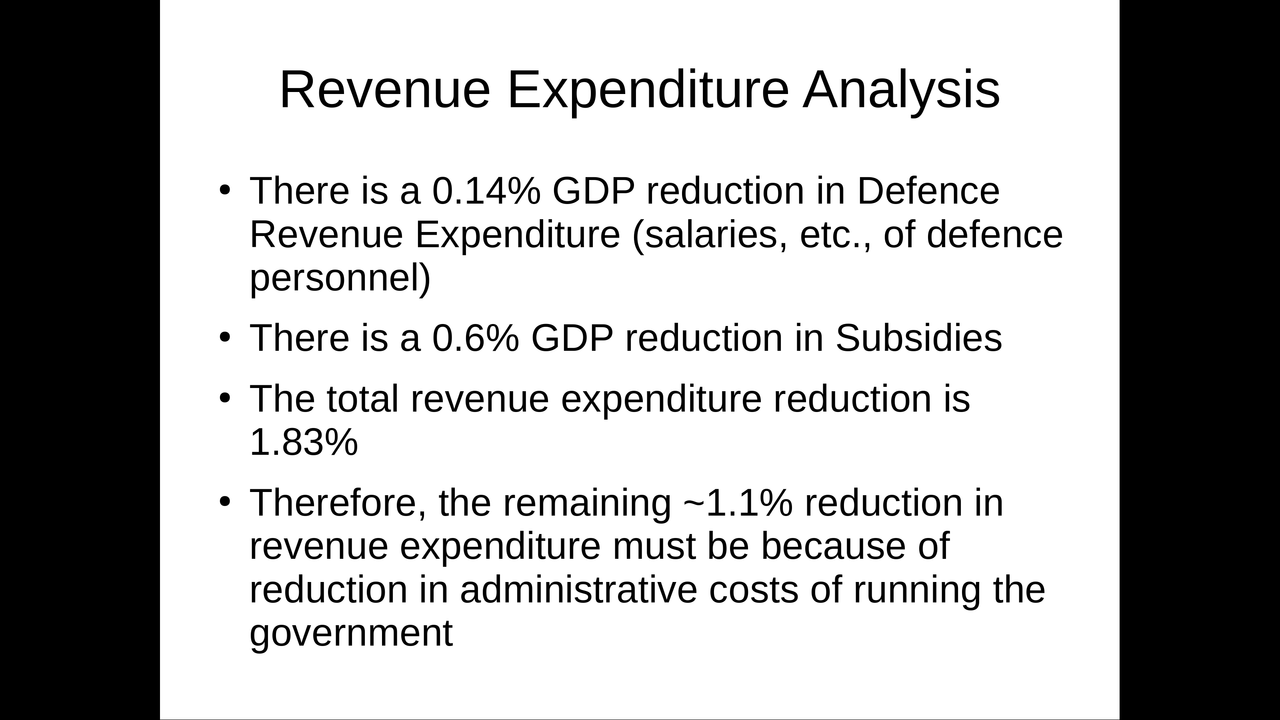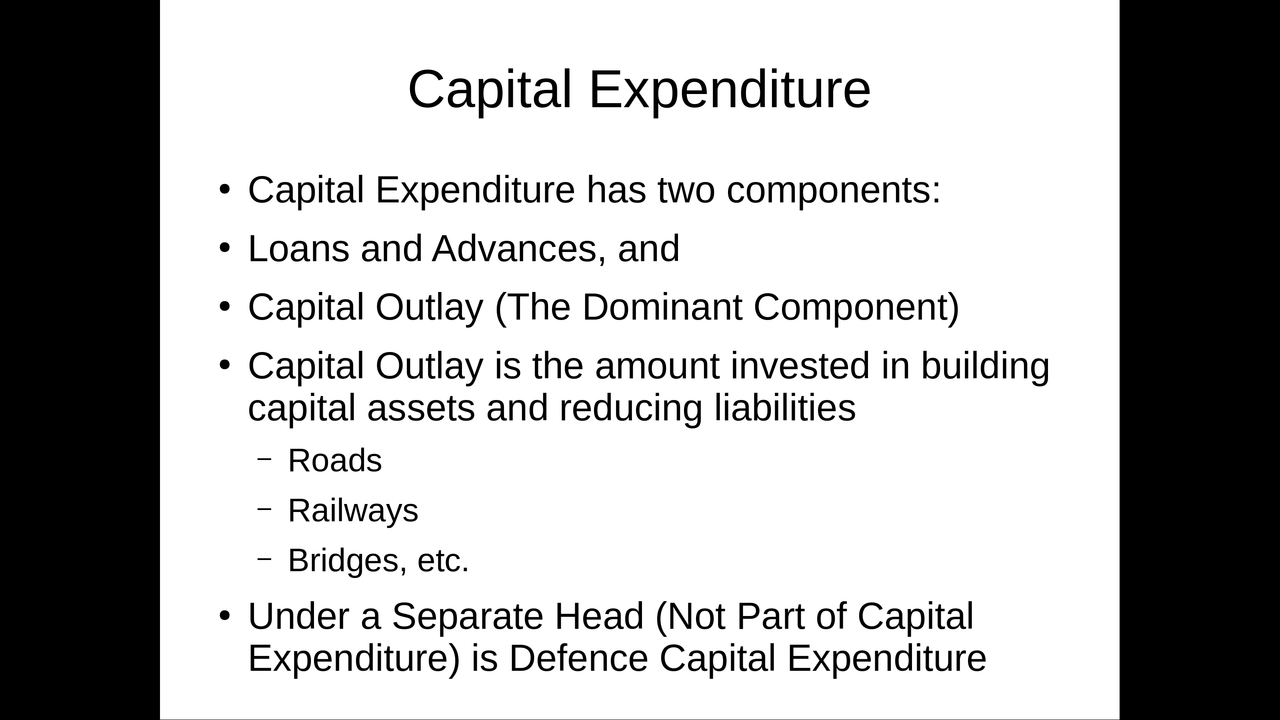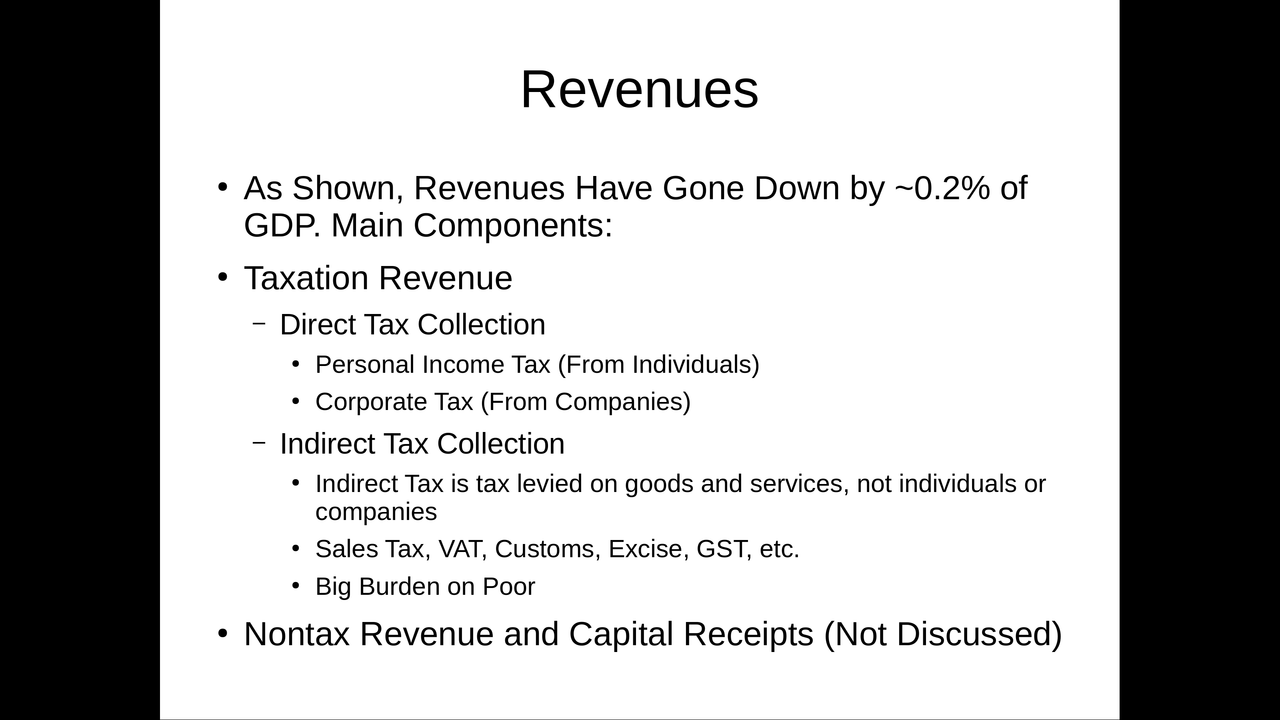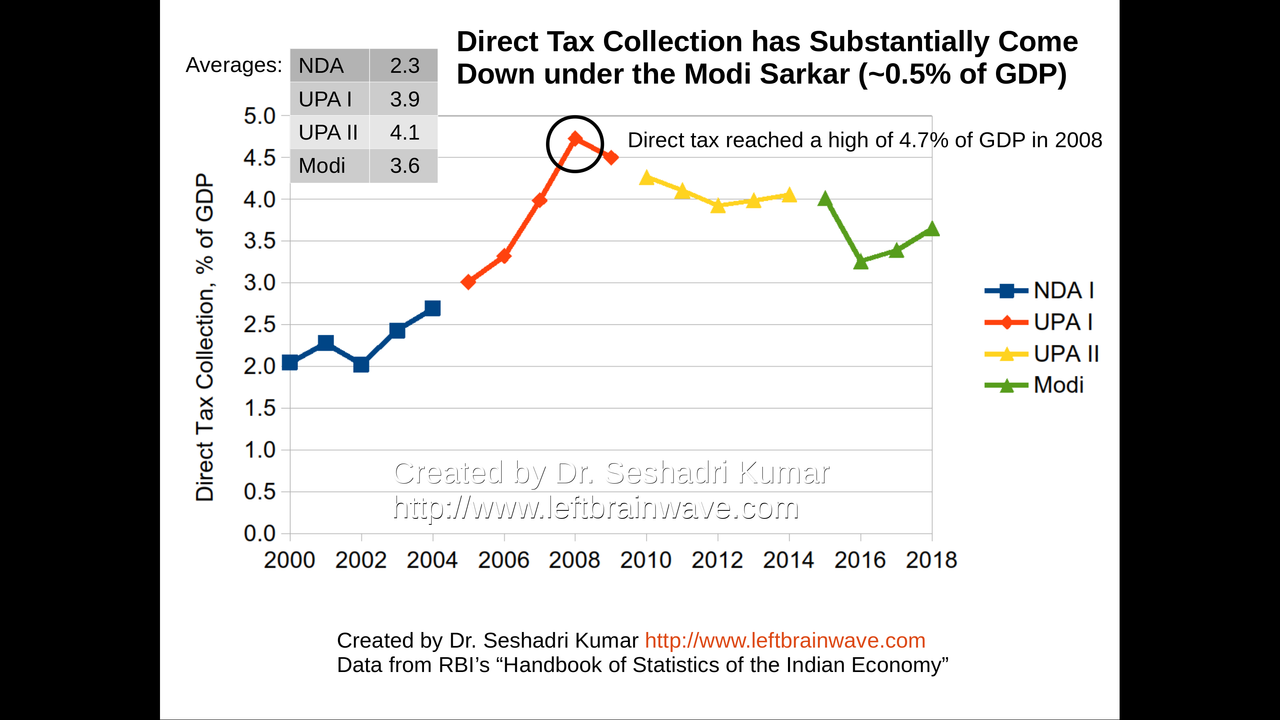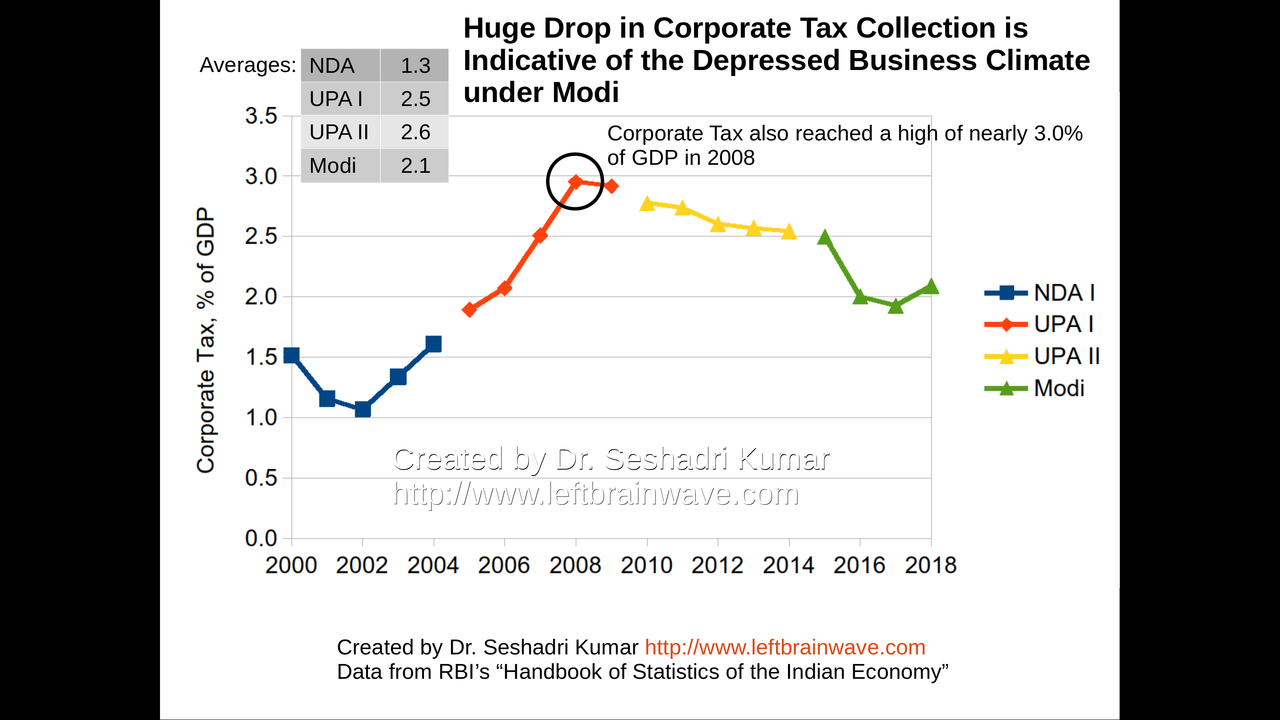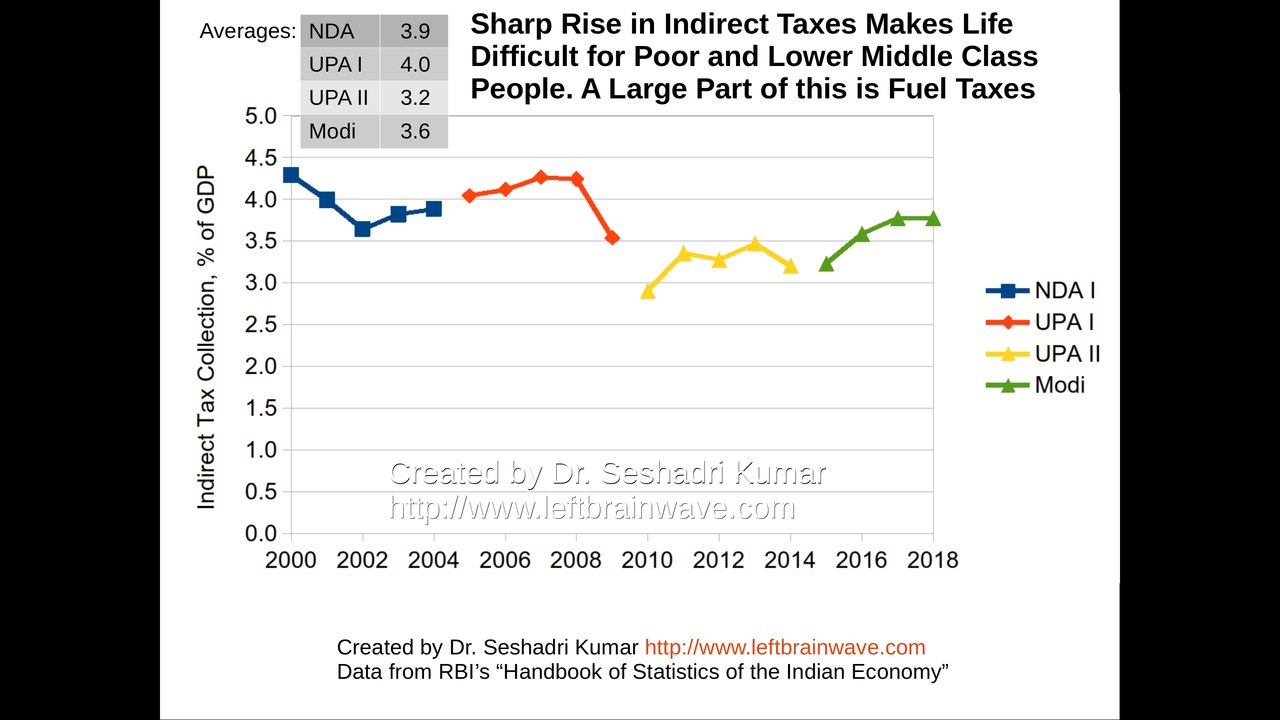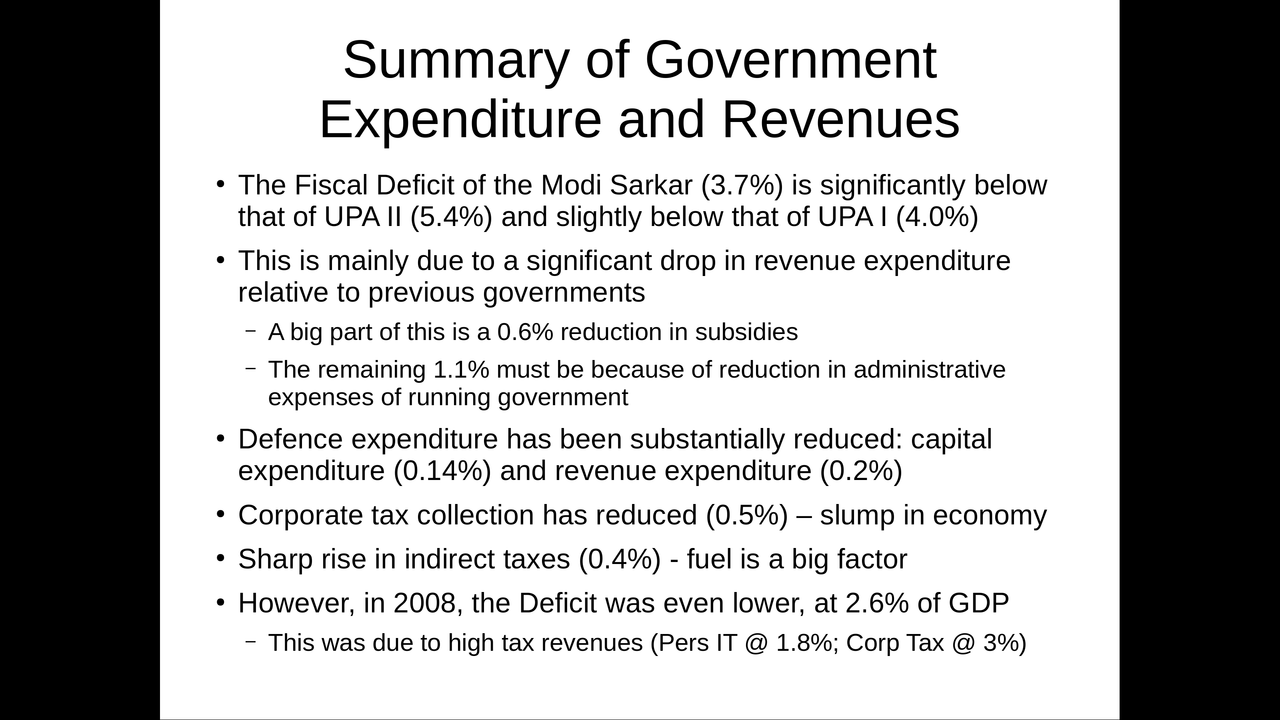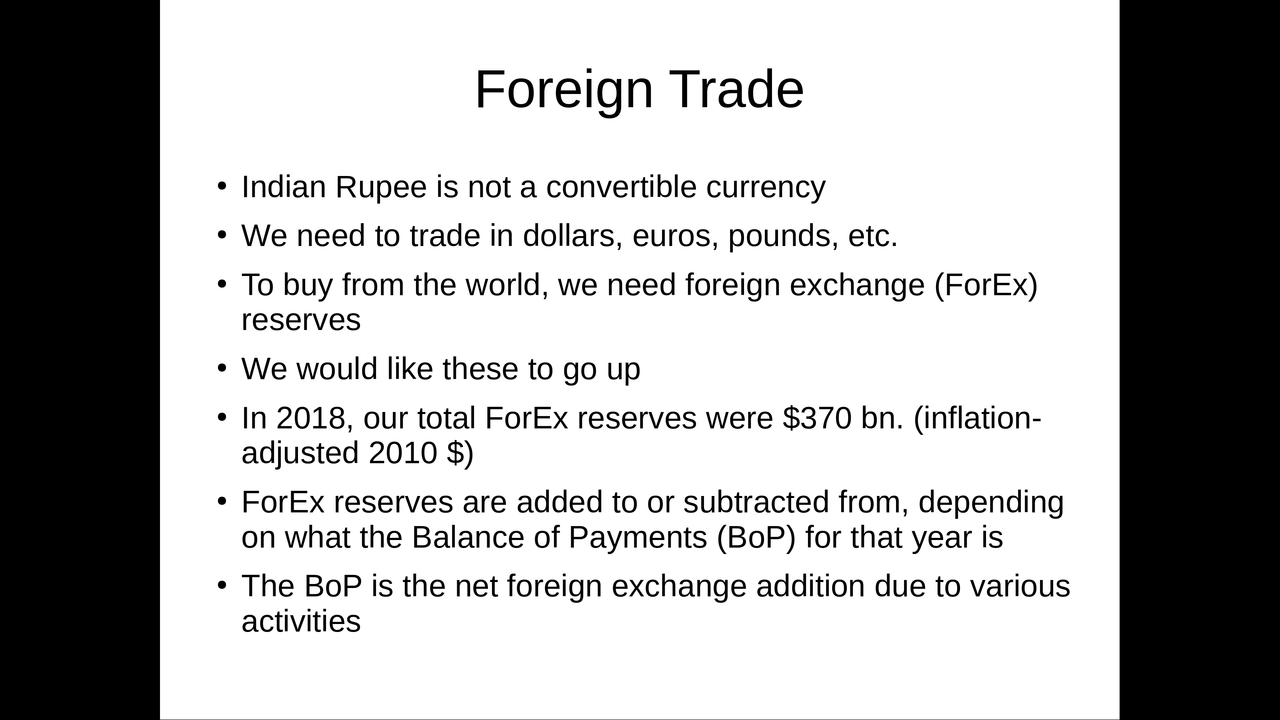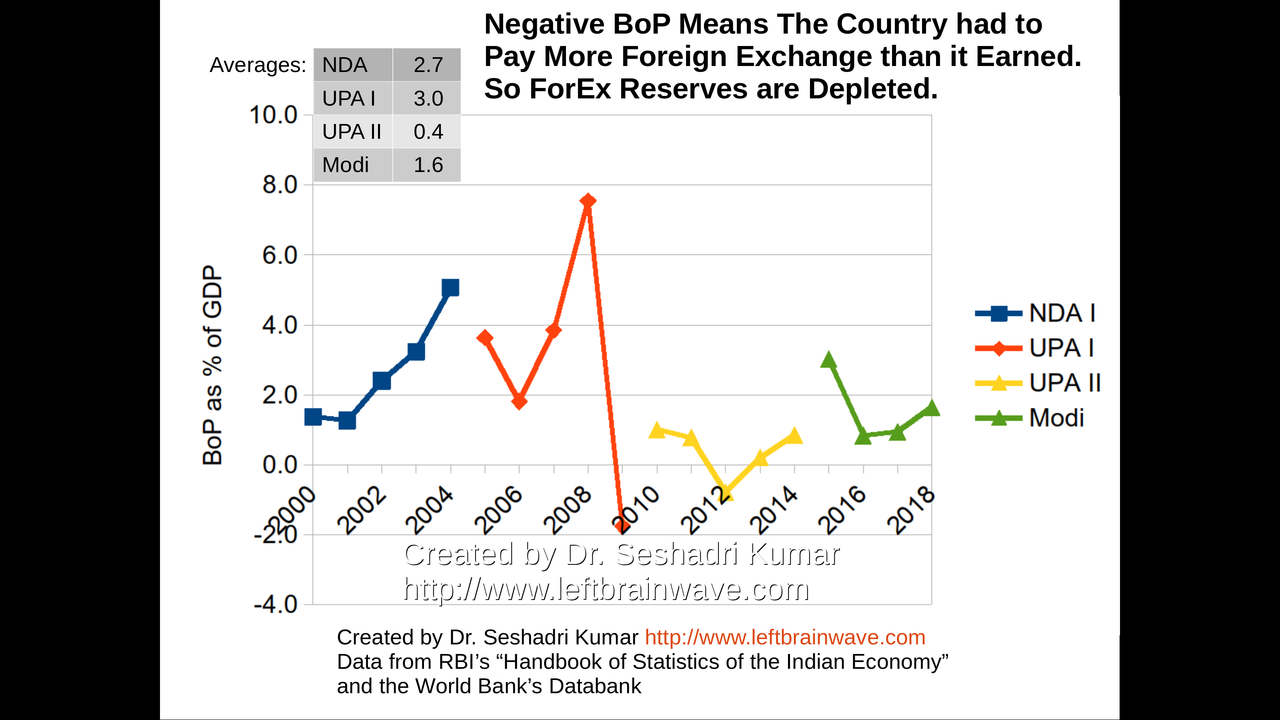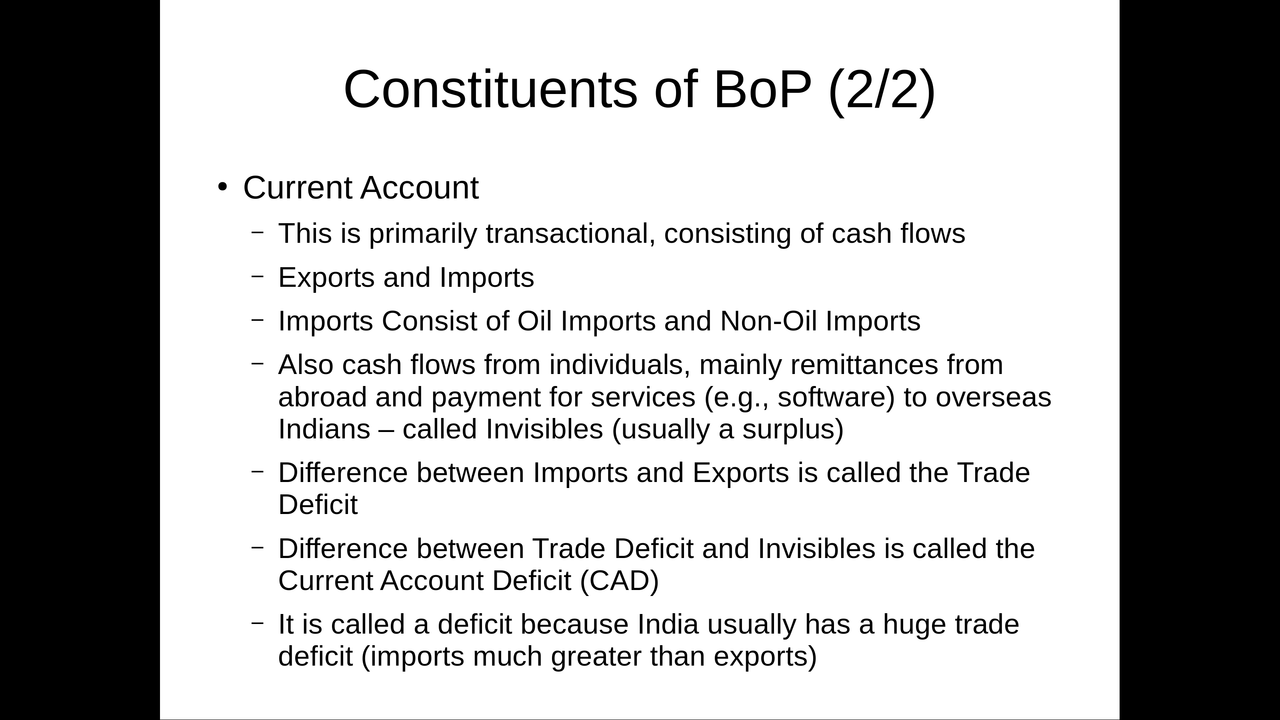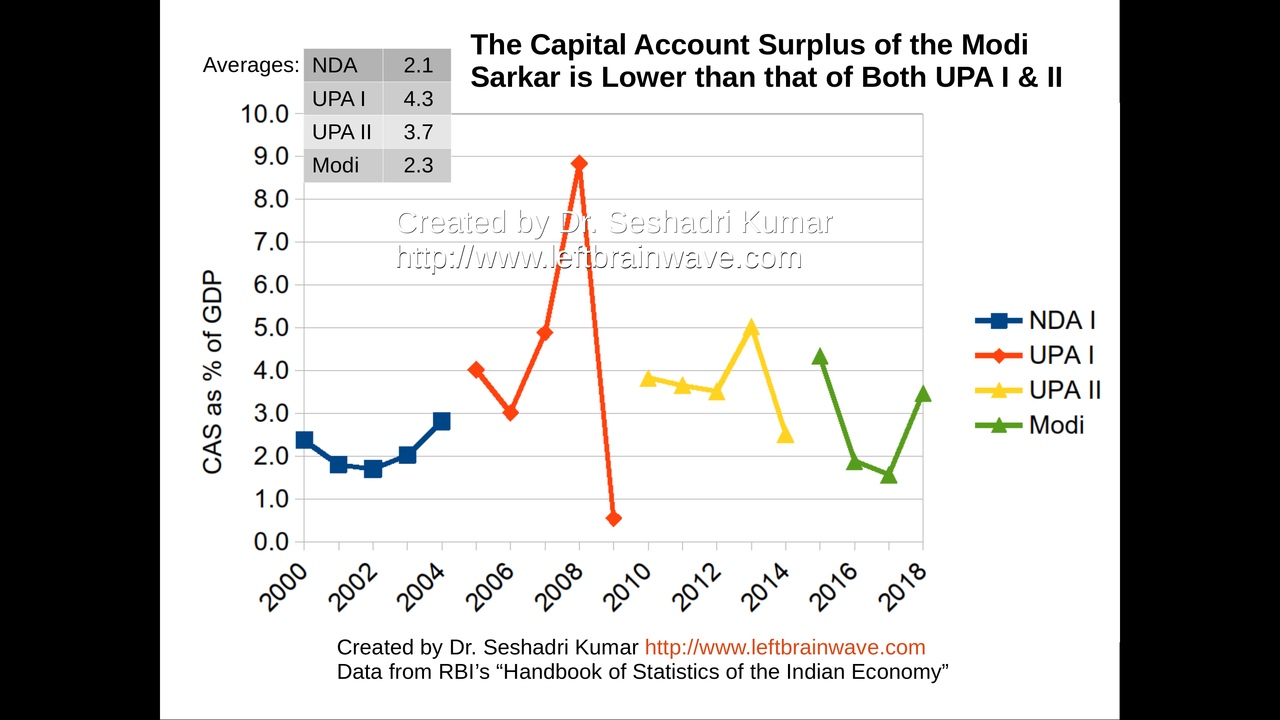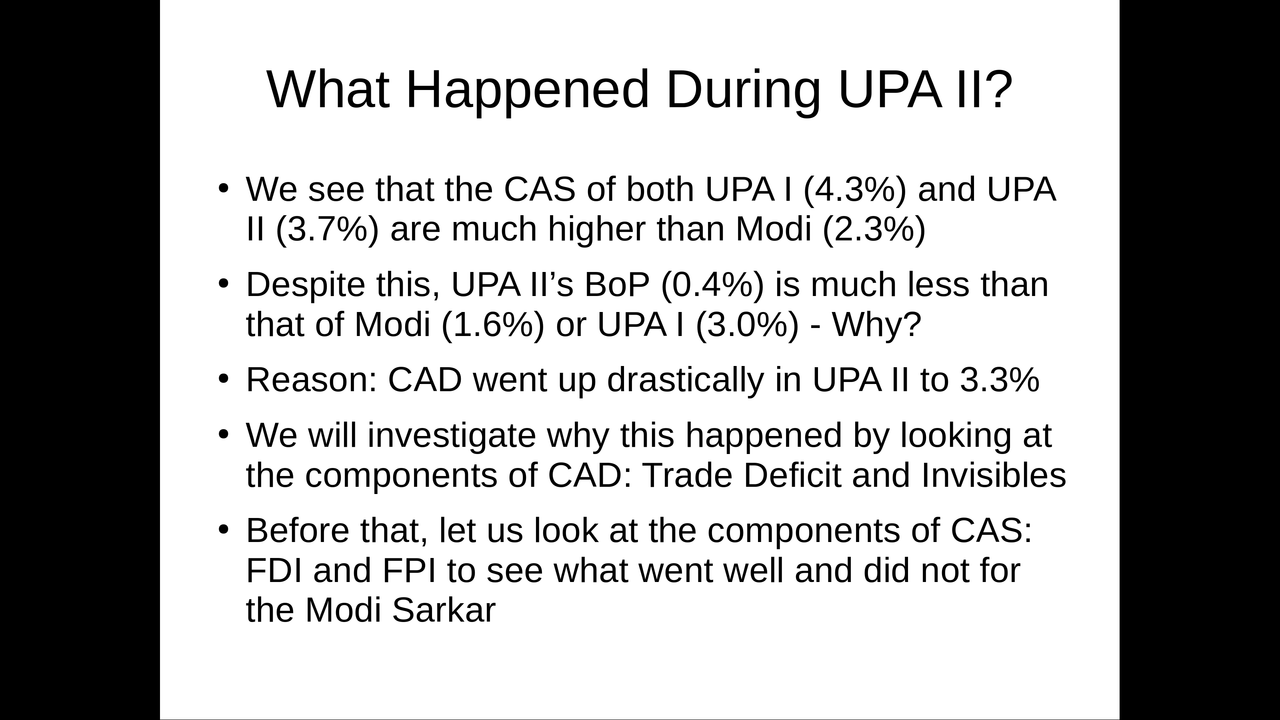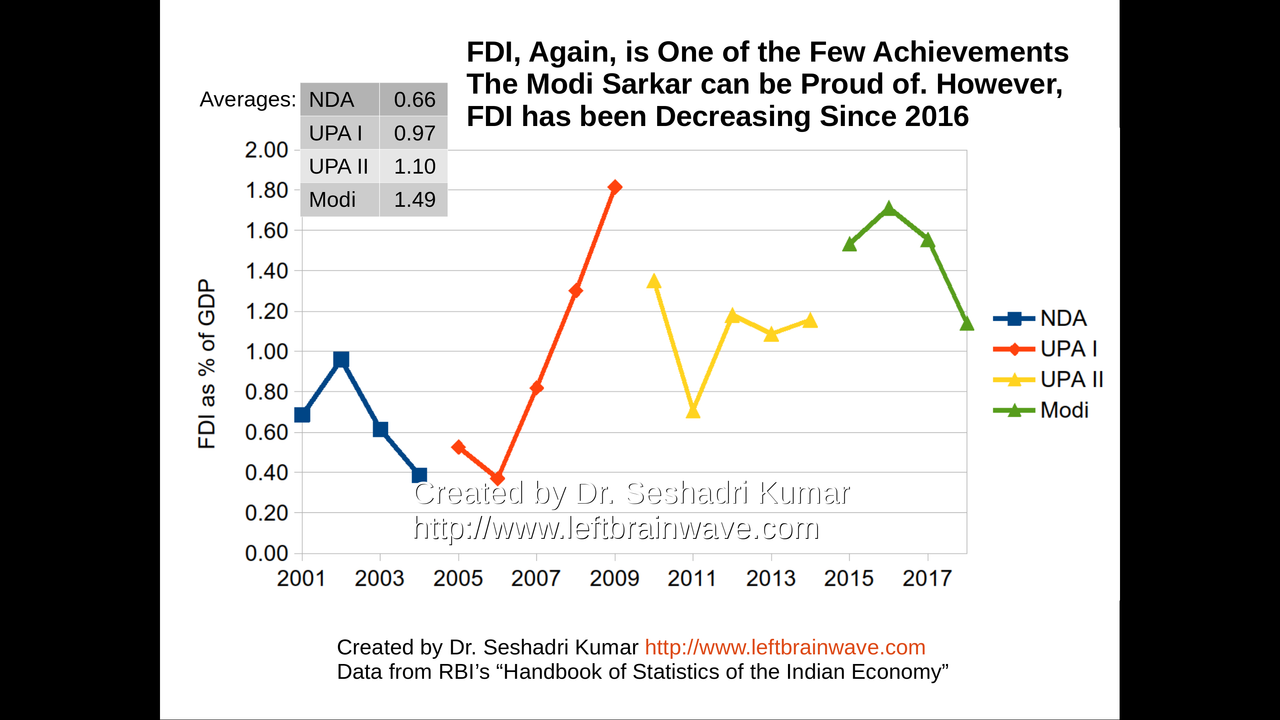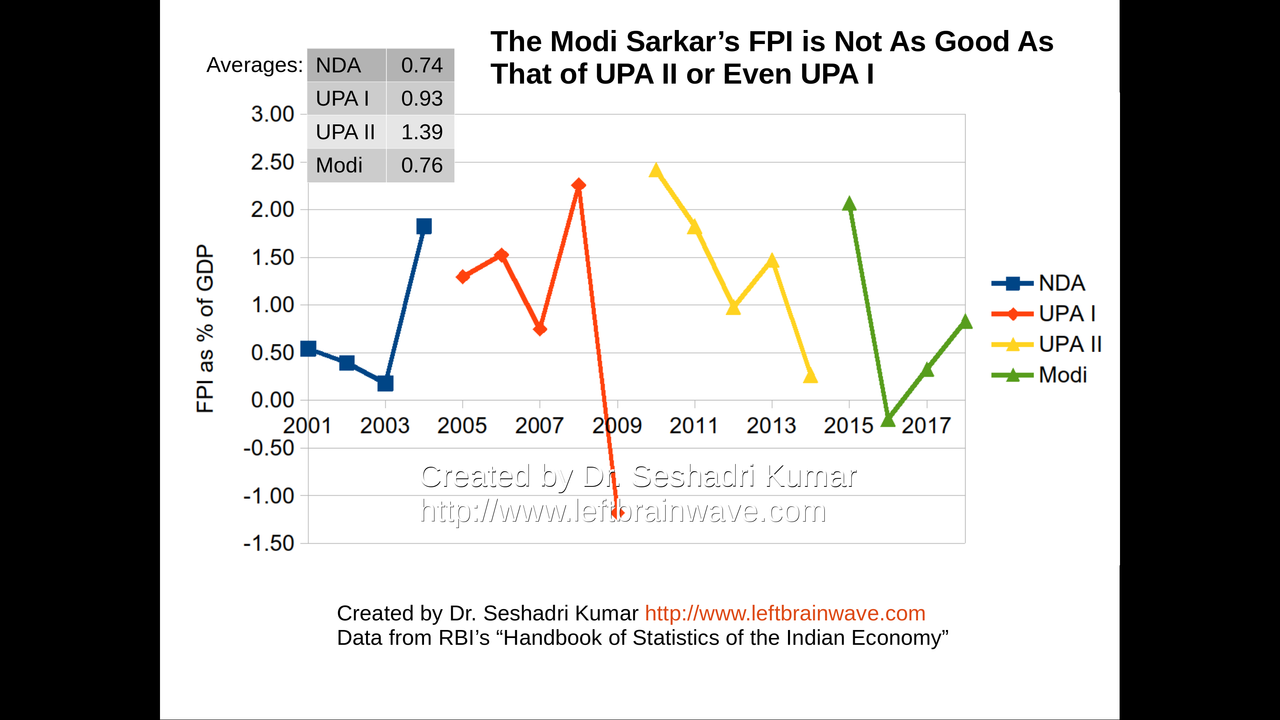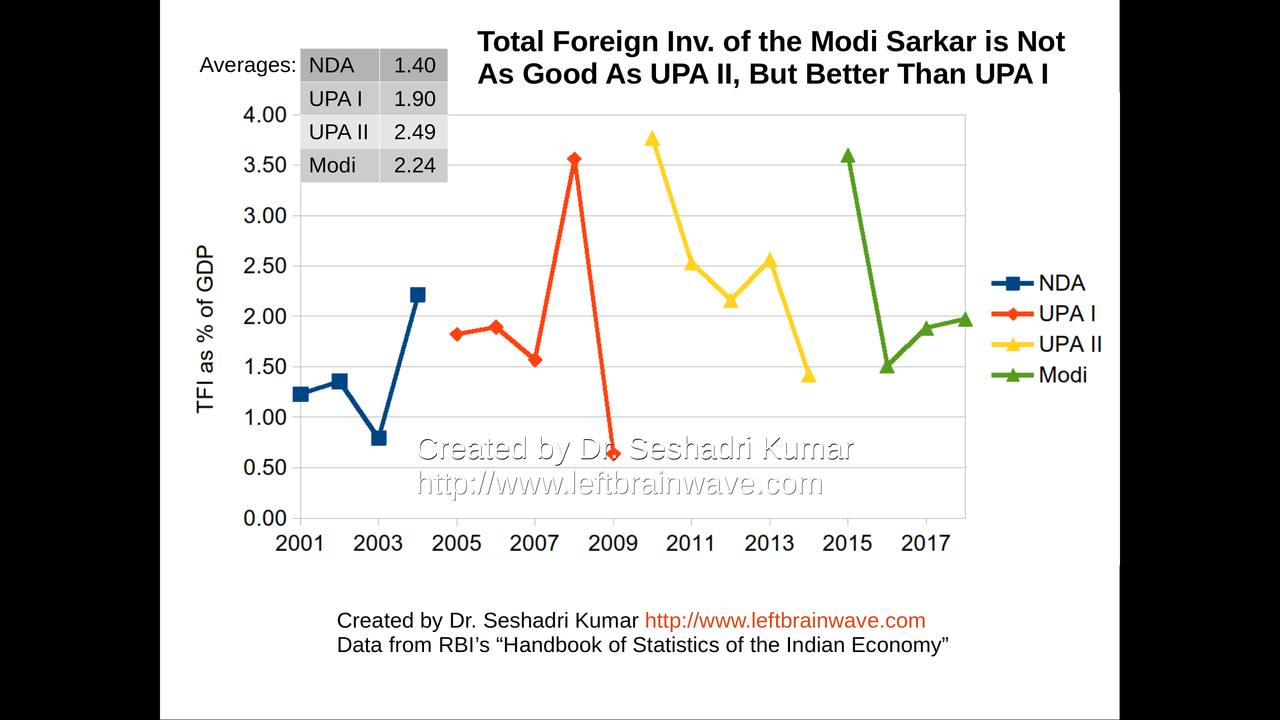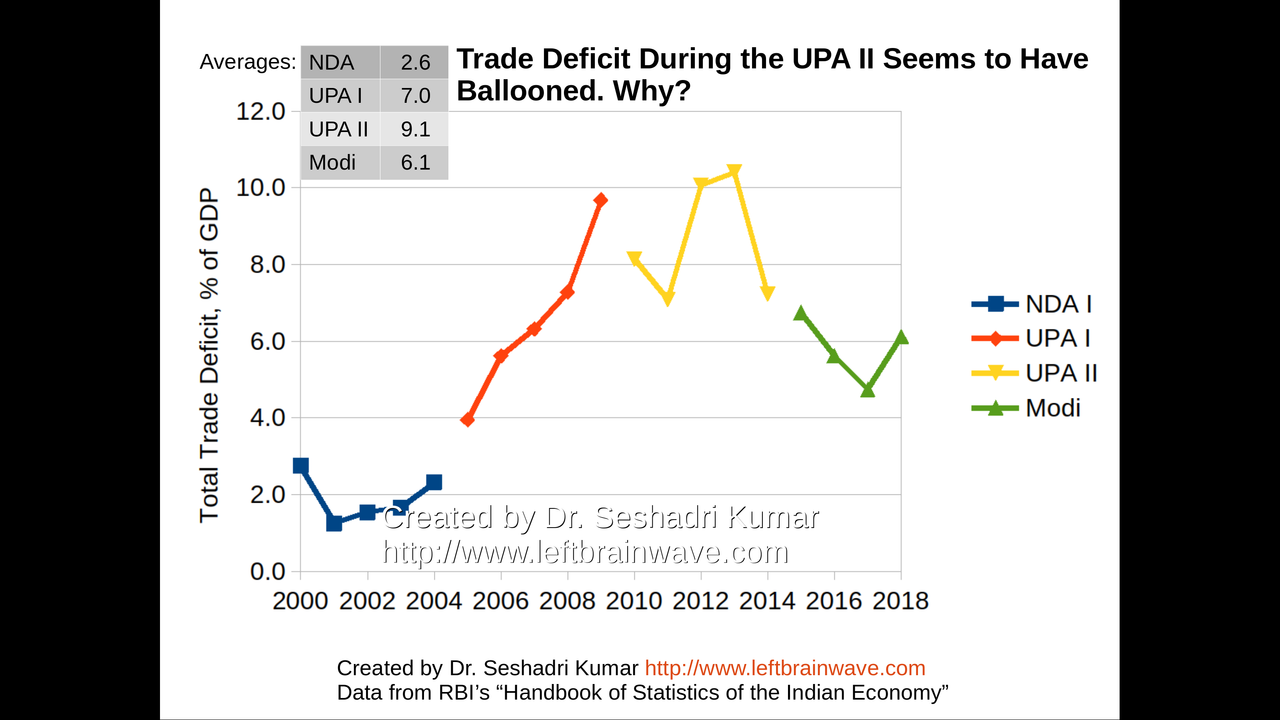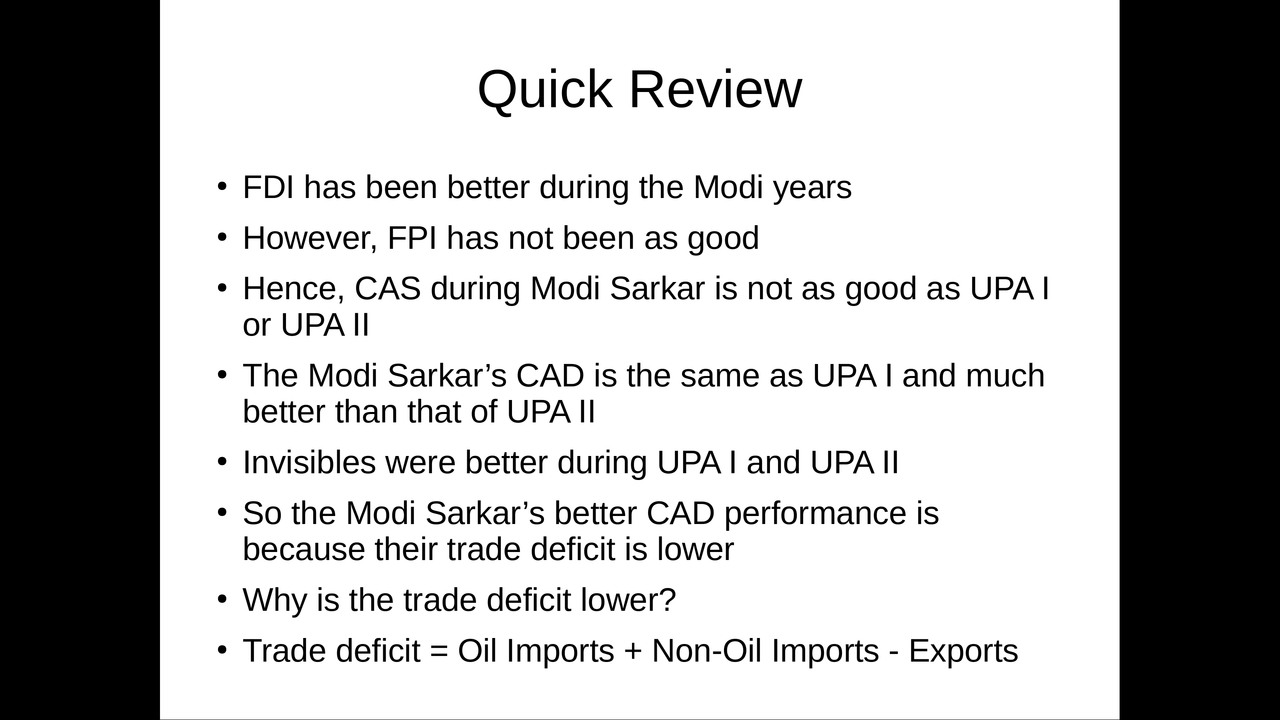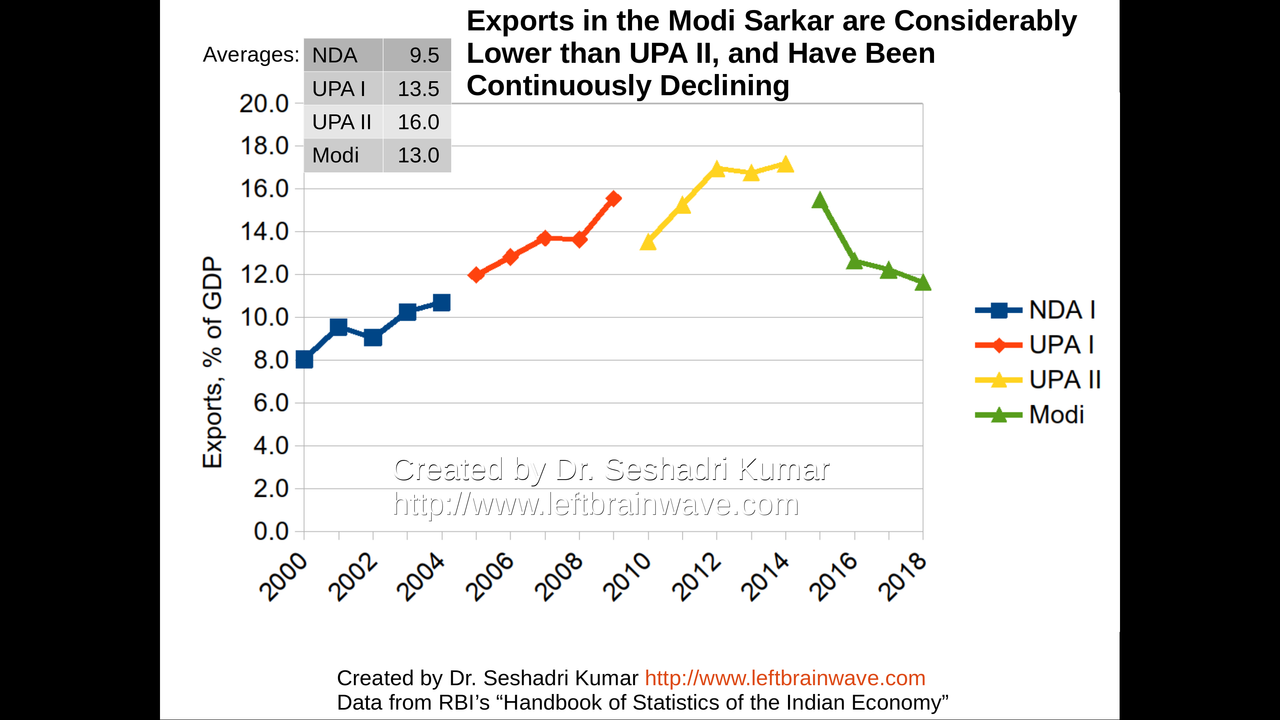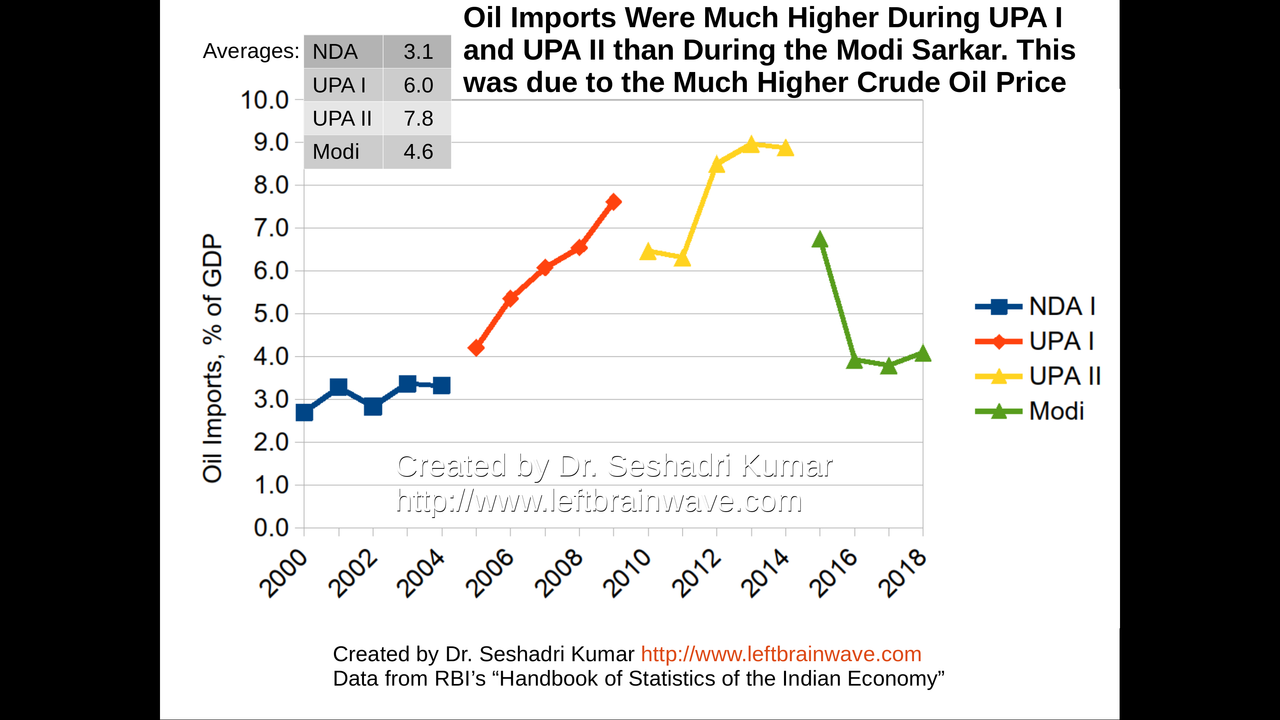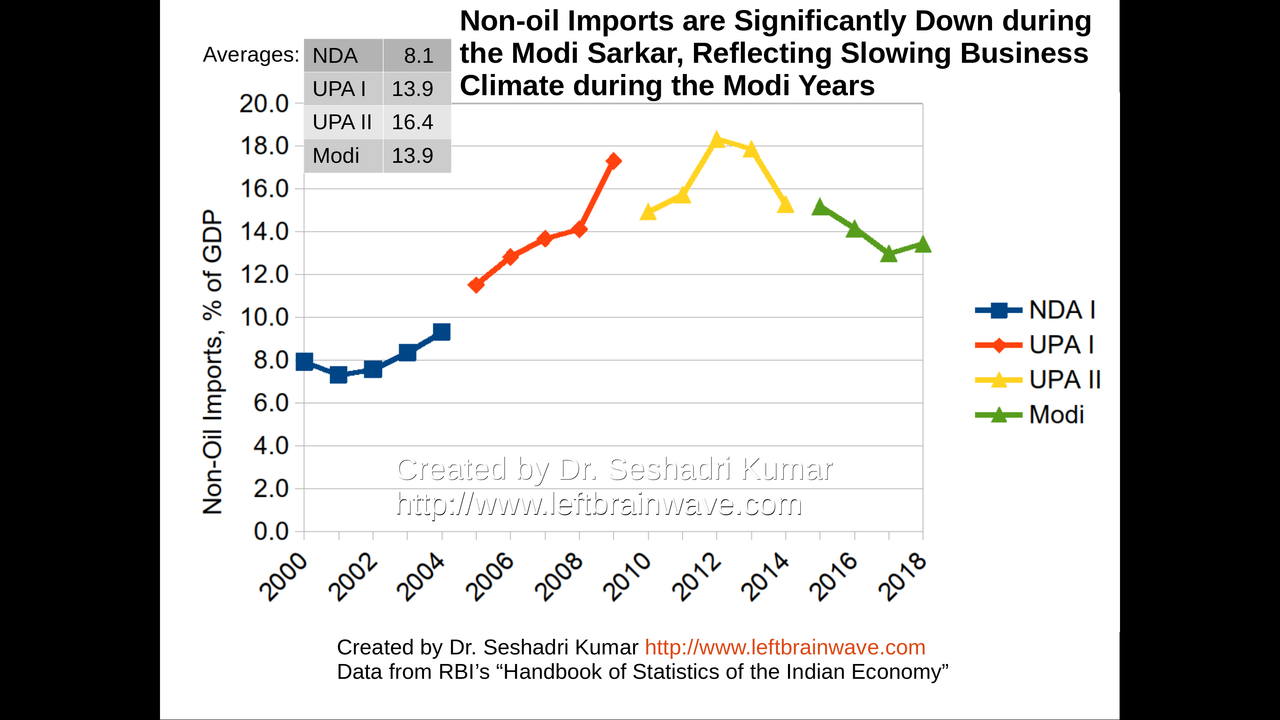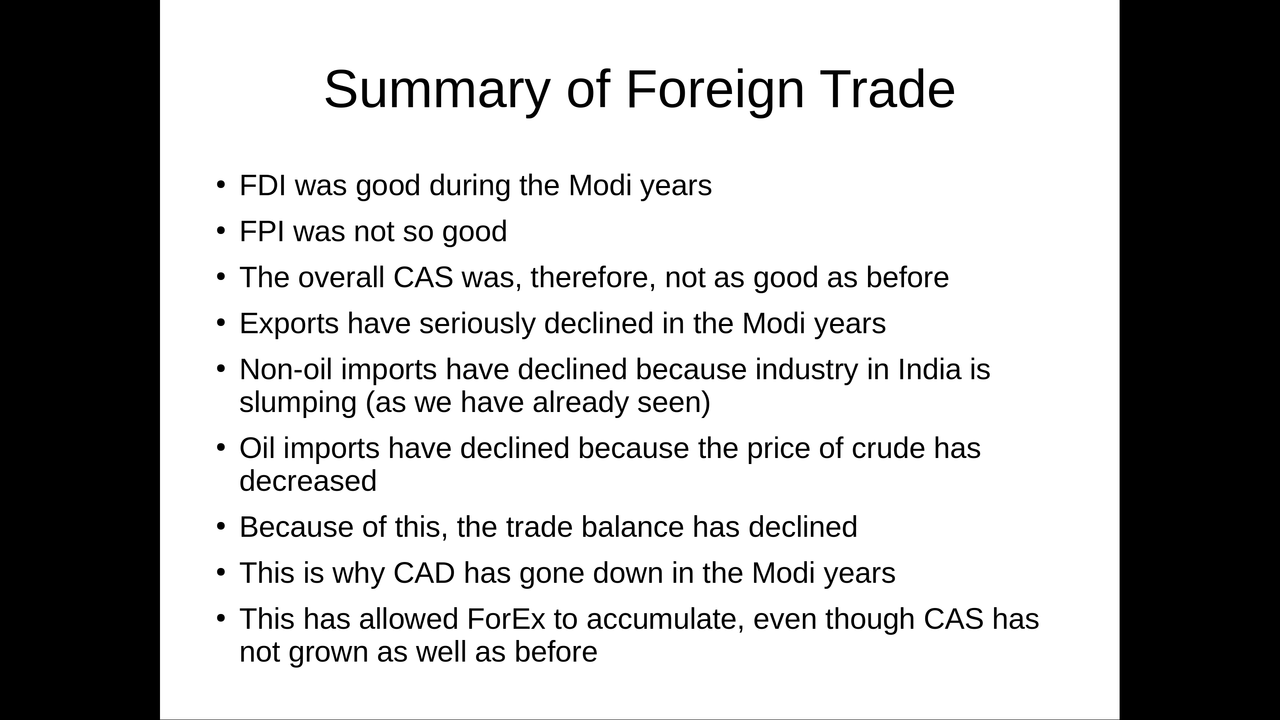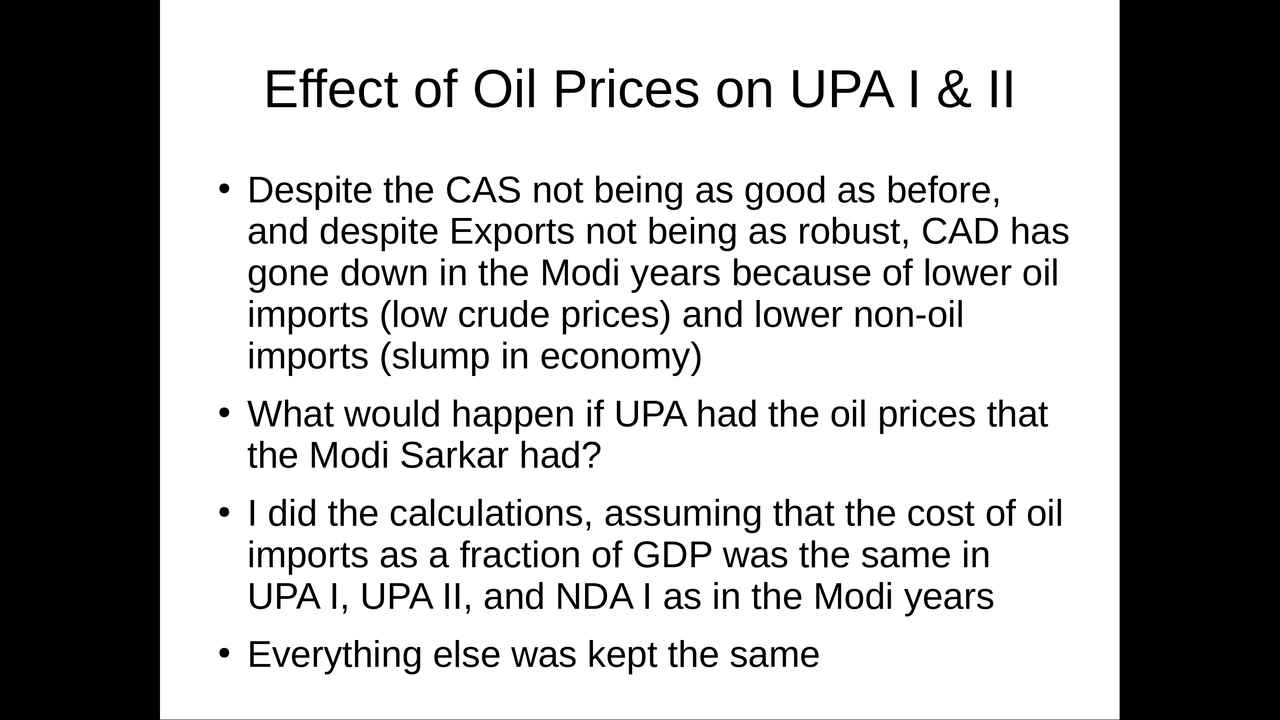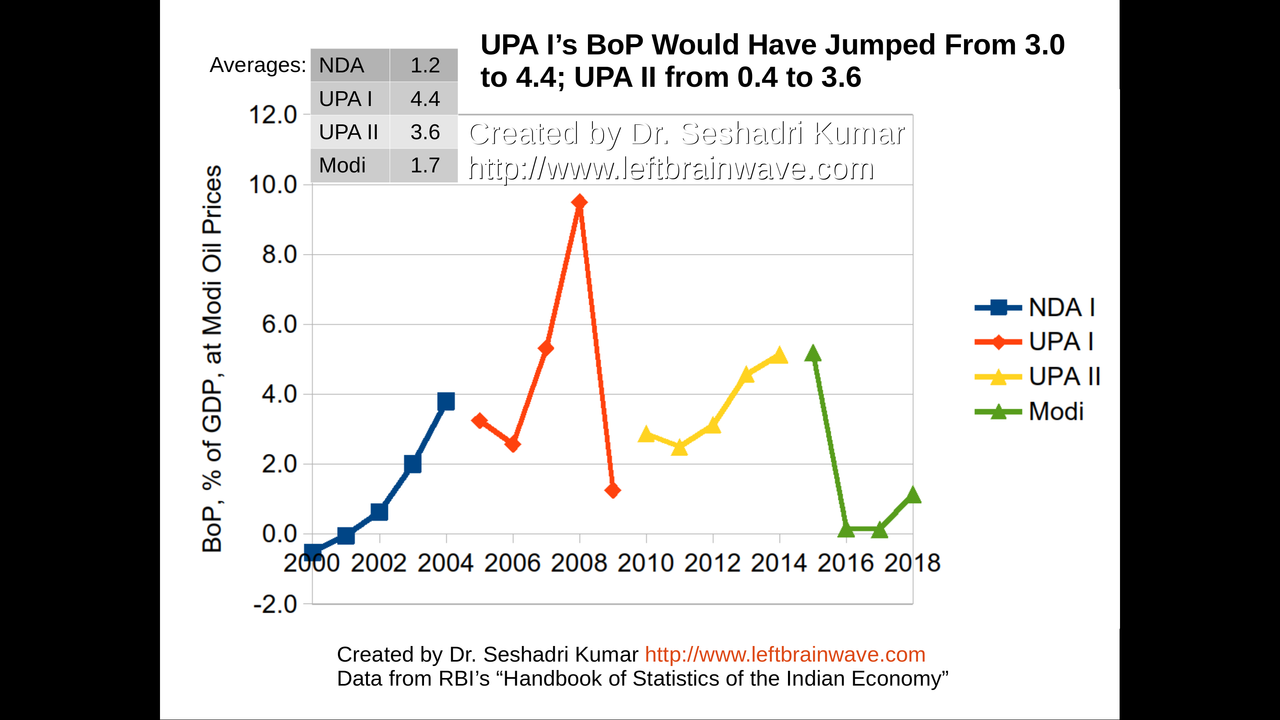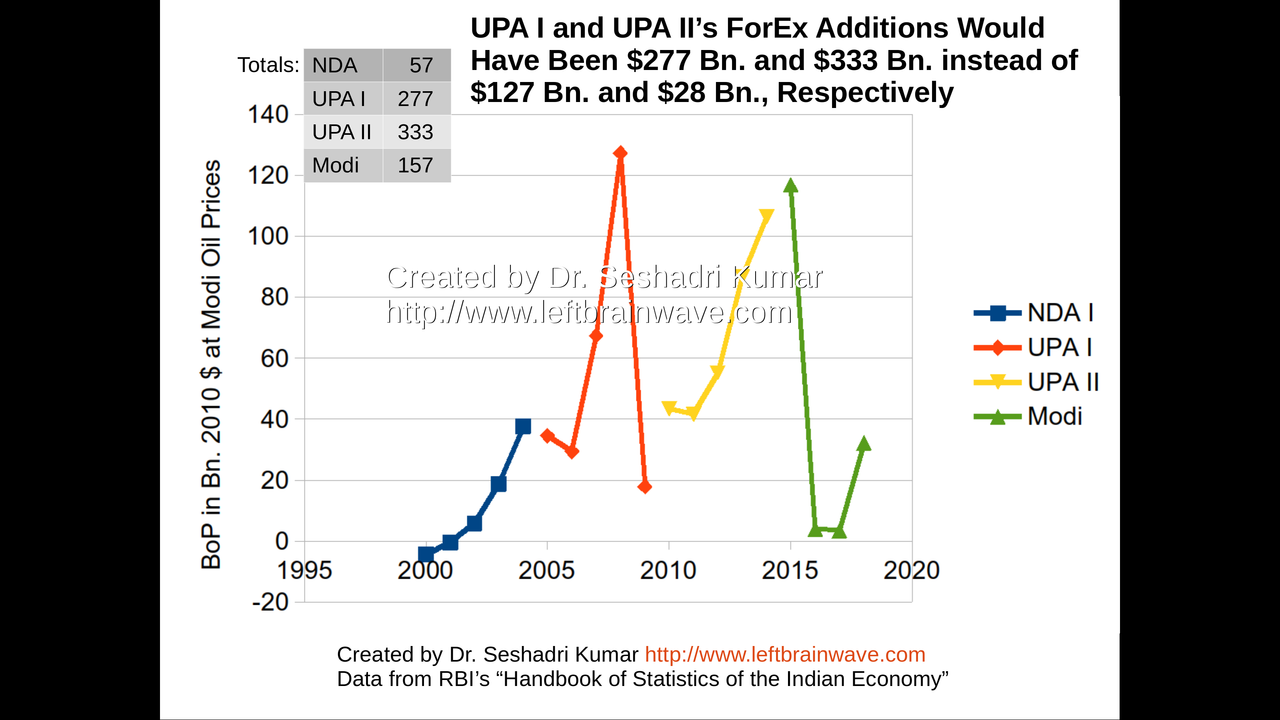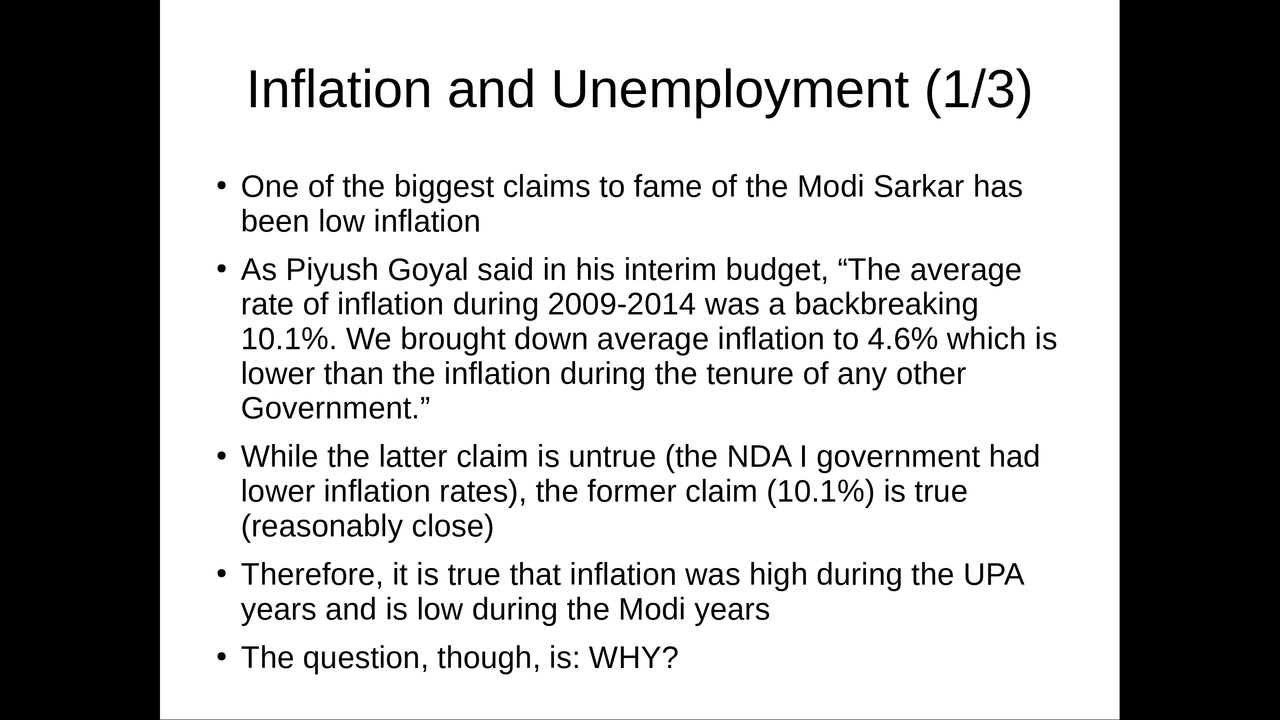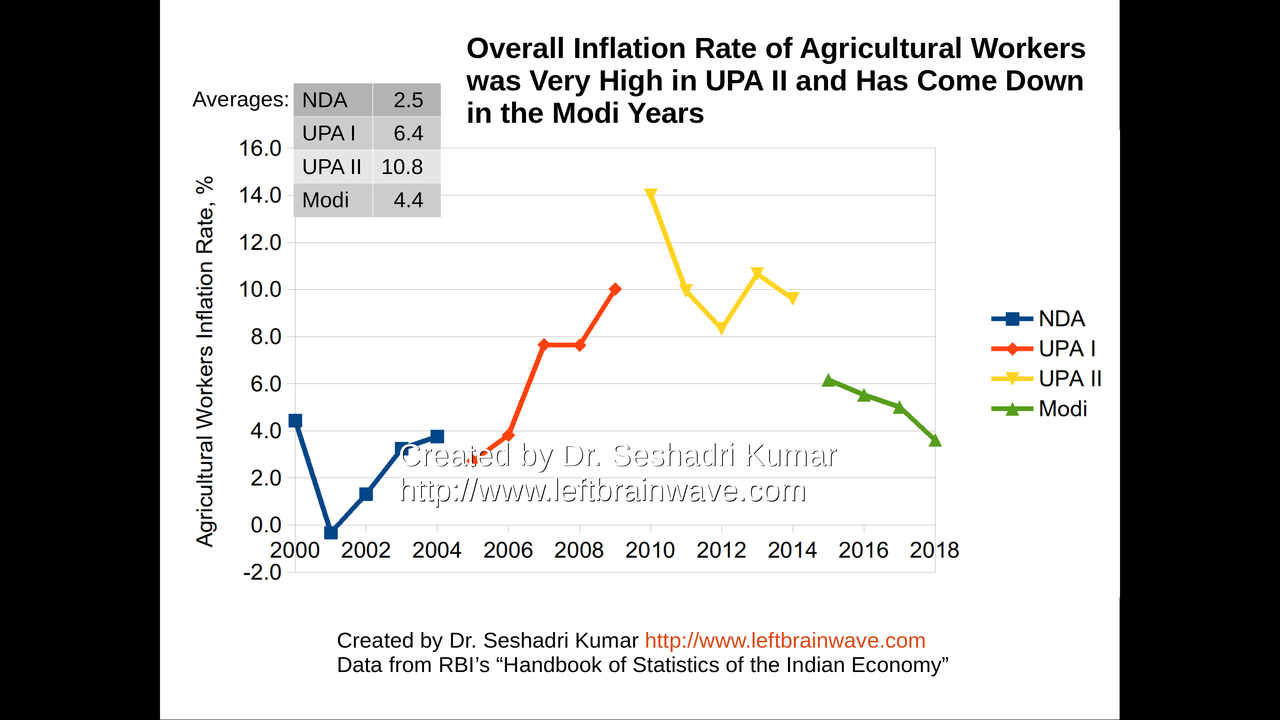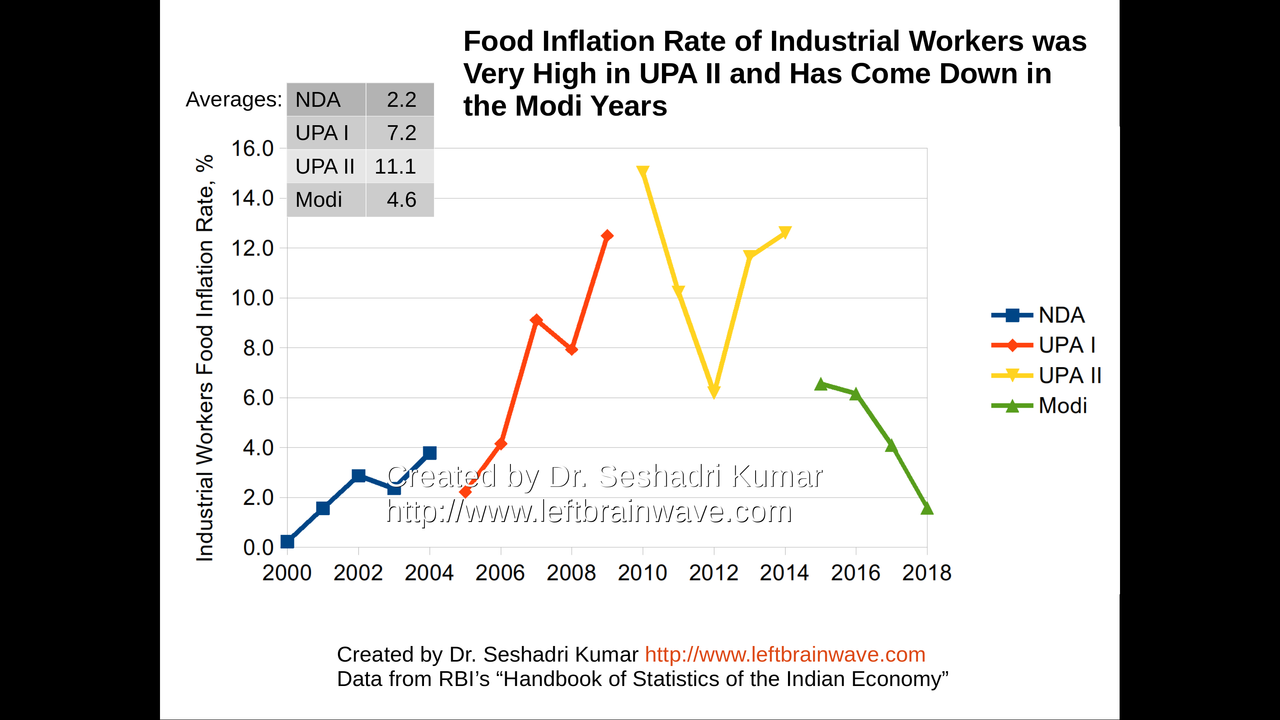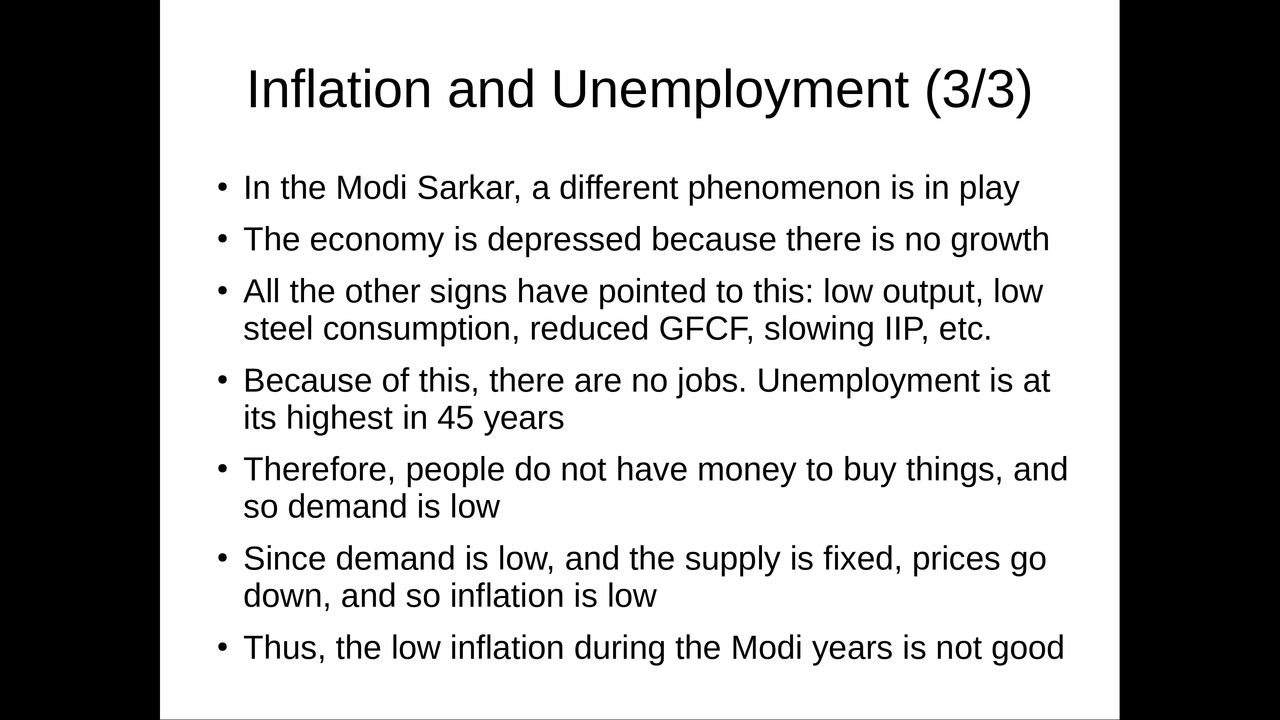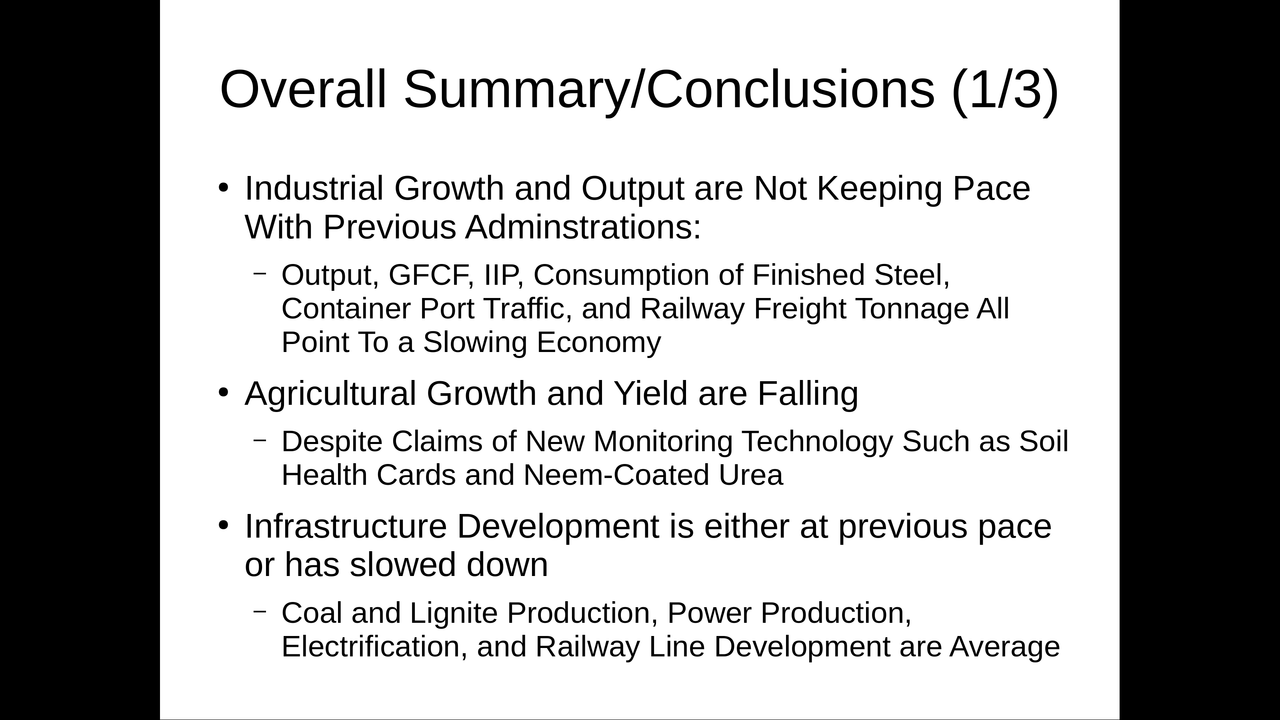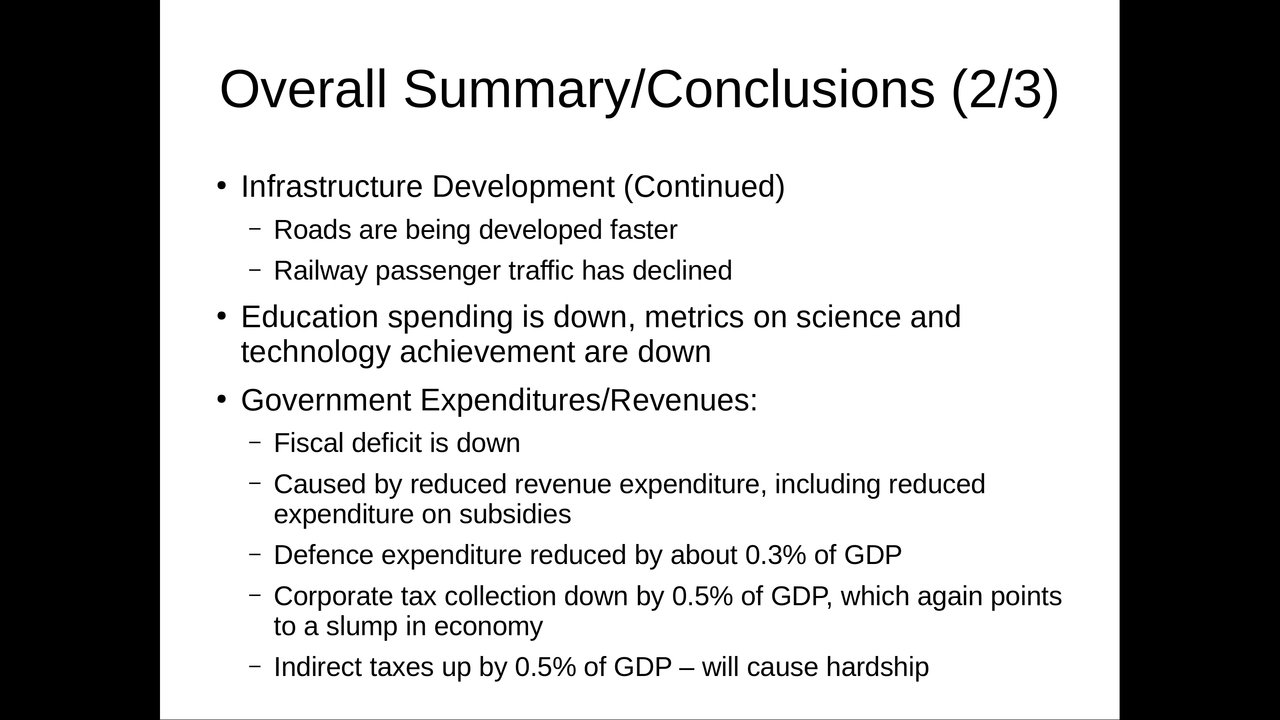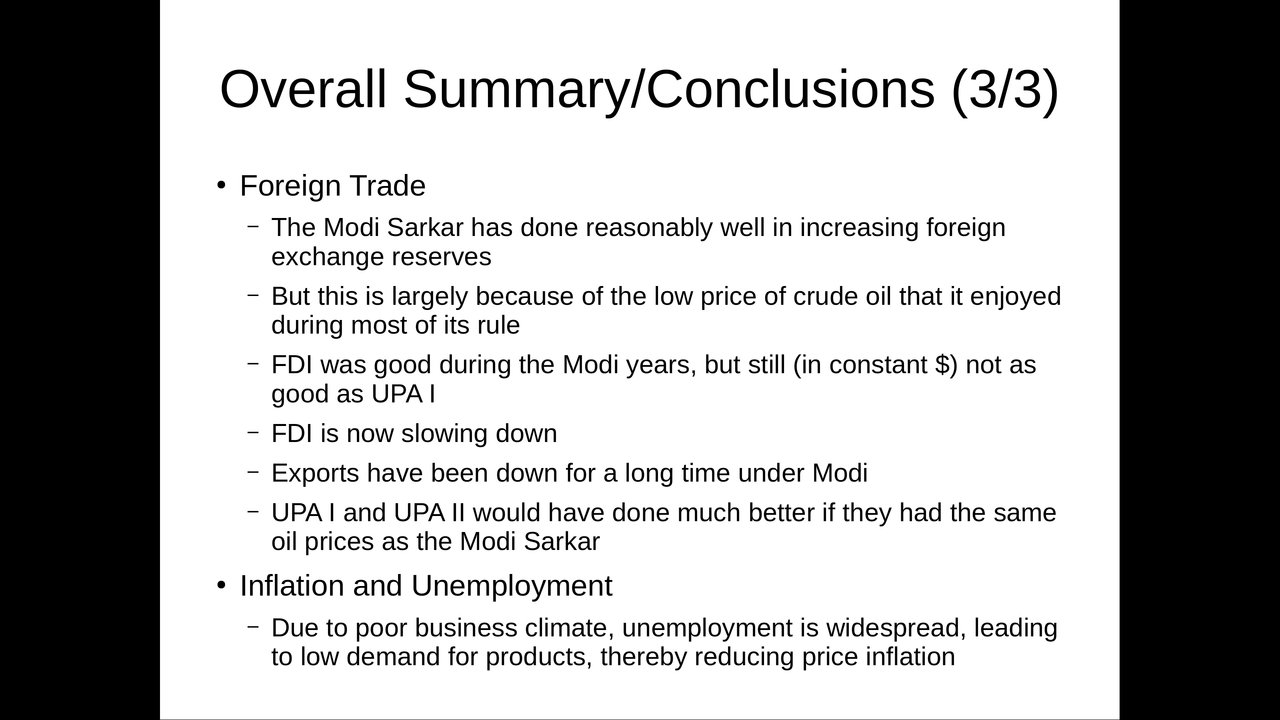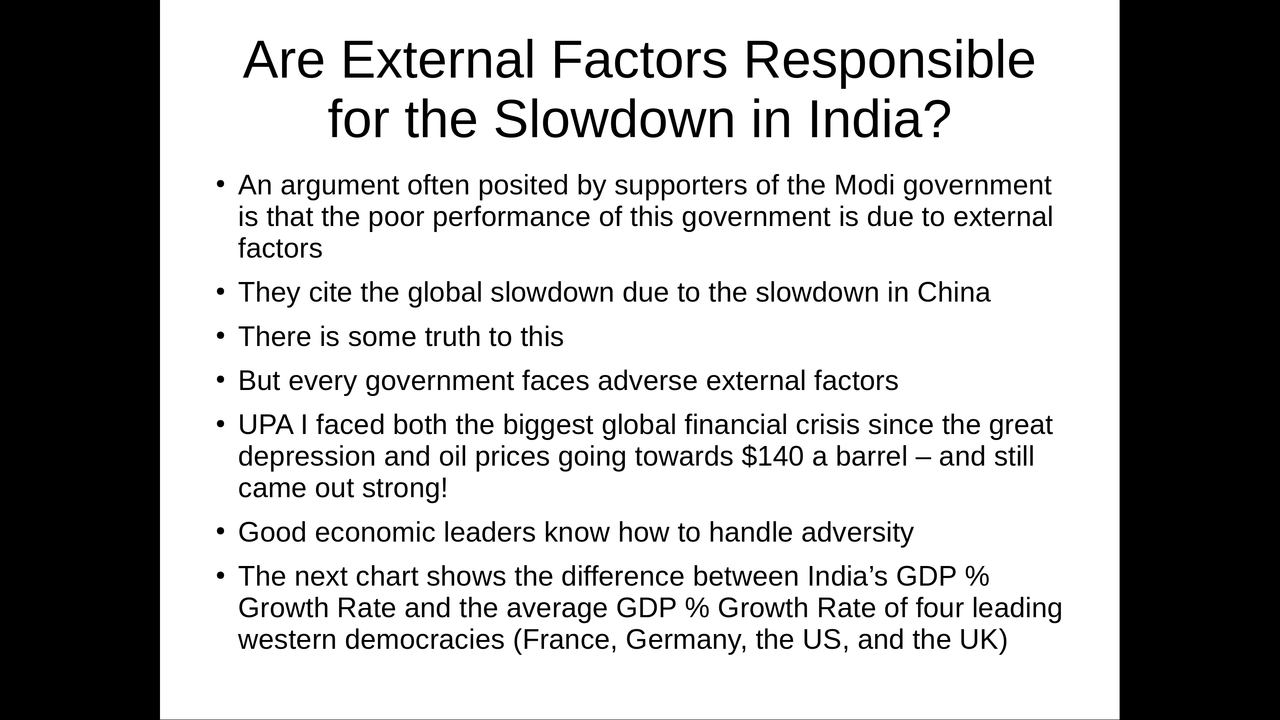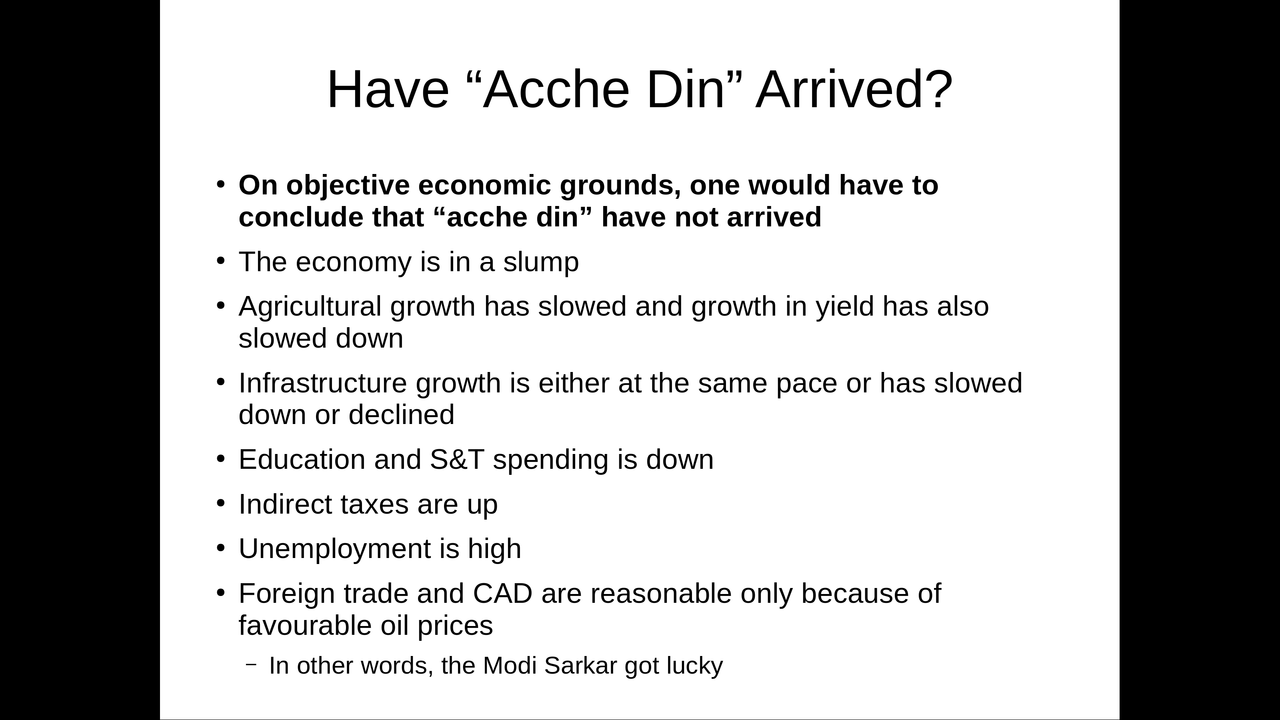The New AICTE Rules: Modi’s Newest “Masterstroke”
Abstract
The new AICTE (All-India Council for Technical Education) rules that have made good scores in physics and mathematics unnecessary for admission to engineering programs will likely lower the quality of the graduates from India’s second tier and third tier engineering colleges.
However, looking at the big picture, one can see that this development is a blessing in disguise for the Indian economy and therefore represents a “masterstroke” by India’s beloved PM, Shri Narendra Modi. This article explains how this is so. It is rare that any nation has a leader with as much foresight, vision, and wisdom as Mr. Modi. Indians are truly blessed to have someone like Mr. Modi leading us.
The New Recommendations of the AICTE
A lot of people are upset about the AICTE’s new recommendation that proficiency in maths and physics no longer need be a qualification for engineering college admission. The new guidelines have made it optional for any college to consider XIIth standard scores in physics and mathematics for admission to engineering colleges. The AICTE has said that these recommendations are not binding on institutions, but that the new guidelines are “futuristic and in keeping with the vision of the National Education Policy – 2020.”
The ostensible idea behind this is to “break down silos” between streams, so that students are not stopped from entering disciplines for which they do not have the background. But it does create concern as to whether students who do not have the aptitude for a discipline are admitted as students to this discipline. The rationale for the previous system was that students were screened at the high school level to see who among them has an aptitude for physics and mathematics, since these two subjects are the foundations for most engineering subjects, and only those who had a certain level of achievement in these subjects were admitted to engineering courses. The idea was to ensure that the student is able to succeed in the chosen discipline and does not drop out because he is unable to handle the rigour of the discipline. The new policy allows any student with any level of attainment in mathematics or physics to enter an engineering program. So someone who would previously only be eligible for an Arts program can now enrol in an engineering program.
There is nothing fundamentally wrong with this idea, but it can have some undesirable consequences, which I will get into in some detail below.
Since the new recommendations are not binding, this means that institutions with higher standards, such as the IITs and NITs, for example, can still insist on good scores in physics and mathematics in the XIIth standard for prospective students. Chances are that they will.
The real problem is colleges at the bottom of the pyramid. There is already a huge problem of declining standards among private engineering colleges. The new rules make it very likely that the quality of graduates from these institutions will fall even lower. That means that graduates from these institutions, who are already largely unemployable, will be even more so.
Low Academic Standards in Private Engineering Colleges
Having taught at a private engineering college in Bangalore (which shall remain unnamed in this post – and in any case the specific college is not important, as this is a systemic problem, and applies to most private colleges), I know for a fact how abysmal the current standards of education are in engineering in India today. Most of the students at these institutions get through 4 years by just memorizing theory the day before an exam and promptly forgetting it the day after. They are rarely asked to solve any quantitative problems in exams, as I have seen in the exam papers of VTU (Visveswaraya Technological University), the apex institution to which more than 200 engineering colleges in Karnataka are affiliated. As an example, fluid mechanics, a core subject for chemical engineering, mechanical engineering, civil engineering, and aerospace engineering, is a highly quantitative subject. In VTU, 25% of the student’s total marks comes from internal exams and assignments within the college that is affiliated to VTU and, hence comes from the faculty of that college. 75% of the total marks comes from the final exam which is is held by VTU. If you take a look at the final exam paper for undergraduate fluid mechanics in Chemical Engineering in VTU, you will find that a student can easily pass the exam without any quantitative knowledge at all. A student can get close to 100% marks in the final exam for fluid mechanics without knowing even how to calculate the pressure drop in a pipe in which fluid is flowing – the very basic qualification that a student of fluid mechanics needs. It is worth pointing out that the final exam question paper is set by faculty selected from the colleges affiliated to VTU, so this is not a paper set by an independent authority. Yet the question paper is trivially easy. This happens every year, no matter which college the paper-setters are from. This is because all the paper-setters are from colleges affiliated to VTU, and know the calibre of their students. They know that setting anything but the most trivial questions in the final exam would mean that most of the students from their own college will flunk the final exam.
 |
| Example Questions from VTU Final Exam in Fluid Mechanics. Notice the Absence of Quantitative Questions. |
Why is this the case? Because most of these colleges are driven not by the pursuit of education, but the pursuit of money. In most of these private engineering colleges, there is not a single person who cares about education. The students and the parents of the students who study there are only interested in obtaining a degree. And they are willing to pay for that, and handsomely, too. One semester fees can cost up to Rs. 2 lakhs (Rs. 2,00,000), which means that the cost of a 4-year degree is about Rs. 16 lakhs. All this is under what is known as the “management quota” – a euphemism for those students who could not get into the college purely on their merit. So a student who gets in on merit may pay Rs. 90,000 a semester, and a student who gets in the management quota may pay Rs. 2 lakhs a semester. The management only cares about getting the exorbitant fees from the students.
And when students pay so much for an “education,” they are not students, they are “customers.” And would you take money from customers and not give them their “products” (their degrees)? Hell, no. So teachers are told to set very easy questions in internal exams in colleges, and to ensure that everyone gets the minimum marks necessary to be able to write the final exam. And when students do not attend enough classes to be able to attend the final exam (VTU demands a 75% attendance), teachers are asked to teach extra classes just for those students who have been truant all year long so they can say the student attended a minimum number of classes. After all, the customer is always right.
Very few students care about education in these classes. I had only one rule while teaching: students should not make noise and disturb other students. There might be one student in a class of 40 who is interested in what I am teaching, let him or her learn. Some would try to read comics, and I would let them, as long as they read the comics silently. Some would watch football clips on their mobile phones. I had no problem with that as long as they watched it on mute. The reason for my lenience is that you cannot force someone to learn, much as you can take a horse to a river but you cannot force him to drink. My philosophy was: “Your parents are paying for this, not me. I do not lose anything if you don’t want to pay attention. You do.” I have even told them this clearly in class. The only reason these kids even attended class was because 75% attendance was a compulsory requirement to write the final exam.
So the management does not care about education, the students do not care about education, their parents do not, so whom does that leave? The teachers. The teachers try very hard to teach, but because of the diktat of setting very easy exams, the whole point is defeated. No one will prepare hard for an exam if they know it is going to be easy. Eventually, even the most idealistic teacher gives in and becomes cynical. The teachers are the one segment of the whole establishment that I do not find fault with. Most of the teachers I interacted with were quite sincere. But they were hampered by the corrupt system. And they are treated most horribly by the colleges and their management, because there is an excess supply of teaching staff, and the management can afford to treat teachers badly. In the institution I taught, there was a revolving door — every semester, some teachers from each department would leave because they got sick of the treatment they received in the college, and new, hapless ones would come in.
Consequences of the New Rules
What the new rules do is open the door to further deterioration of the already awful standards of graduating engineers in Tier 2 and Tier 3 engineering colleges, both government and private. The miserable standards of the students who exit these institutions is due to the fact that the students were hopeless and not interested in an education even when they entered the institution. Most of them joined the college only because their parents wanted them to get an engineering degree. Admit a student without sufficient mathematics and physics knowledge into an engineering course, and of course they will not be able to follow much of what the teachers in the engineering college teach. The parents will be very happy, because now there are more avenues for their worthless children to purchase engineering degrees. Their children will be even more indifferent than the students today are, and consequently will learn even less in four years than the current students do.
But the pressures in the for-profit private engineering colleges will not go away, because these colleges continue to be about buying degrees: teachers will be pressurized to give a student full marks even if, when asked about the process to make ethylene, a student talks about the glories of gaumutra (cow urine). After all, can you afford to offend or antagonize someone who is paying Rs. 16 lakhs for a degree?
It is clear that industry cannot afford to hire students who know so little. What do they do?
It is important to first reflect what these students were doing all these years. In spite of the pathetic quality of the students who are graduating from these colleges, what is amazing is that most of them were getting placed somewhere or the other. The reason for that (at least before 2017 – things have changed dramatically since then) was that India was a growing economy, and such an economy always has jobs. Most industry jobs in India do not require thinking. They have standard operating procedures (SOPs) that any XIIth class graduate can follow. In most companies with automation, one does not need to do much because the process control systems take care of much of the work. So if you knew the basic terminology of the processes, could follow a clear set of instructions in the plant (an SOP), and could use Microsoft Word and Excel, you were pretty much set as long as you could add daily production figures to give monthly and yearly totals. Most of India’s traditional engineering (hard engineering) job market is not high-tech. Other companies, including IT majors, have lengthy onboarding processes for fresh hires, where they would themselves teach the graduates how to do their jobs to compensate for the fact that the students come into industry mostly unprepared.
Of course, a degree in chemical or mechanical engineering anyway does not equip you to work in IT. So what do you do? You take a 6-month “bridge course” to learn SQL, Java, C++, or python, so that you can get a job. That is what most kids do anyway at present. Once in this class, you study harder than you did in four years of engineering, because you know you cannot get a job without this skill. And then, hopefully, you land a job as a software coolie.
Seen from this prism, the new AICTE rules should not have such a huge effect on the quality of our workforce. Most of their education happens after they have graduated. After coasting through 4 years of college partying, students are finally forced to confront the real world, and now they start adapting and working. They take special courses to learn specific skills so they are finally marketable.
The “Masterstroke”
With all this background, one can now understand the majestic vision of Modiji.
Think for a minute from his point of view. India has suffered terribly because of the pandemic. Our quarterly growth rate in the April-June 2020 period slipped to -23.9%, the lowest in the world. People have no money, they are starving. Something has to be done.The PM also faces a huge challenge of generating employment. Lots of people have lost jobs. And with the economy shrinking, the number of jobs available has also shrunk.
Educational institutions have been among the hardest hit by the pandemic. Most of them have had to close down because they were based on a face-to-face teaching paradigm. It has taken them time to move to an online education delivery system. But that mechanism is not perfect. In fact, it is decidedly inferior to a face-to-face system of teaching, because of the lack of feedback: you have to mute the microphones of all the students when you are teaching, otherwise the feedback would drown out what you are saying. Plus, you cannot conduct laboratories virtually. This has caused huge losses for academic institutions.
So Modi needed to do something that both provides jobs and revives educational institutions. The new AICTE rules do exactly that.
With the new rules in place, engineering colleges can take students with very poor entry qualifications and promise them degrees. Of course, since their qualifications are so bad, the colleges get to hike the fees for them. That is, if the students who come on merit used to pay Rs. 8 lakhs over 4 years, and the current “management quota” students who come in based on poorer but acceptable mathematics and physics scores used to pay Rs. 16 lakhs over 4 years, you can easily charge Rs. 25 lakhs or Rs. 30 lakhs for someone who knows nothing about mathematics and physics but wants an engineering degree! This should immediately make educational institutions profitable again, given the great demand for engineering degrees in the country.
But of course, a student with little affinity towards mathematics and physics is unlikely to absorb much in 4 years in engineering. So, if the current “management quota” graduates of engineering colleges have a tough time getting a job, these “super-management quota” students are probably only fit to do a “paanwalla” (betel-leaf seller) job after they graduate.
That’s where the second part of Modi’s masterstroke comes in. Since these students do not really know any engineering, they will need special coaching if they want to get jobs in engineering. So there will be a huge demand for post-engineering degree coaching classes in engineering subjects. In every branch of engineering, if the students wish to continue with their specialization, they can take classes specific to the skill that they will need in a job in industry. If they decide to move towards IT, they can take classes in python, image processing, embedded coding, computer vision, web development, data science, machine learning, blockchain, or any similar domain. To be sure, courses of the latter kind already exist, but the generation of huge numbers of incompetent engineering graduates will give a huge fillip to such coaching classes.
This will unleash a huge demand for good coaches all over the country. Competent engineers can teach engineering graduates the subjects they were supposed to have learned in 4 years but did not. Experienced professionals in IT and other lucrative domains, who are out of a job, can teach professional subjects like R, python, data science, web development, and the like.
It is quite a different question whether learning any of these subjects will actually help people get a real job. The current employment statistics in India are fairly dismal and unlikely to improve even in the medium term. But hope lives eternal in the human breast, as Alexander Pope said, and so people will sign up for any training that can improve their competitive edge. In fact, if the economic situation worsens, there will be even more demand for up-skilling, and so the coaching profession in India will be virtually recession-proof. When there are very few jobs, there is really no option for young people except to improve their skills to beat the competition.
One might ask what people who have all these skills can do in a job market that is pretty bleak. What do they do after gaining these skills, given that there are no jobs to apply these skills in? The answer: coaching! Given that the demand for coaching has to rise in a bad economy, those who have mastered skills can teach others. This will also lead to the grand success of one of PM Modi’s flagship initiatives, “Skill India.” We will slowly but surely have a nation full of skilled people who are constantly improving others’ skill levels! In short order, probably within a decade, all of India will be completely up-skilled!! What then, you might ask? Well, not everyone will be equally skilled in everything. So someone who is skilled in chemical engineering can teach chemical engineering to someone who is skilled in data science, and vice versa, until all 1.3 billion Indians will be skilled in everything. Most likely, this will lead to a mention in the Guiness Book of World Records as well a certificate from the UN certifying India to be the most skilled country in the world! There may be no jobs for them, but at least we will be more skilled than any nation at any time in history since the Indians of Vedic times, who were (and will always be) the most skilled people in all of history, anywhere in the world. And we all know that bragging rights are more important to Indians than jobs or livelihood.
No, I Am Not Kidding!
I know that there is a market for teaching in India because I signed up in 2019 on a website that connects teachers and students. I have not had the opportunity to connect with students yet, because shortly after I signed on the website, I got a real job and so obviously did not have time to teach anyone. In addition, I was struck down with Covid in August 2020, and only recovered recently. But in the intervening period (since July 2020, in fact), I have received 23 requests for coaching, which I have had to decline because I was too busy recovering from the illness (see chart below). The requests have increased in recent months, which might indicate a seasonal effect (students might start preparing for competitive exams next March or April now). I had advertised myself as being available to teach physics, mathematics, and chemistry for the IIT-JEE exam, as well as chemical engineering subjects which I am quite familiar with.
 |
| Teaching Requests Received by Seshadri Kumar, July 2020 - March 2021 |
Of these 23 requests, 11 were for Physics, 3 for Mathematics, 3 for Chemistry, and, most interestingly, 6 were for Chemical Engineering subjects, including one from a PhD scholar in Chemical Engineering from IIT Kharagpur who had come from a petrochemical background in a local college in Assam and so needed help in Chemical Engineering basics which she had not encountered in her undergraduate studies in that local college. Other chemical engineering-related enquiries were from students who needed routine course help in mechanical operations, chemical process technology, and fluid mechanics; help with online exams in thermodynamics, mass transfer, and heat transfer; help with answering an assignment in chemical reaction engineering which was due in 2 weeks; and help in process design for a final year design project. So the demand for coaching is definitely there.
What I am essentially saying is: make lemonade if life gives you lemons. Right now, in India, we are reaping a bountiful harvest of lemons. Making a profit from the failure of the state to provide essential needs is a time-honoured hallmark of being business-savvy in India. For instance, the state cannot provide us with clean drinking water, so there is a big market for water purifiers. The state cannot provide us with reliable electricity, so there is a big market for diesel generators and inverters. The state cannot provide us with good public transport, so there is a big market for two-wheelers and cars.
And, therefore, since the state cannot provide us with enough jobs, let us all become teachers. Now, not everyone can be good teachers – many may lack the necessary communication skills or the necessary subject matter skills. No problem! Such people can take online classes in improving their communication and in the subjects they hope to teach – and this way, they can do their bit in improving the economy and giving jobs to others. When they have learned enough, they can earn back the money they spent in up-skilling themselves by teaching others. In fact, inspired by Modiji's world-famous acronyms, and keeping in mind the enormous transformational potential of my idea, I have decided to give my plan this name: it is the CHAI-OMLeTe scheme, which stands for Community Help to Advance India - Obtaining Money from Learning and Teaching. Given that Modiji himself once was a “chai-wallah” (tea-seller), I am sure this plan will have his complete support. It goes without saying that the CHAI-OMLeTe scheme epitomizes Modiji's slogan of “Atmanirbharta” or self-reliance.
You may wonder why I am “giving my secrets away.” After all, I could be making so much money learning and teaching without competition from all of you readers. The reason is that this is not a zero-sum game. The demand for good teachers is so high in India that anyone who wants to teach and is good at it will get students.
And, as I said, it is only going to get better as the economy gets worse in the next 10 years. So things are looking up for all us freelance teachers!!
So, in conclusion, let’s thank our dear, visionary PM for giving us this great opportunity for employment and up-skilling. I urge you to repeat after me:
Modi! Modi! Modi!





